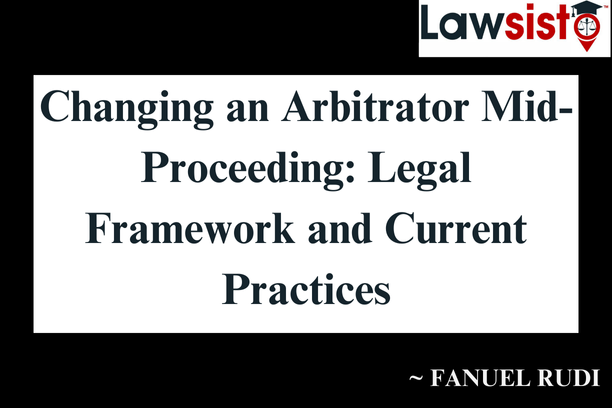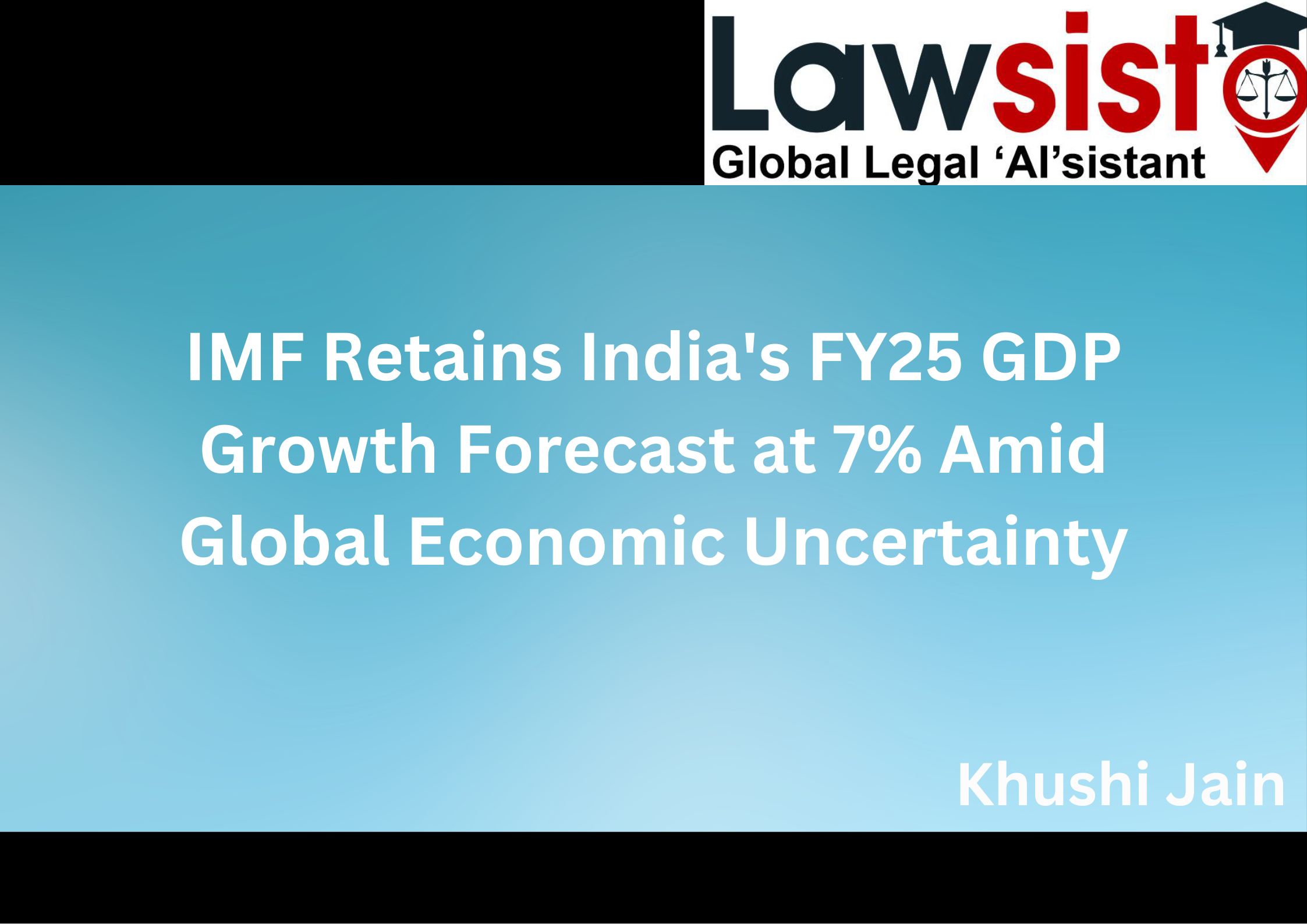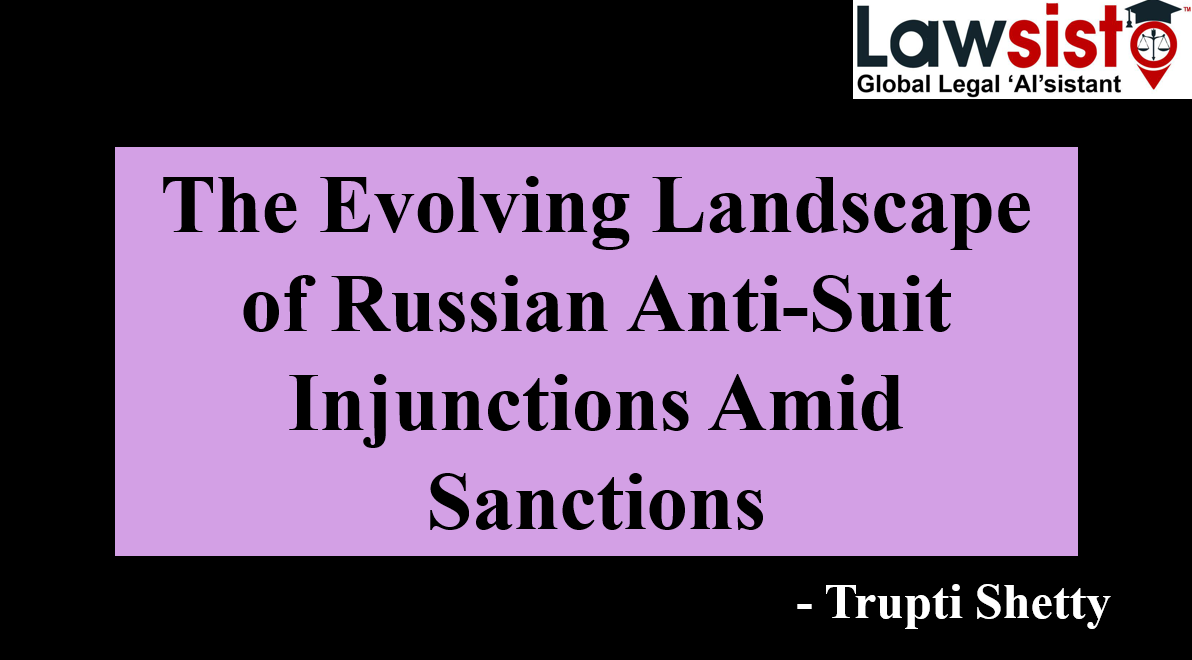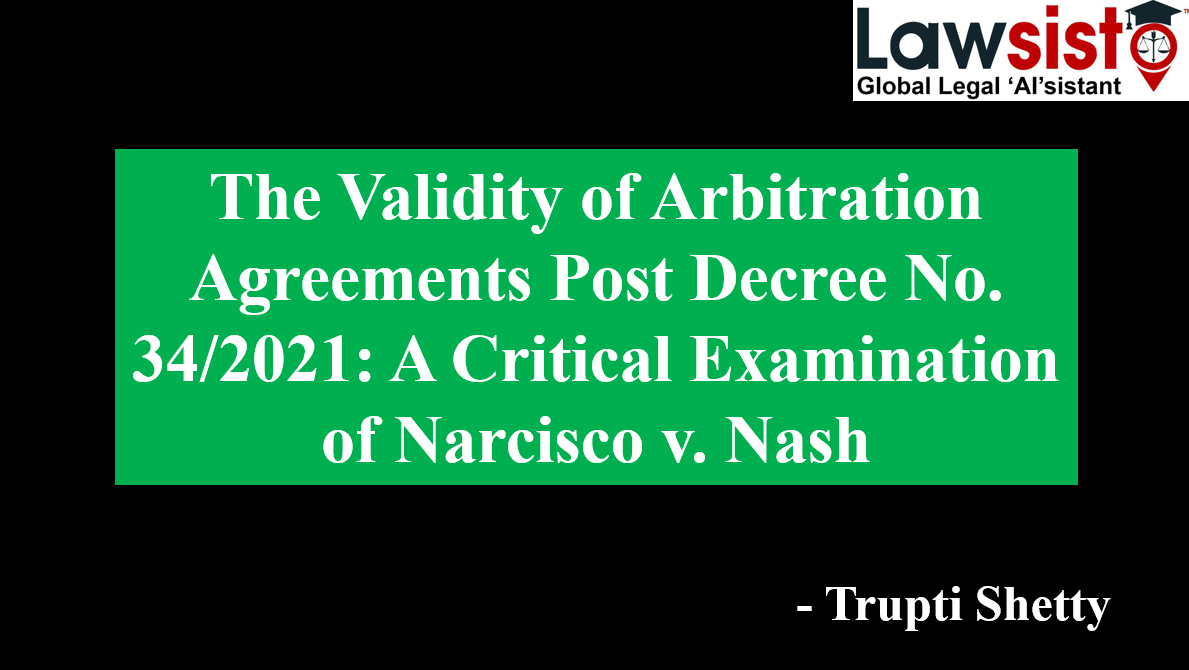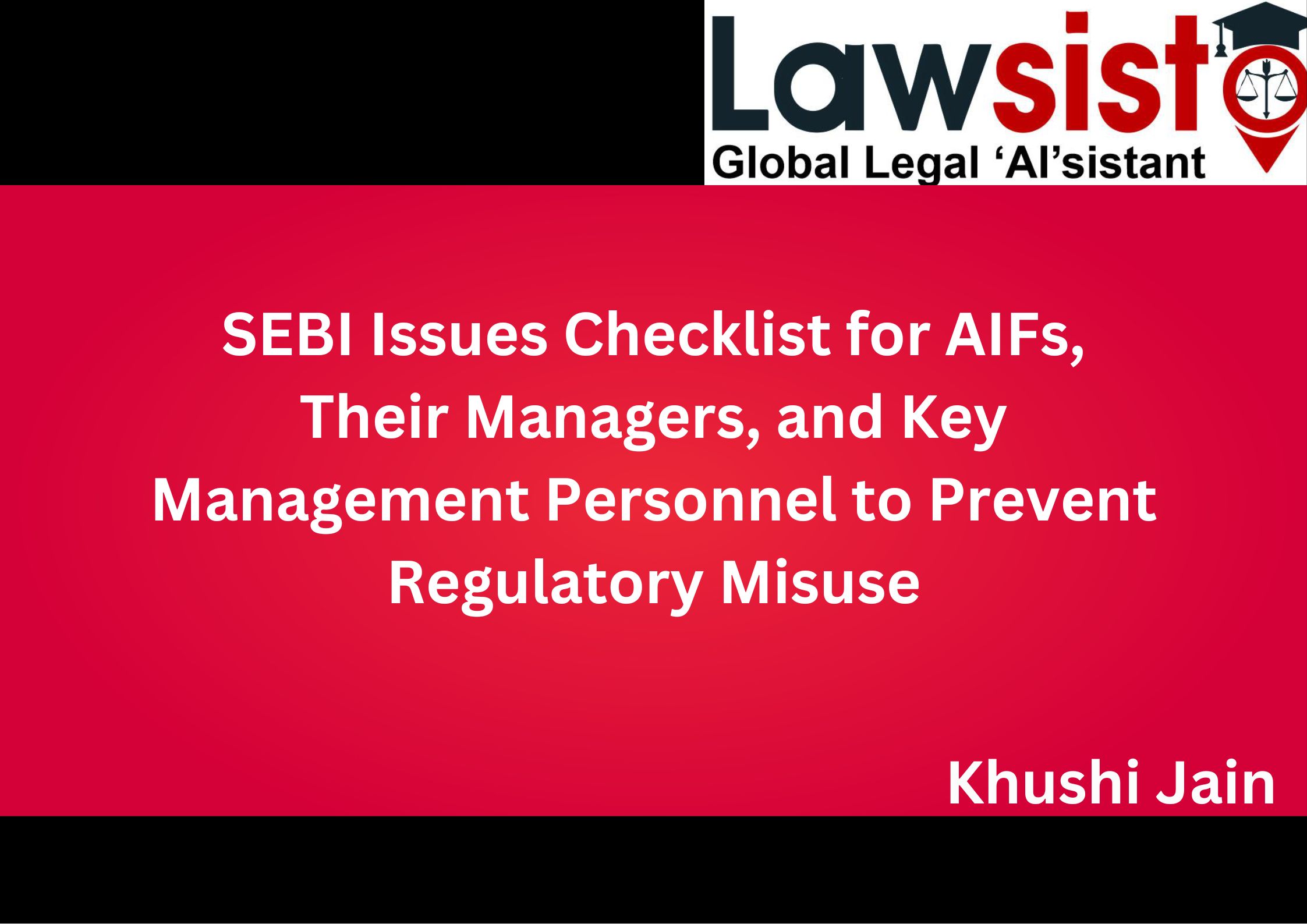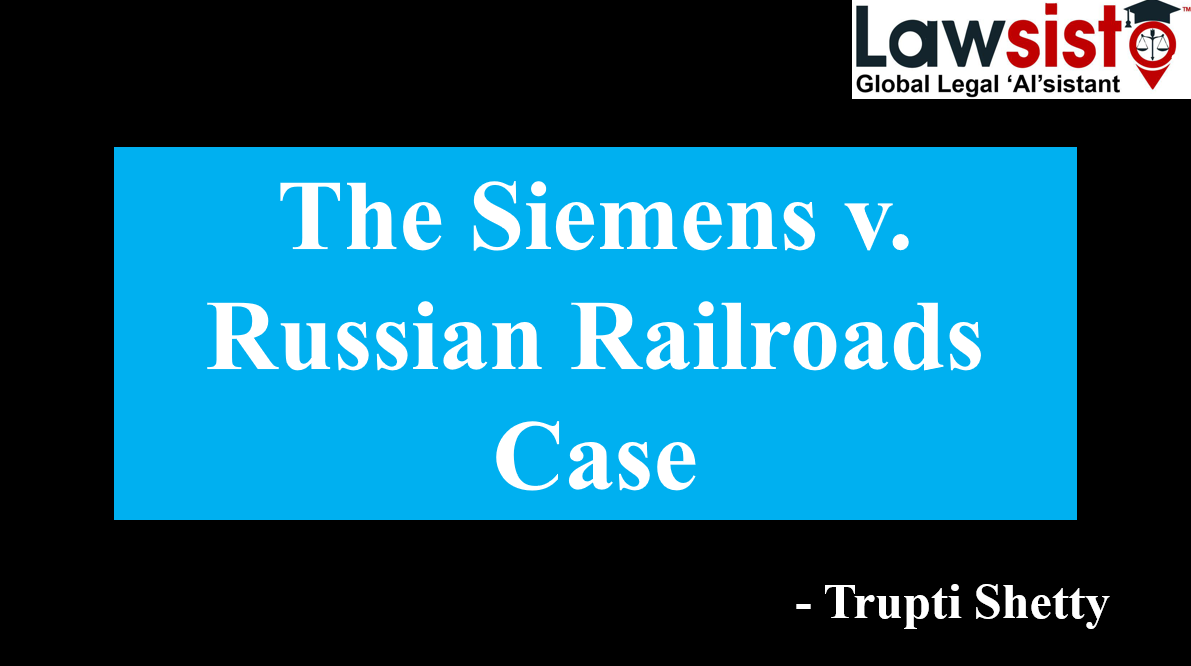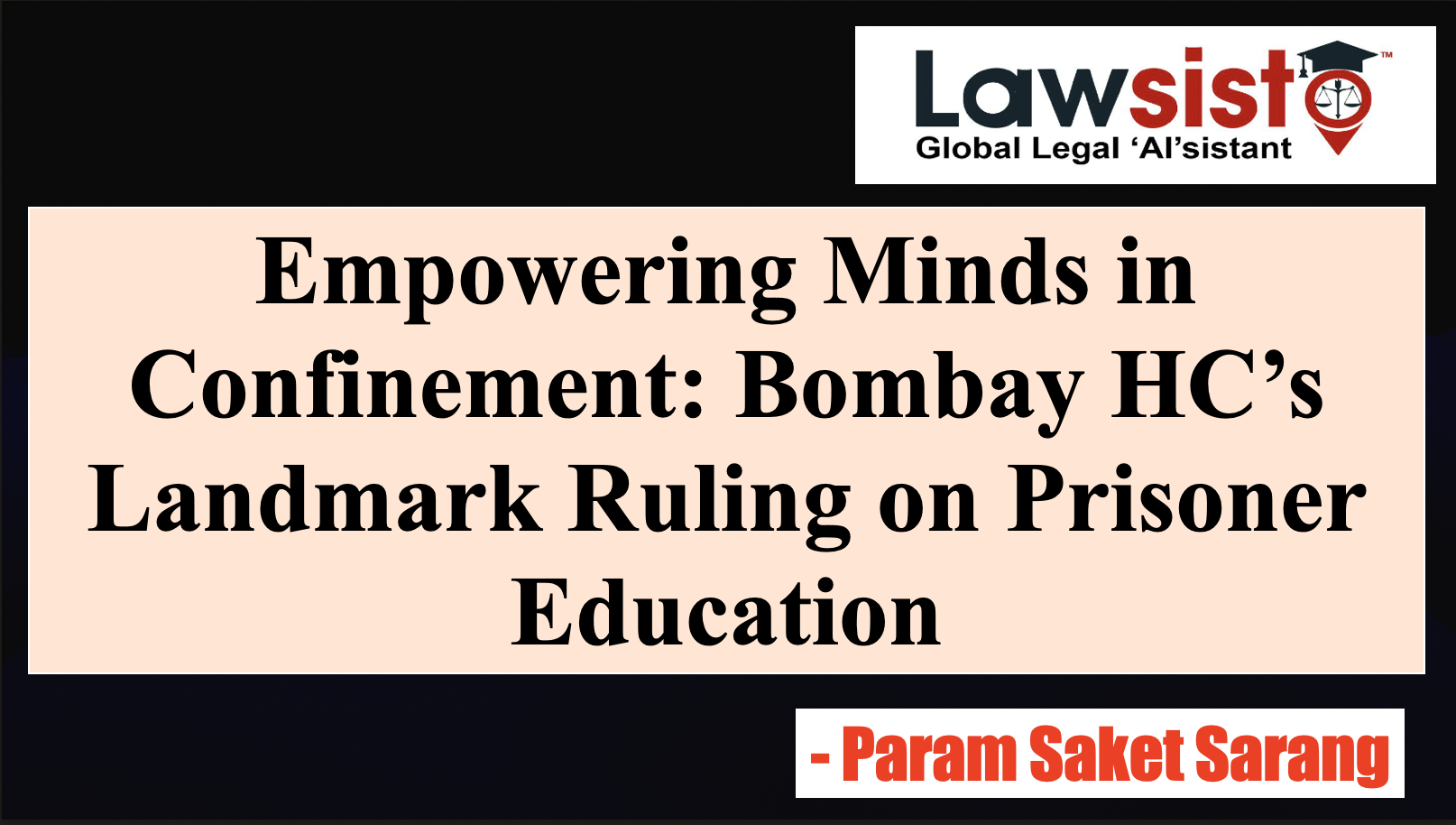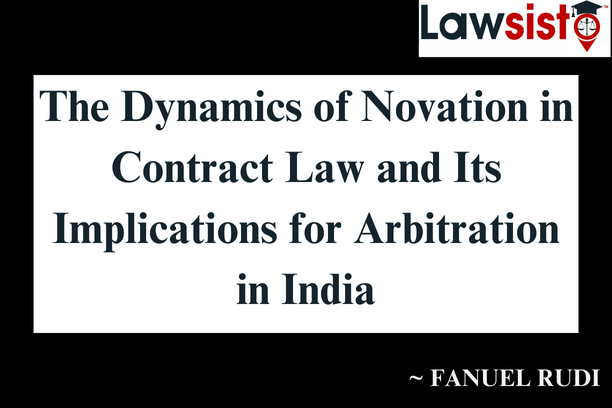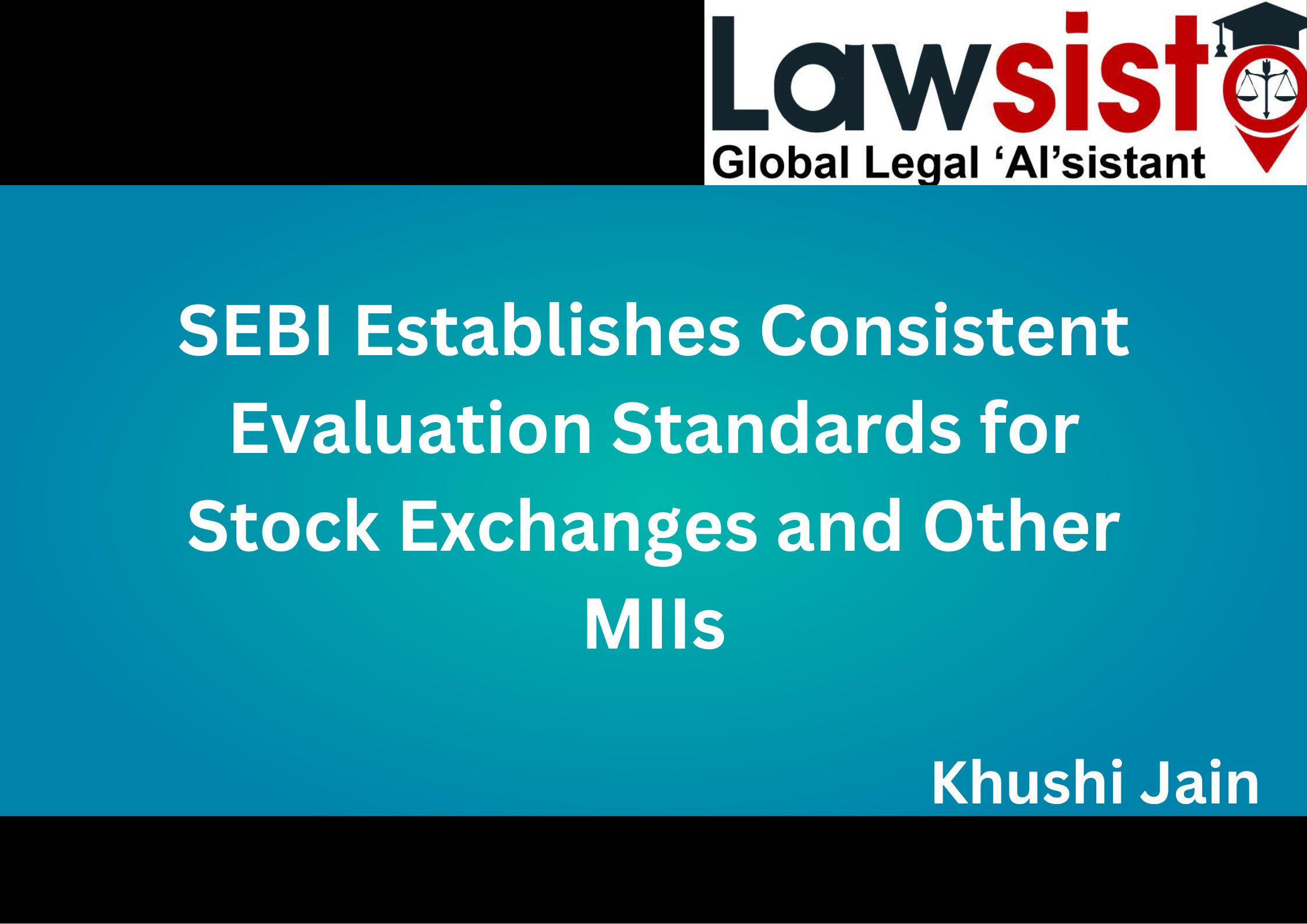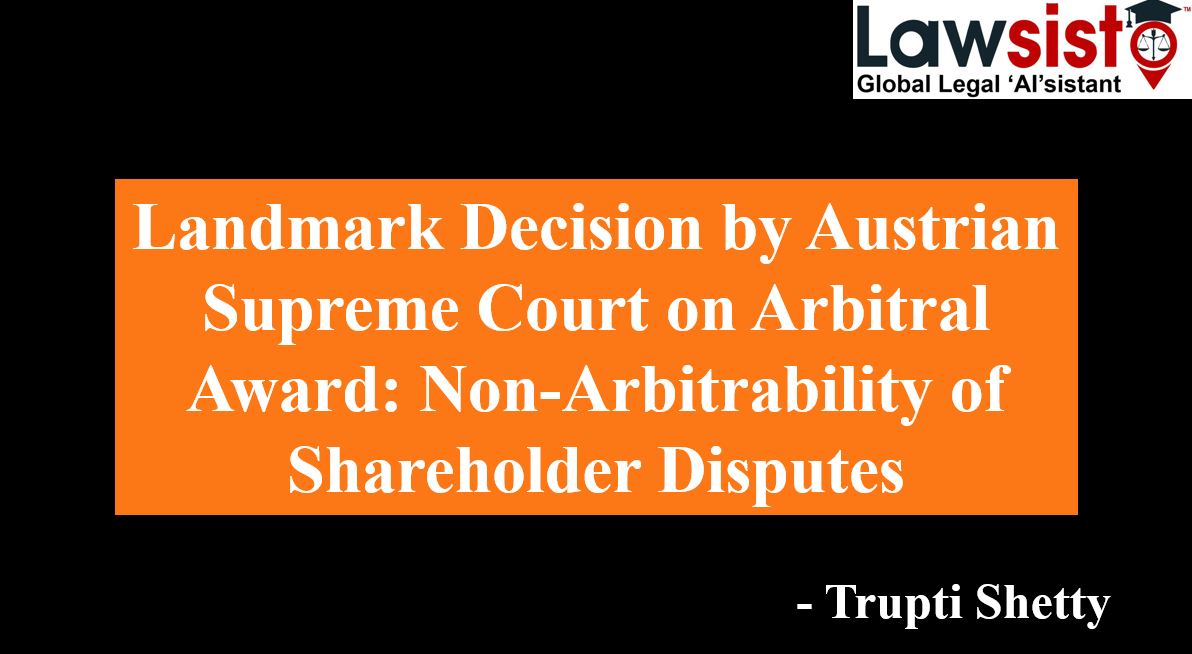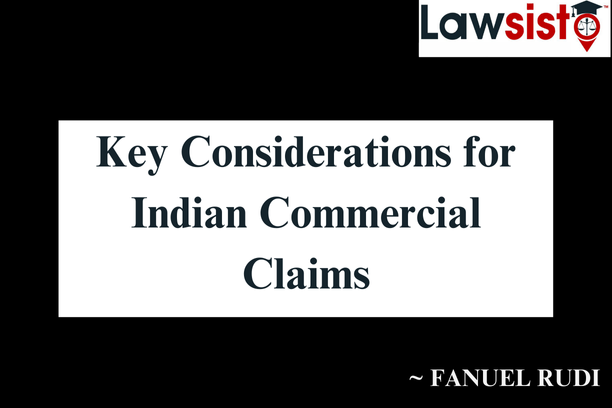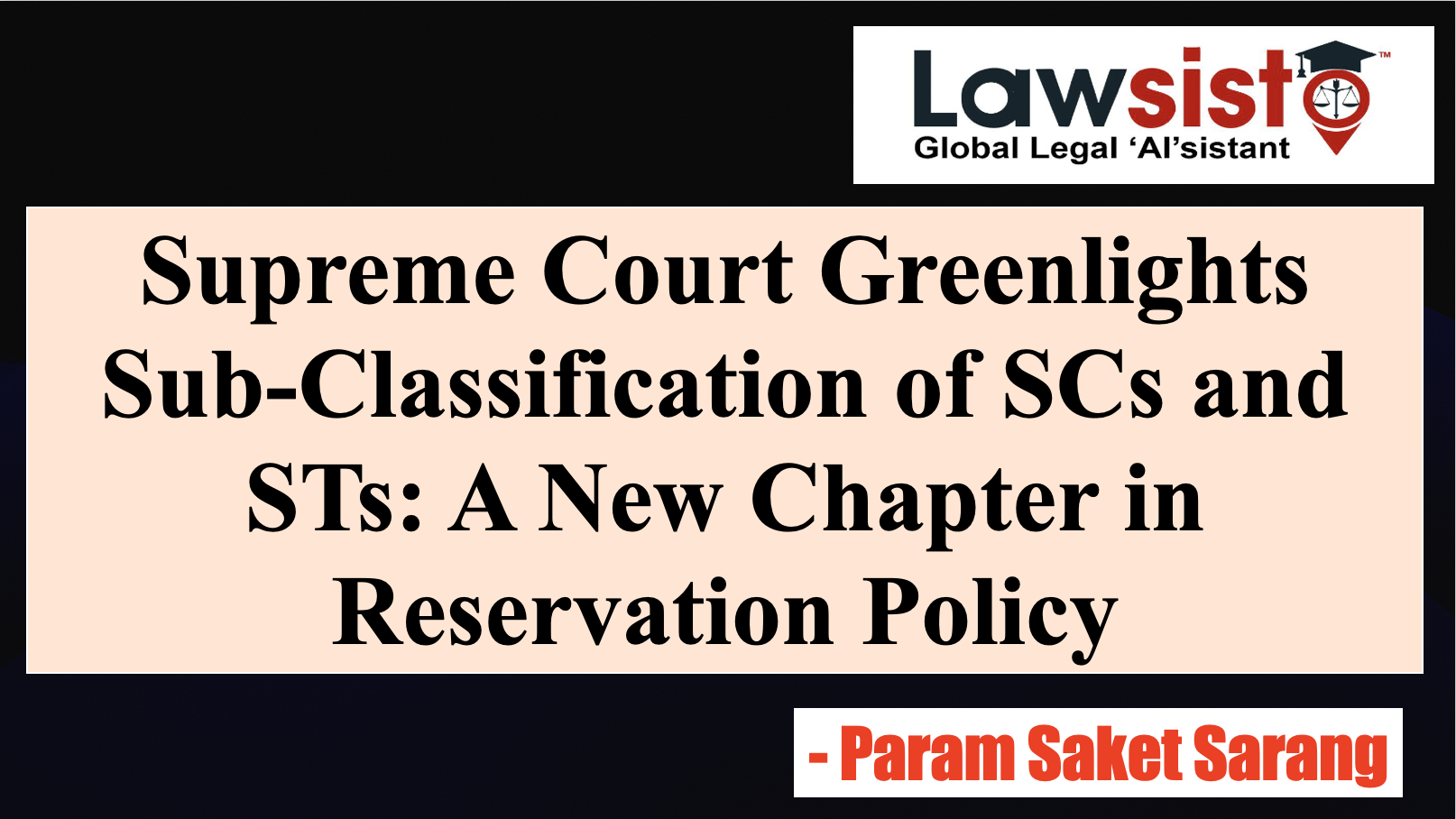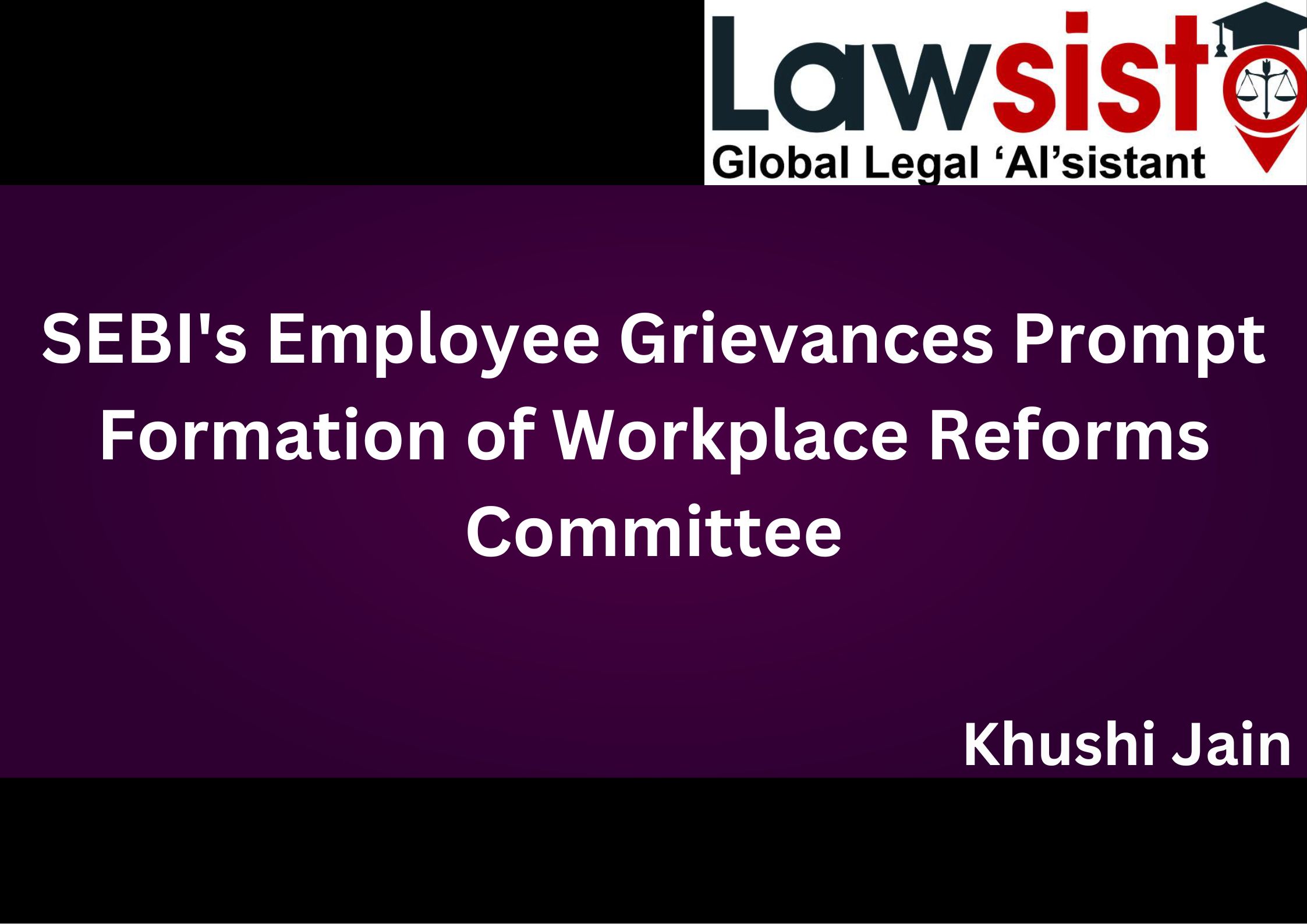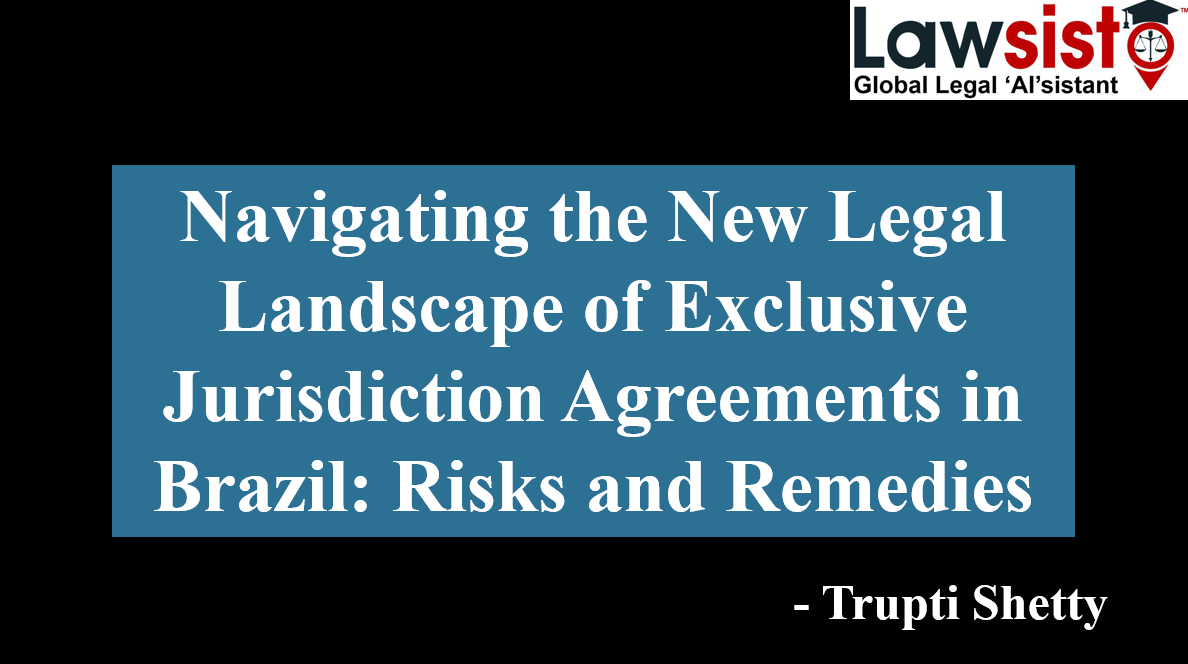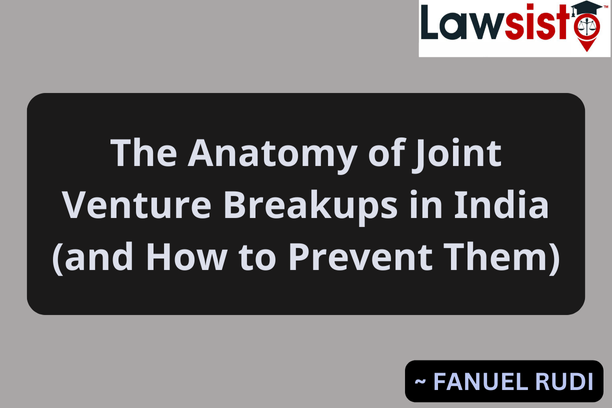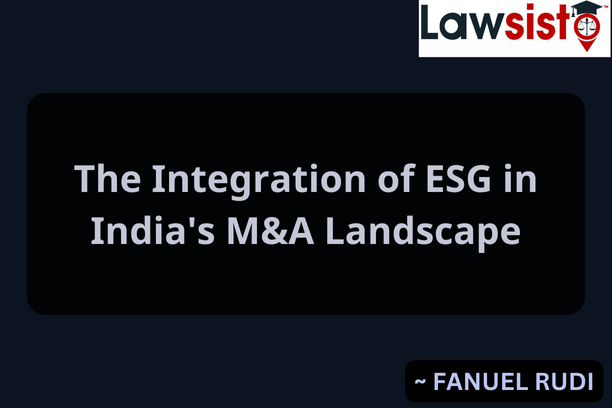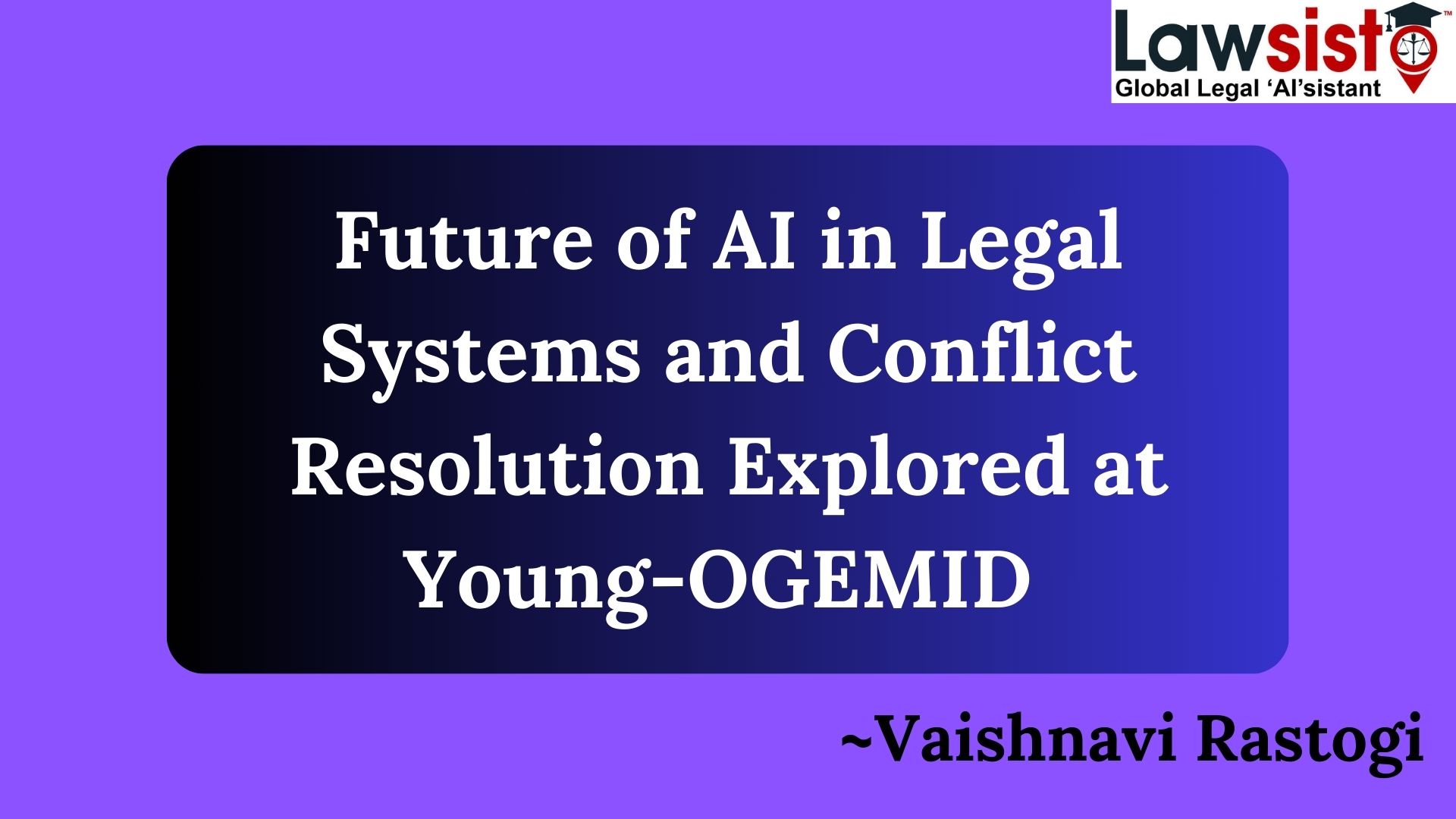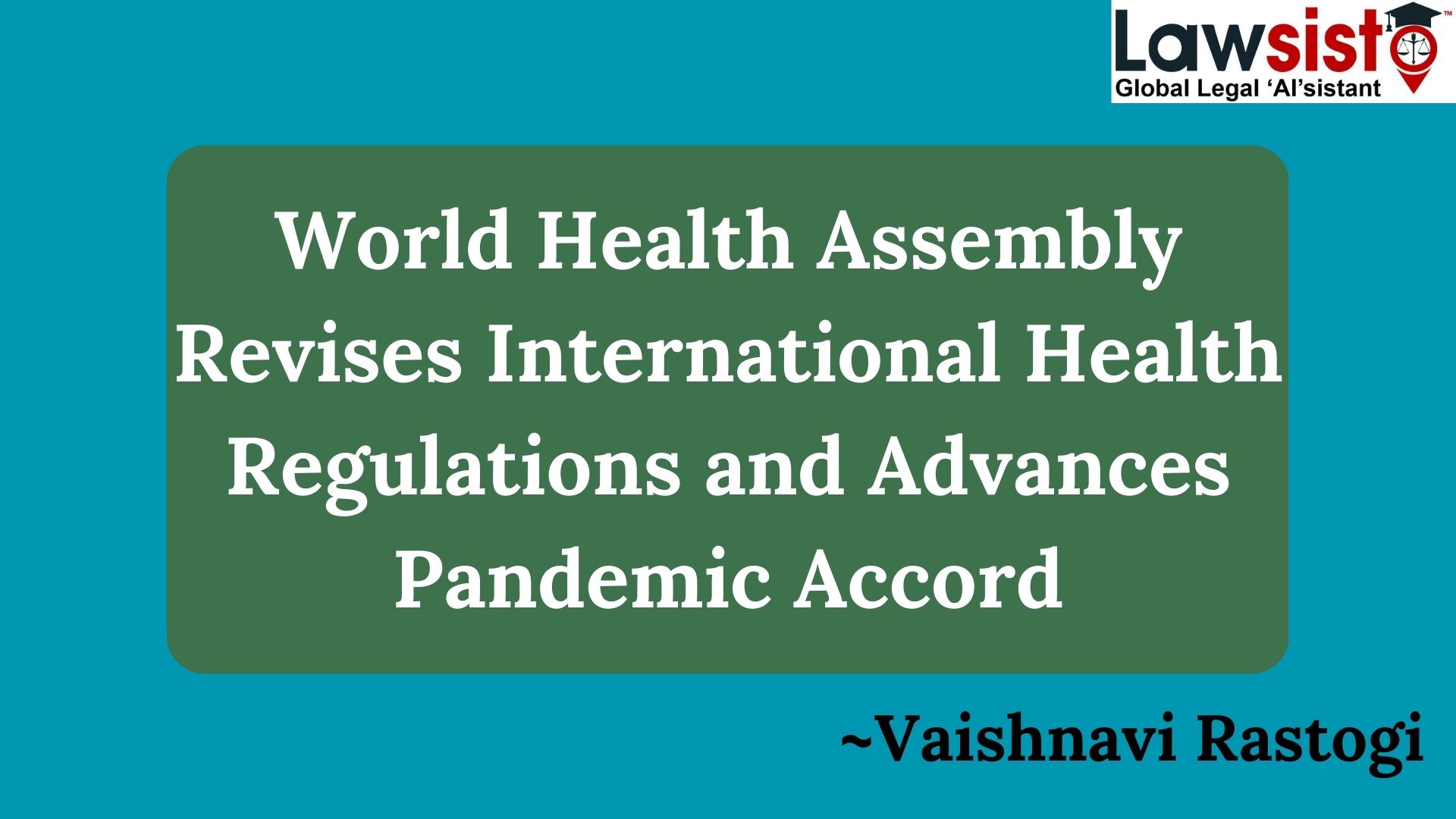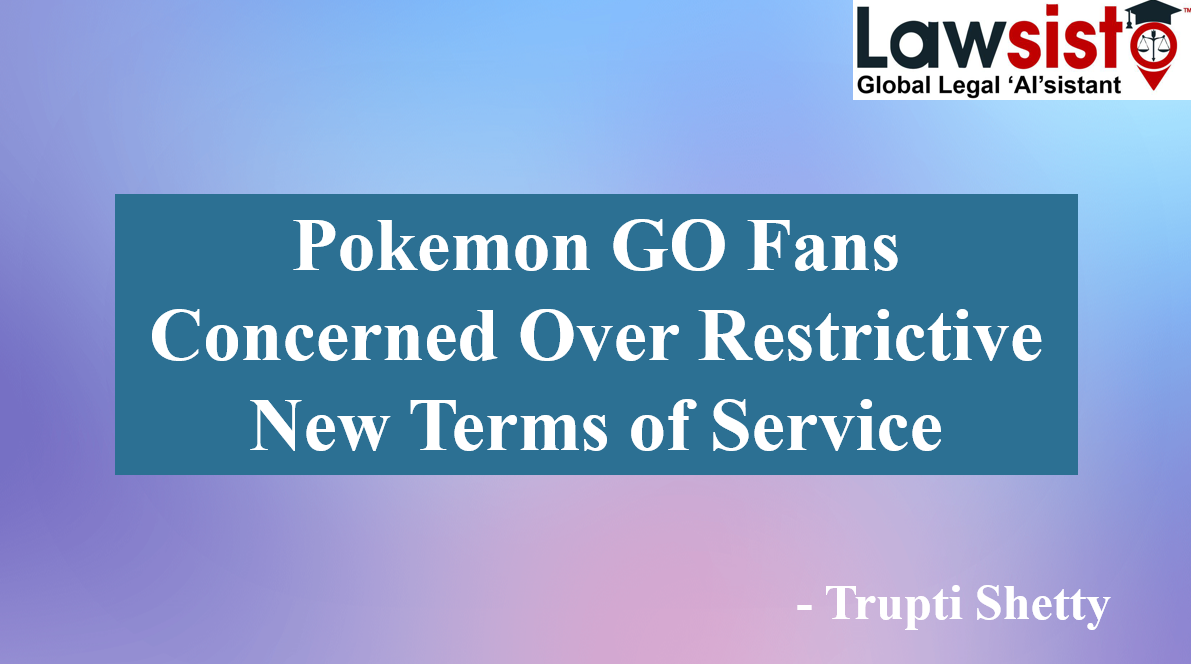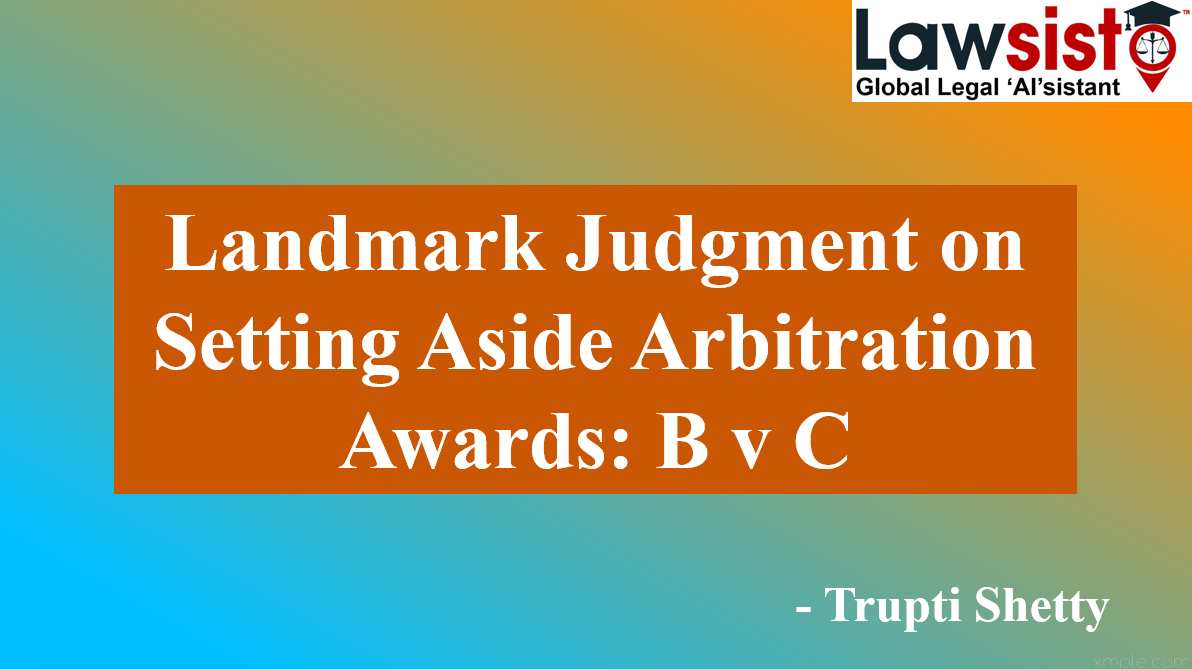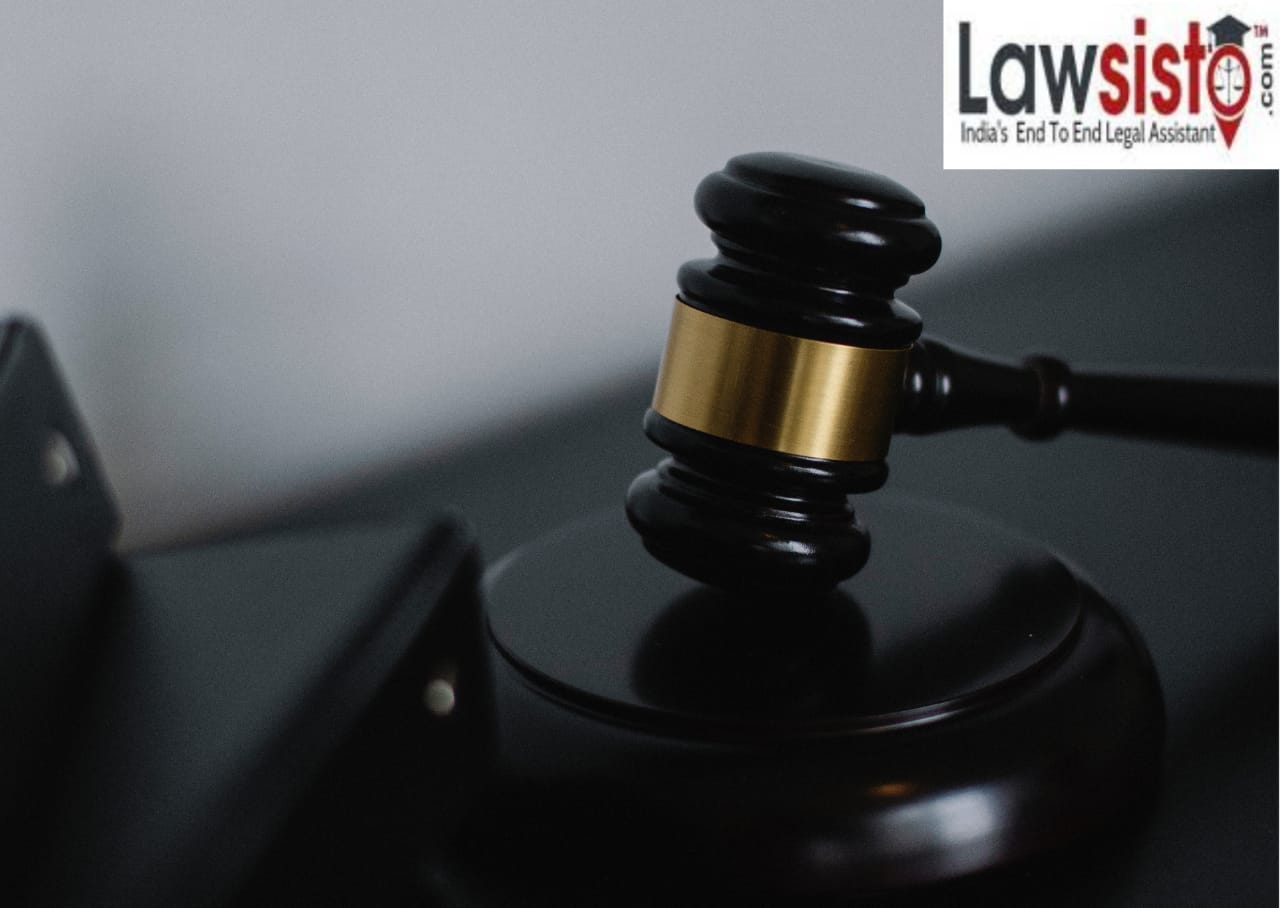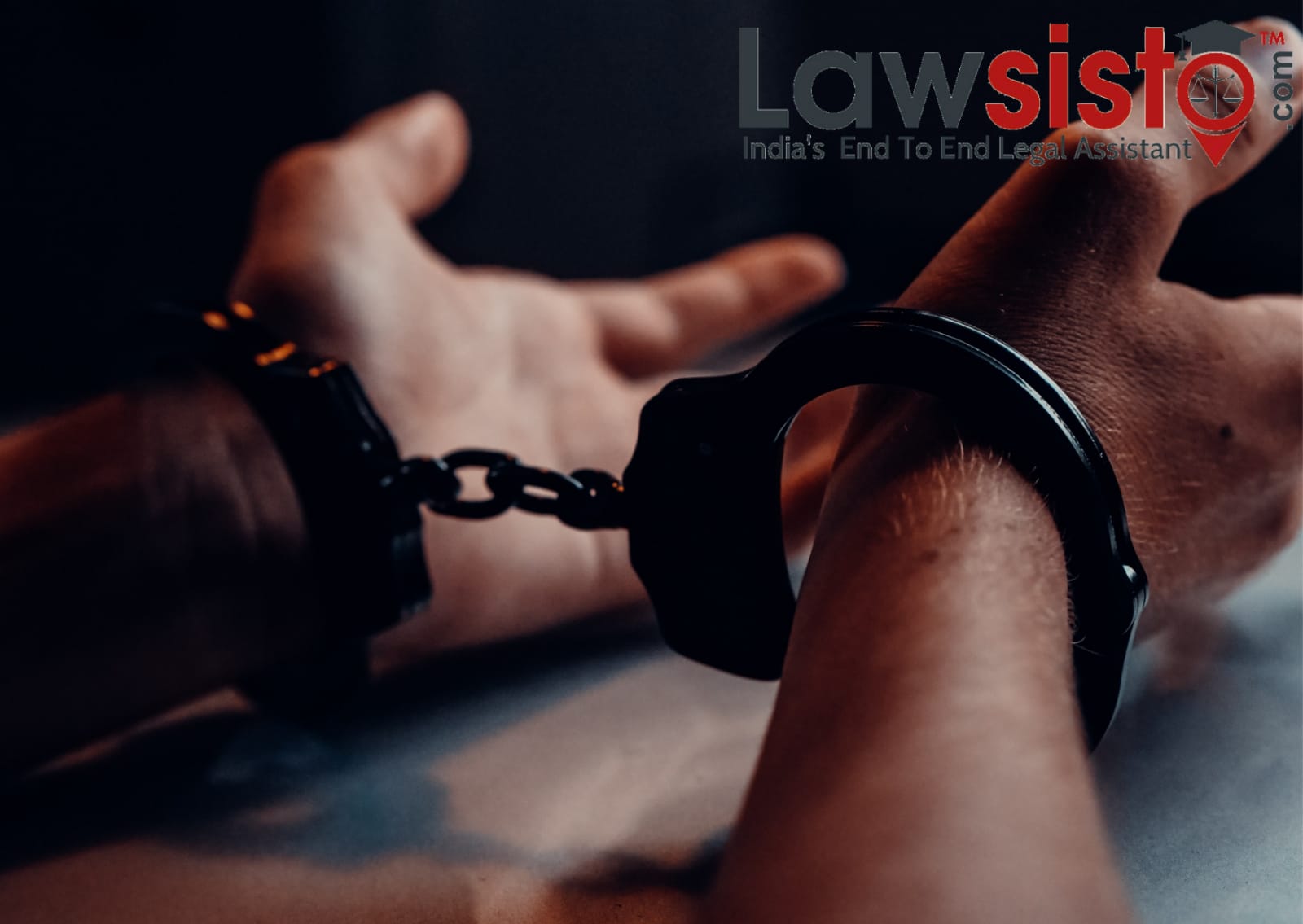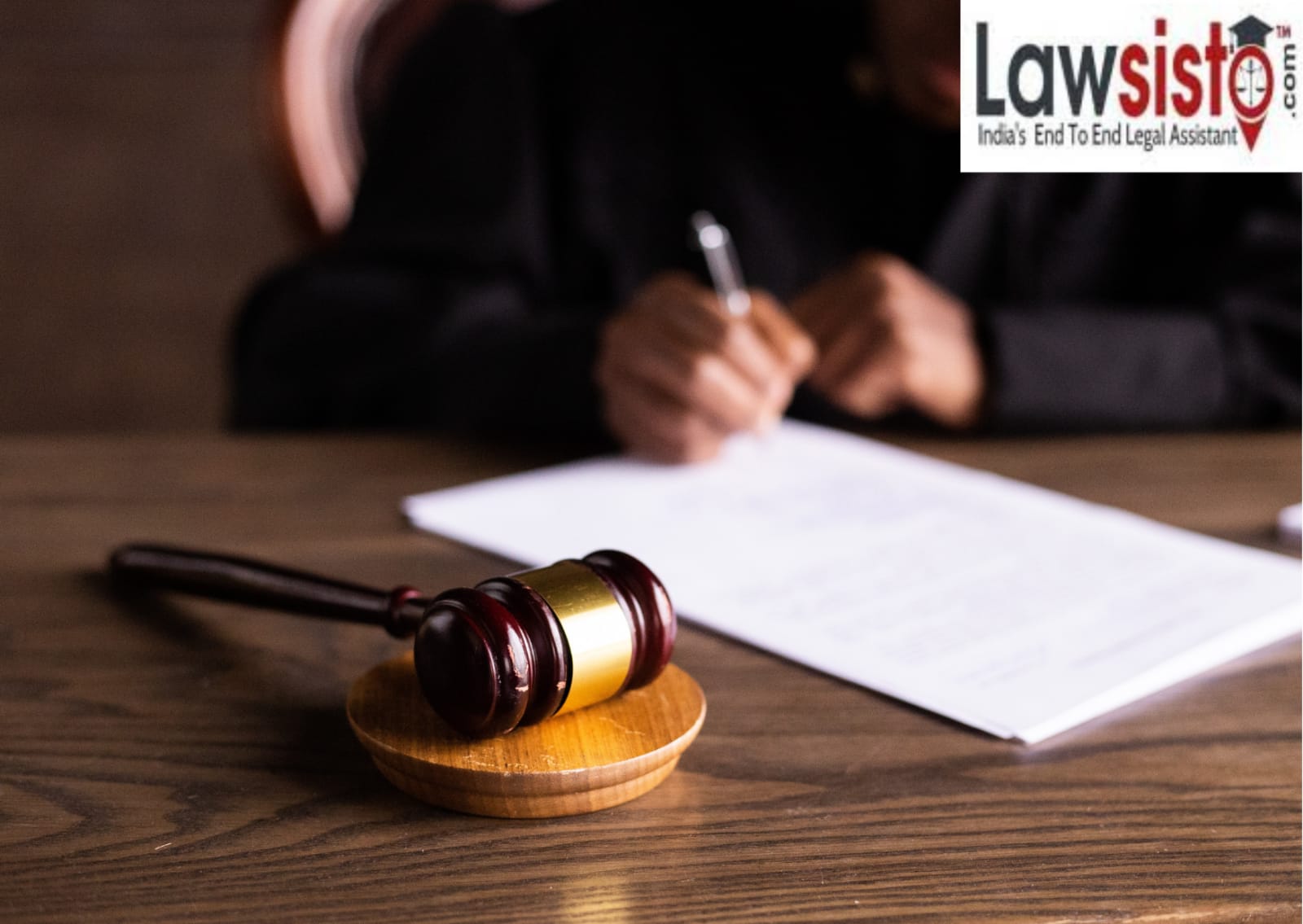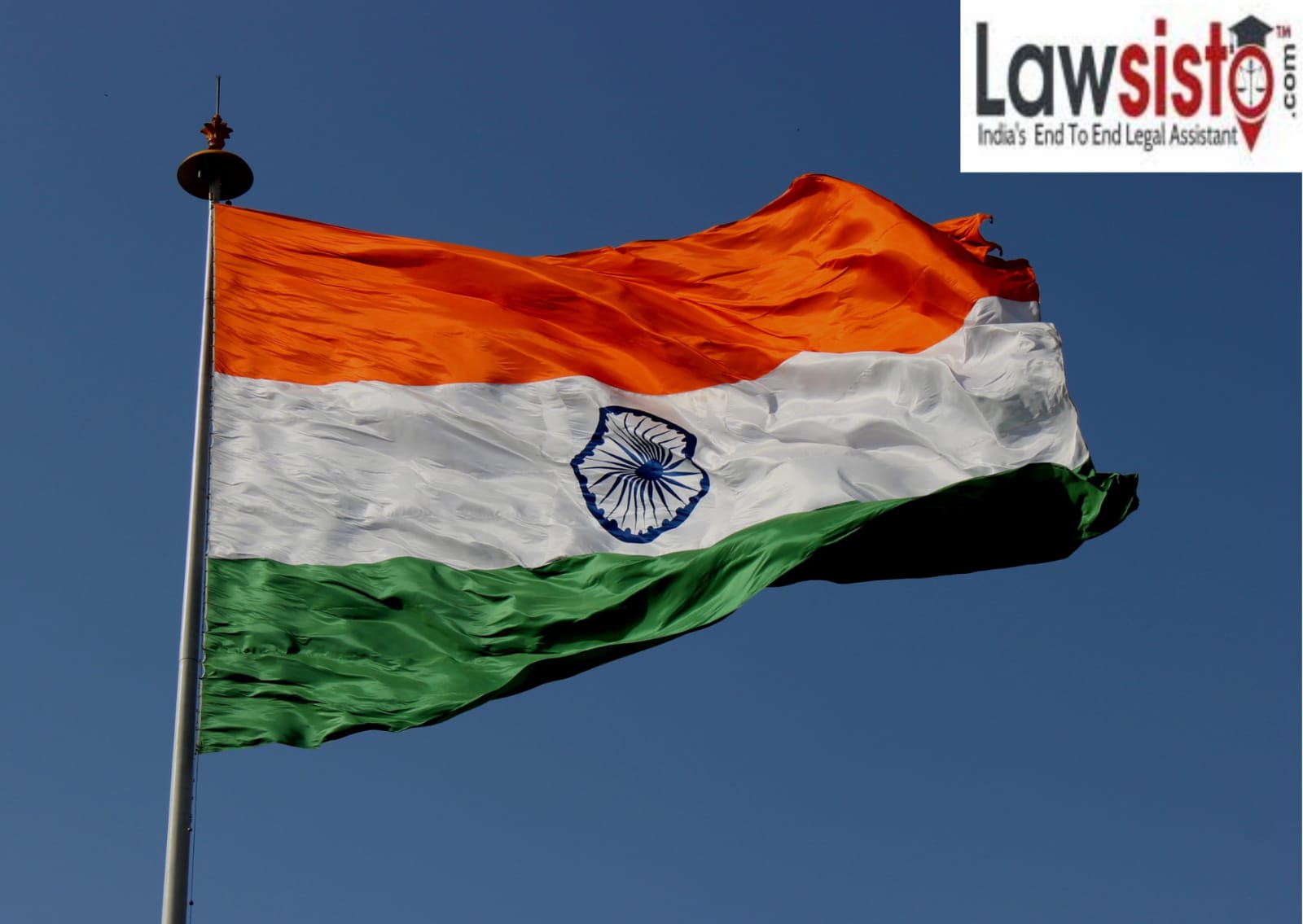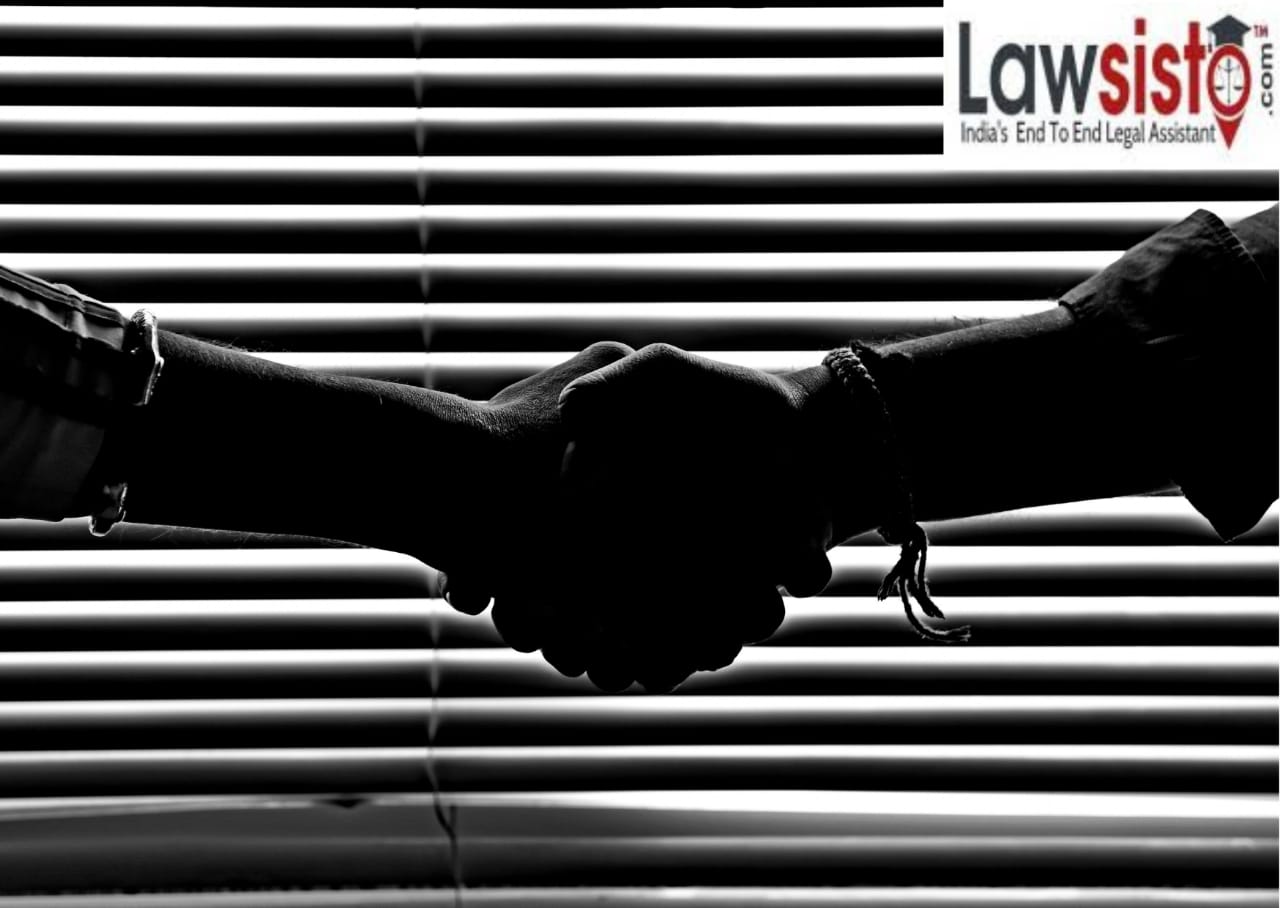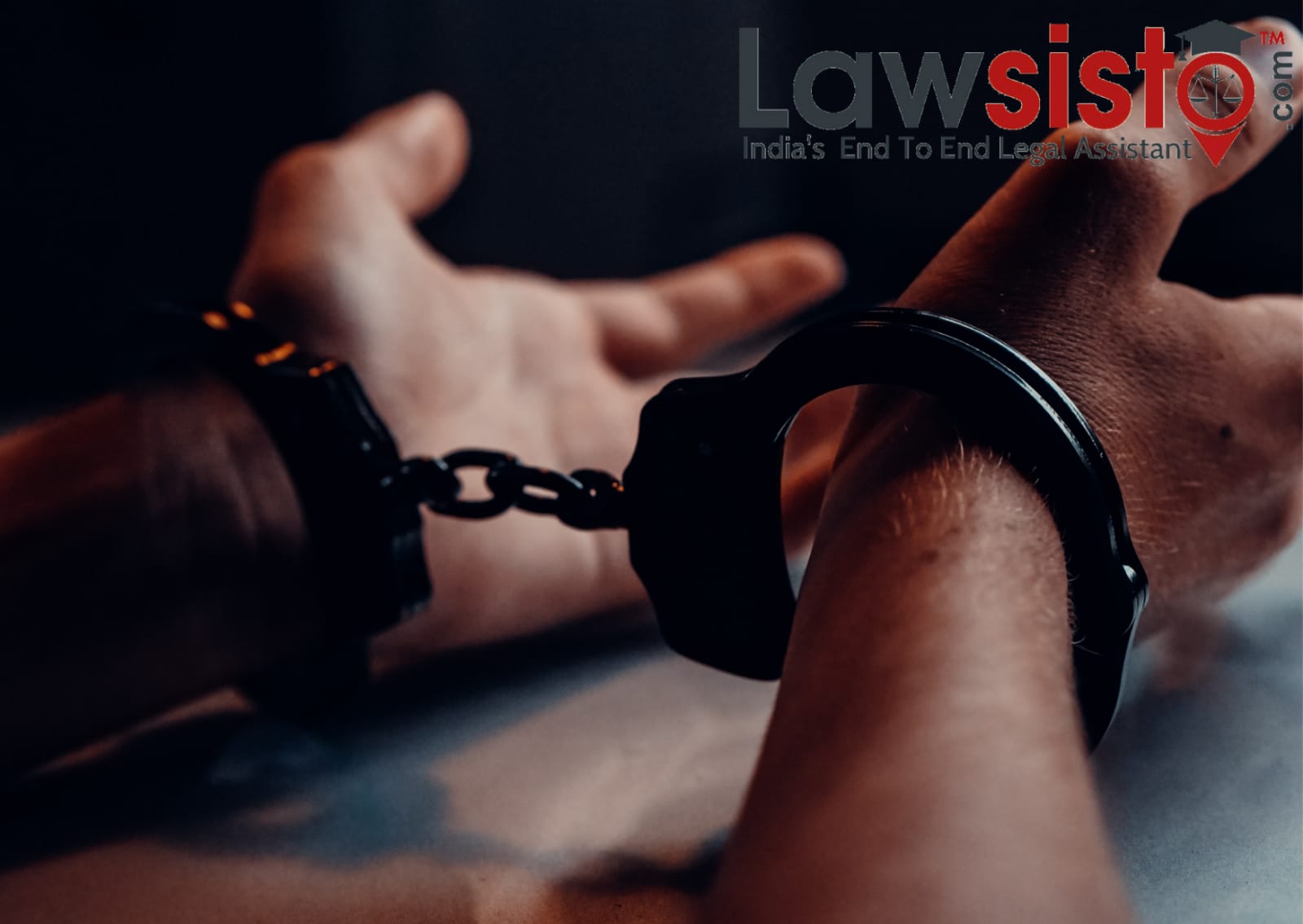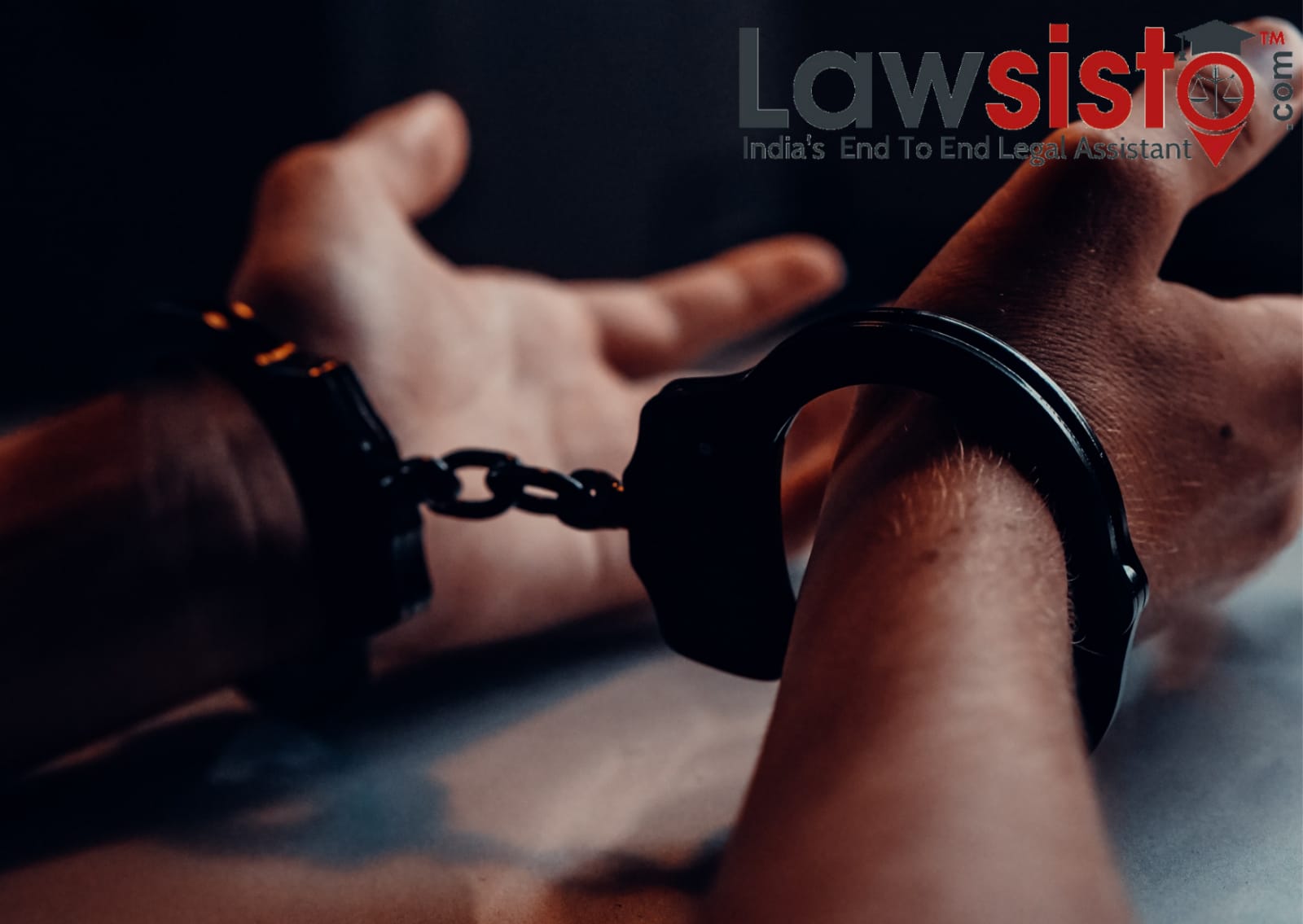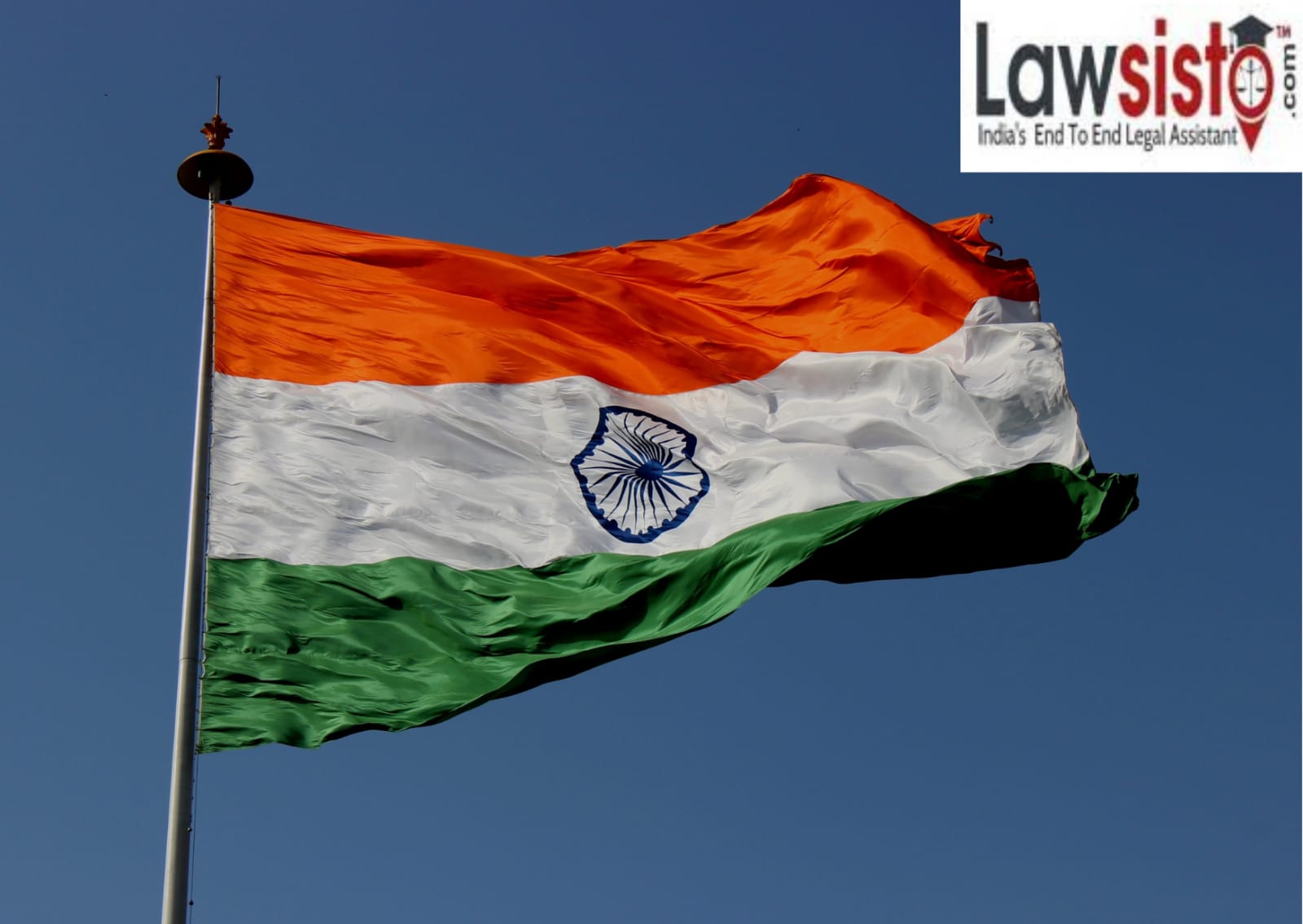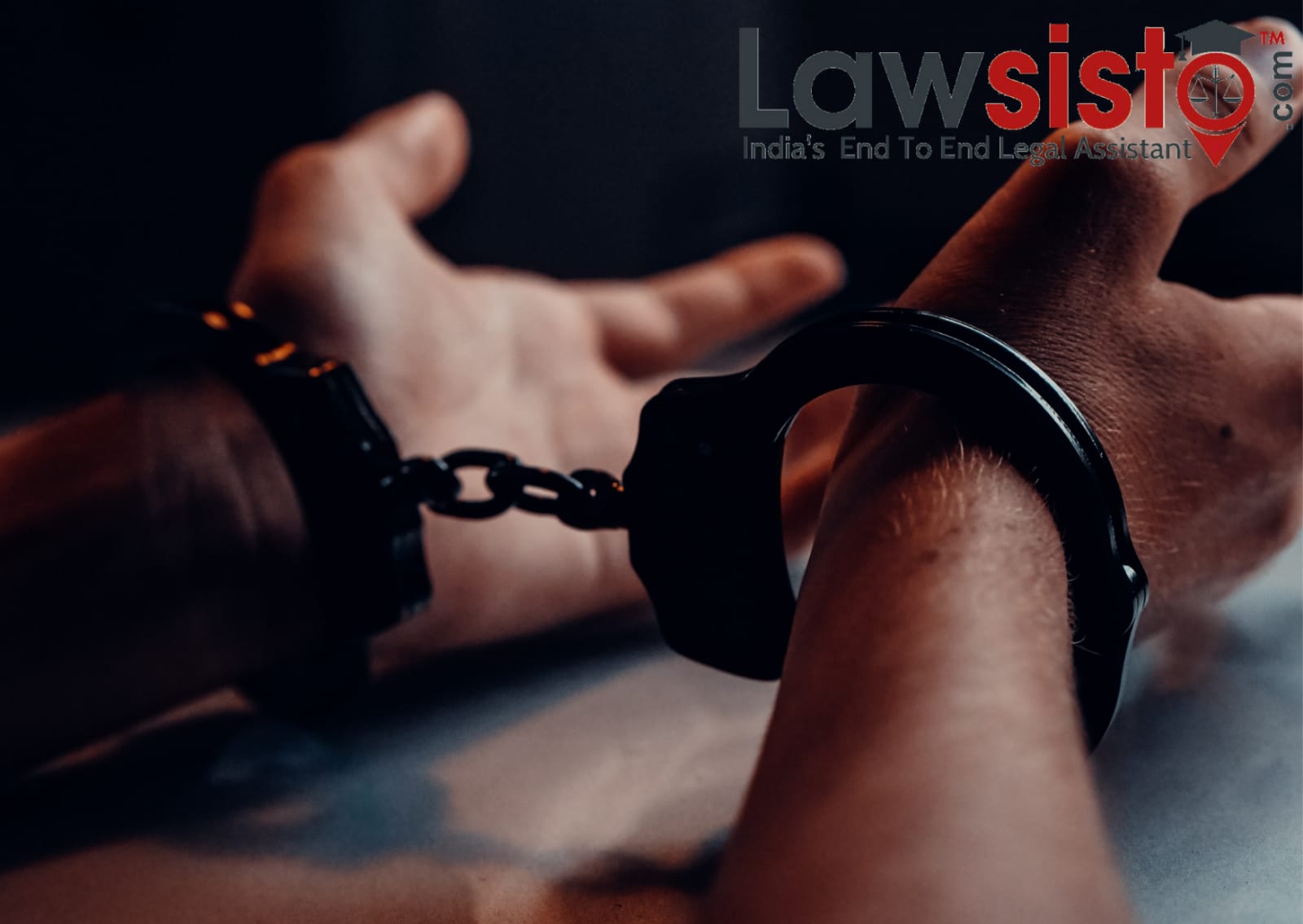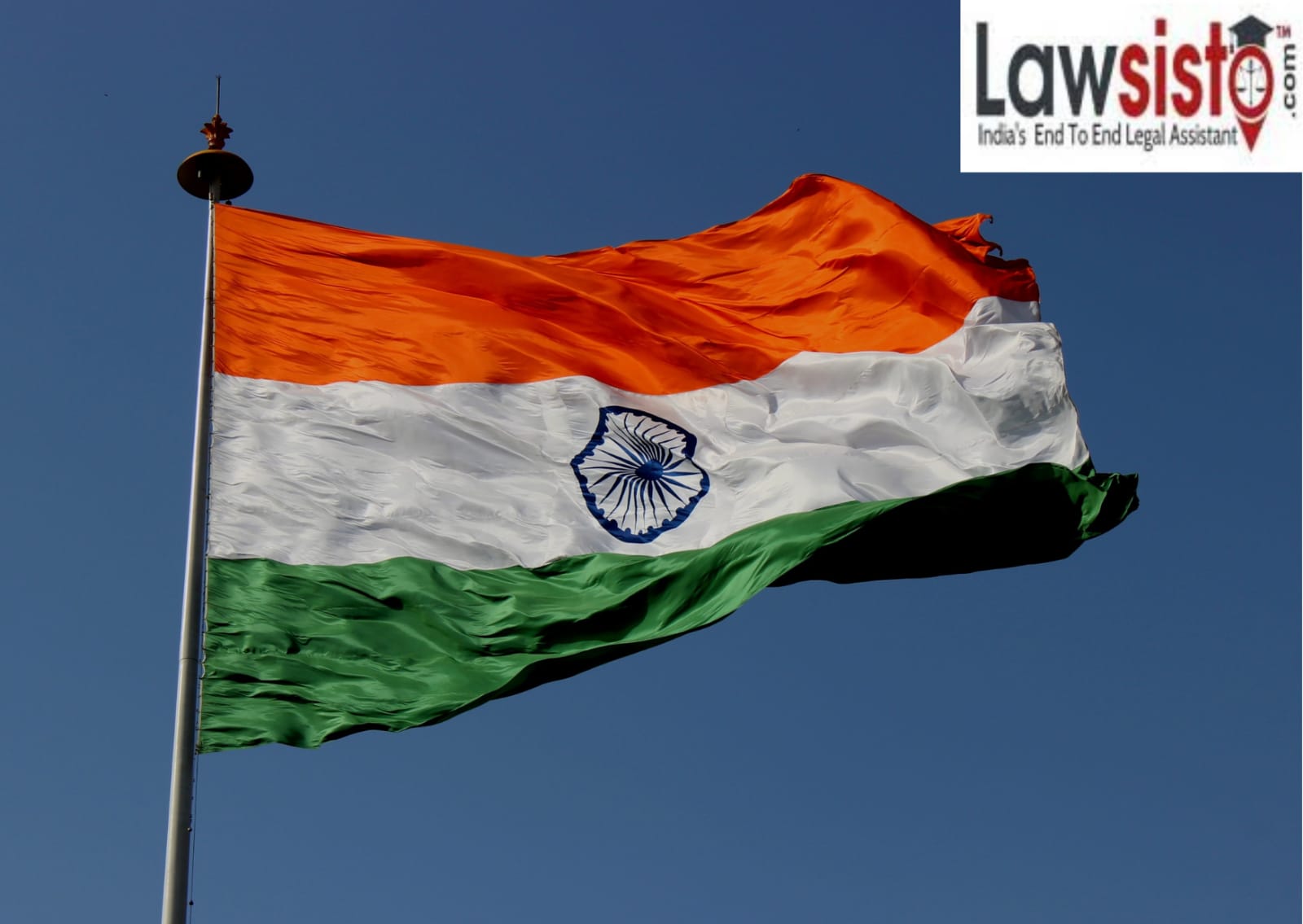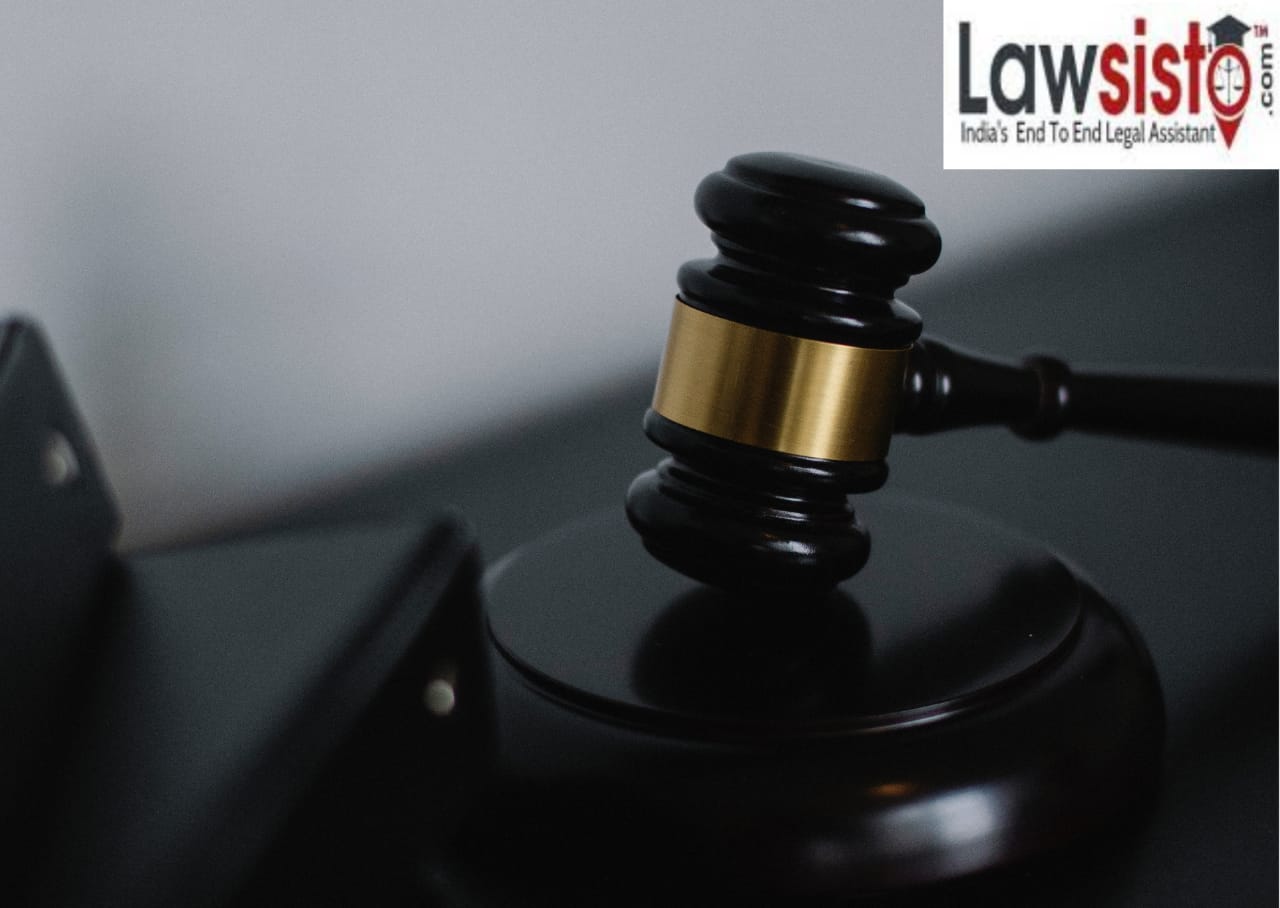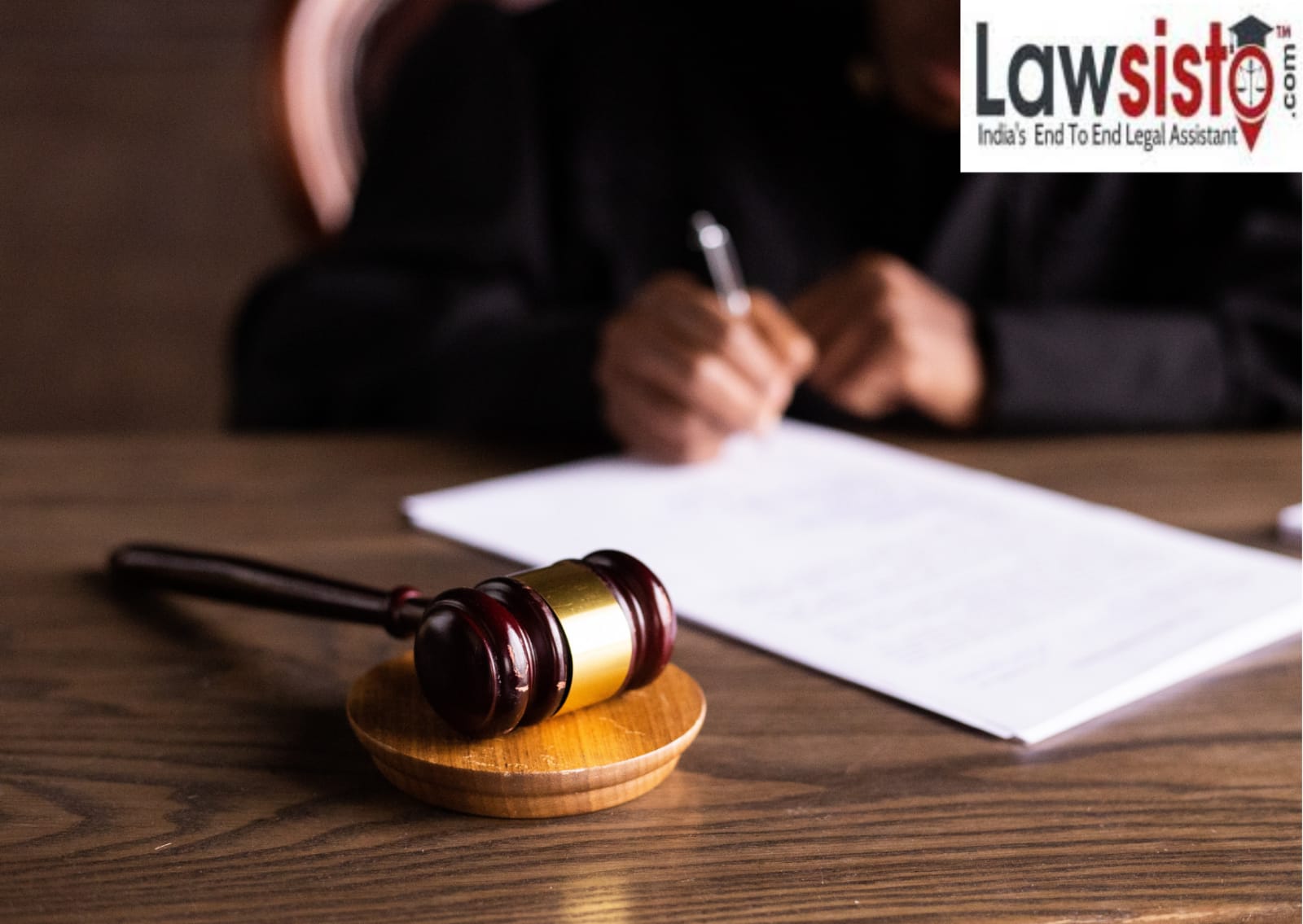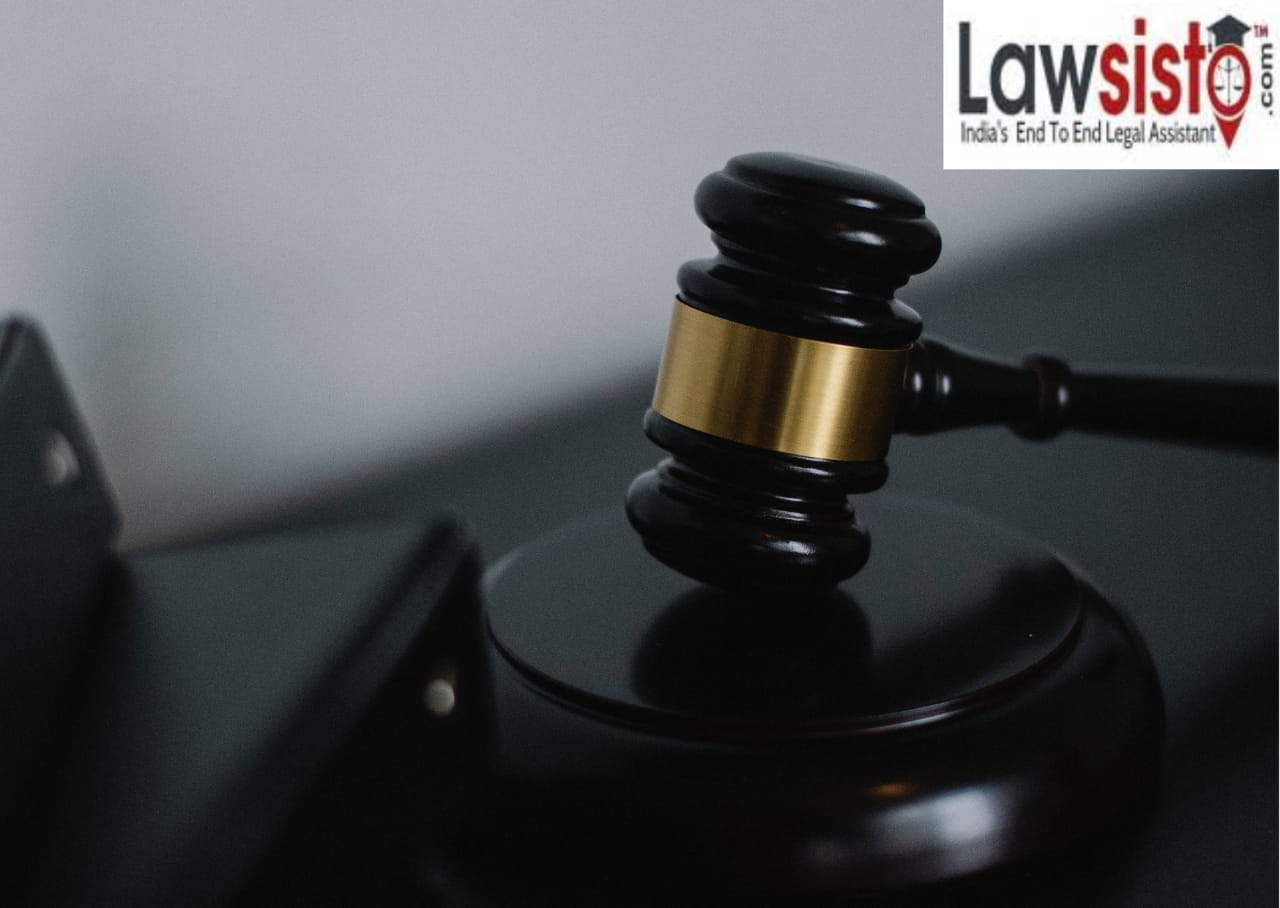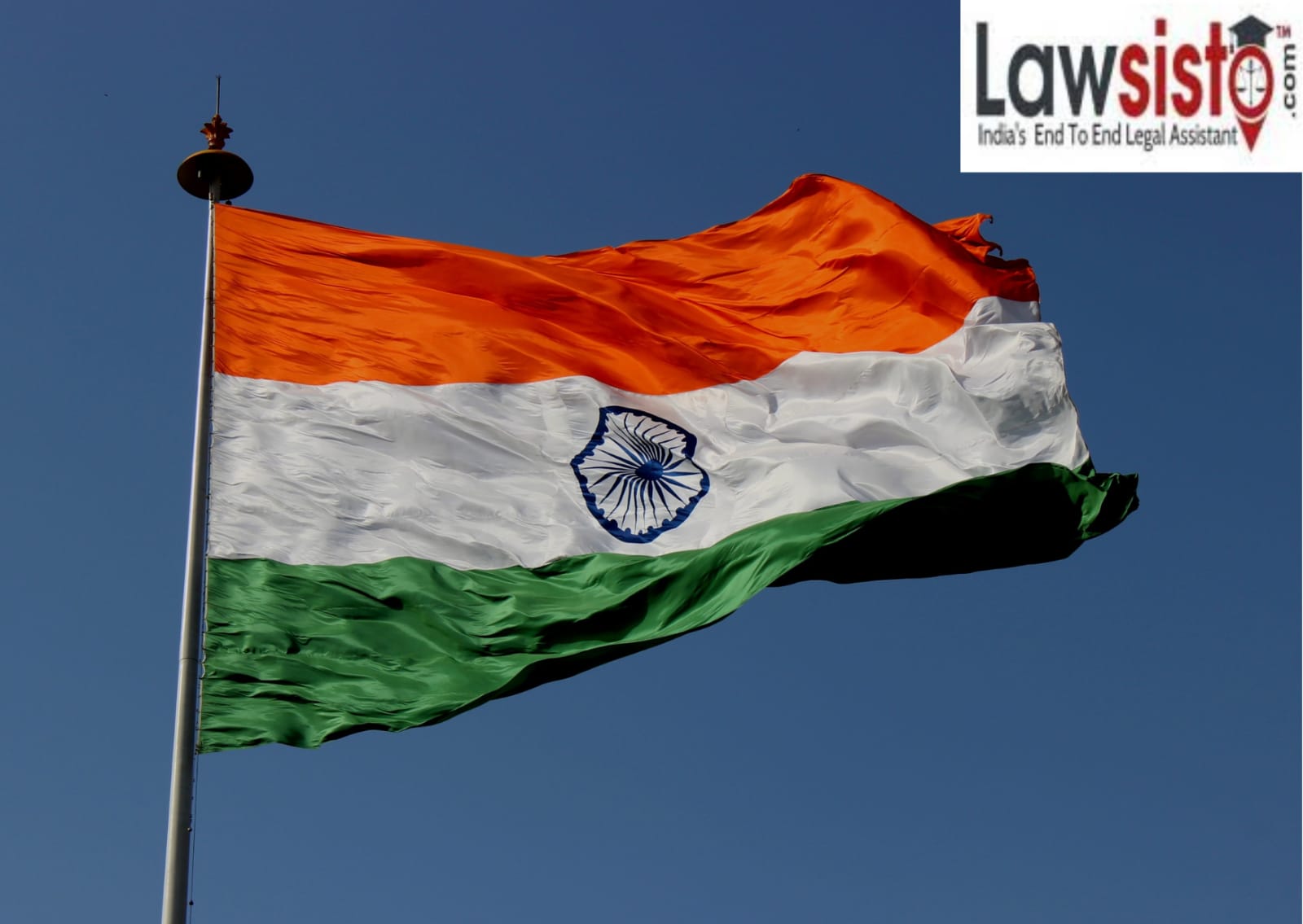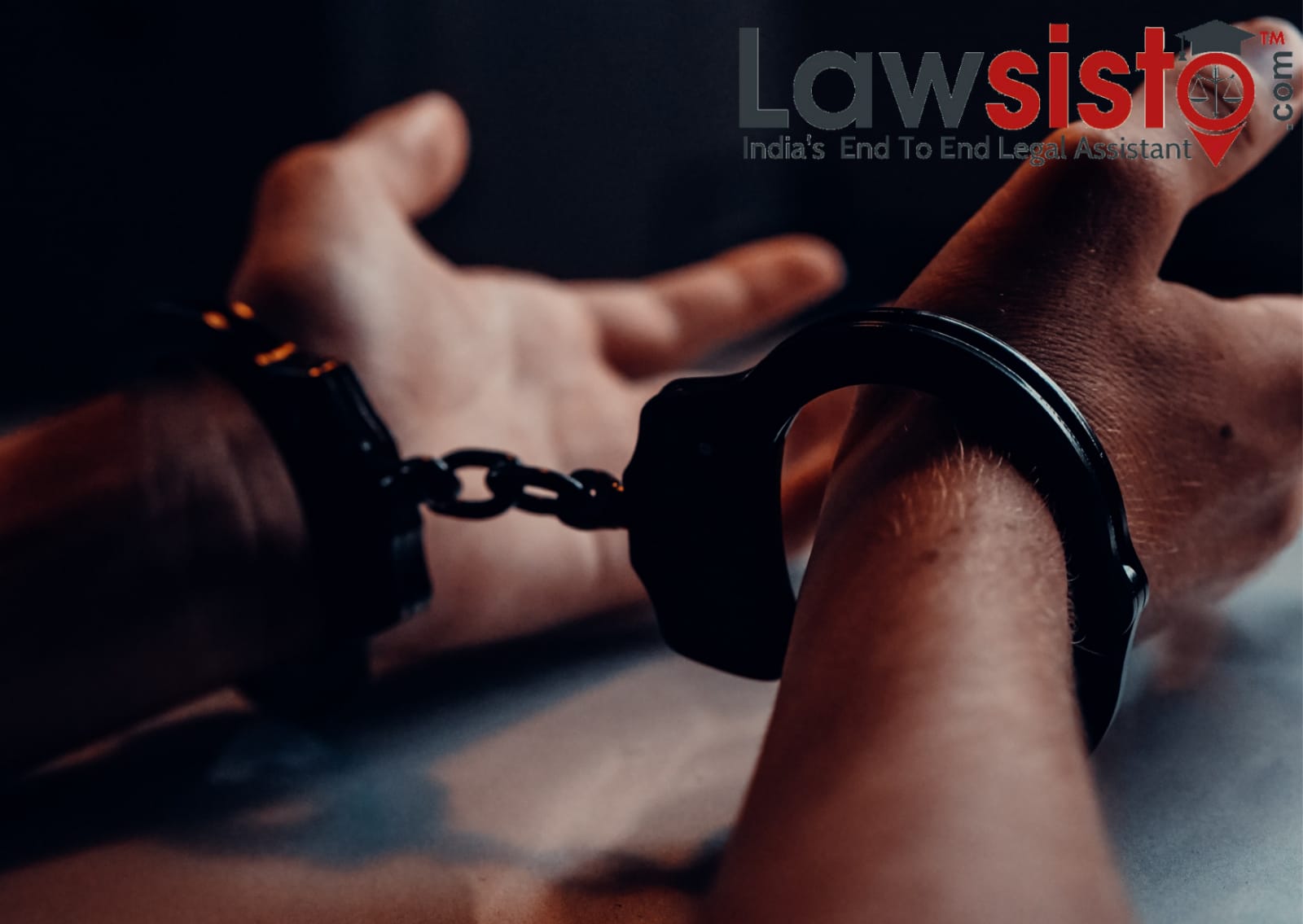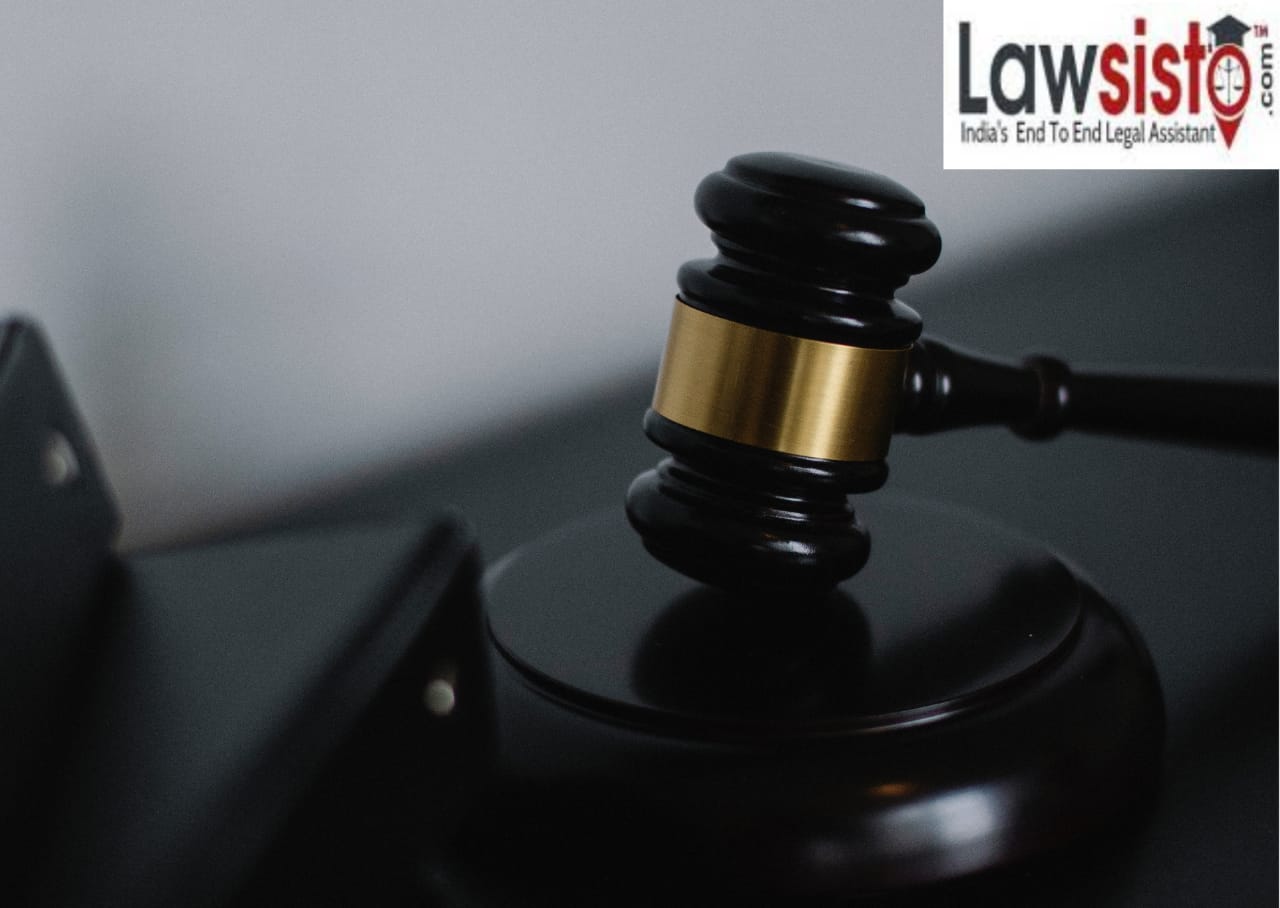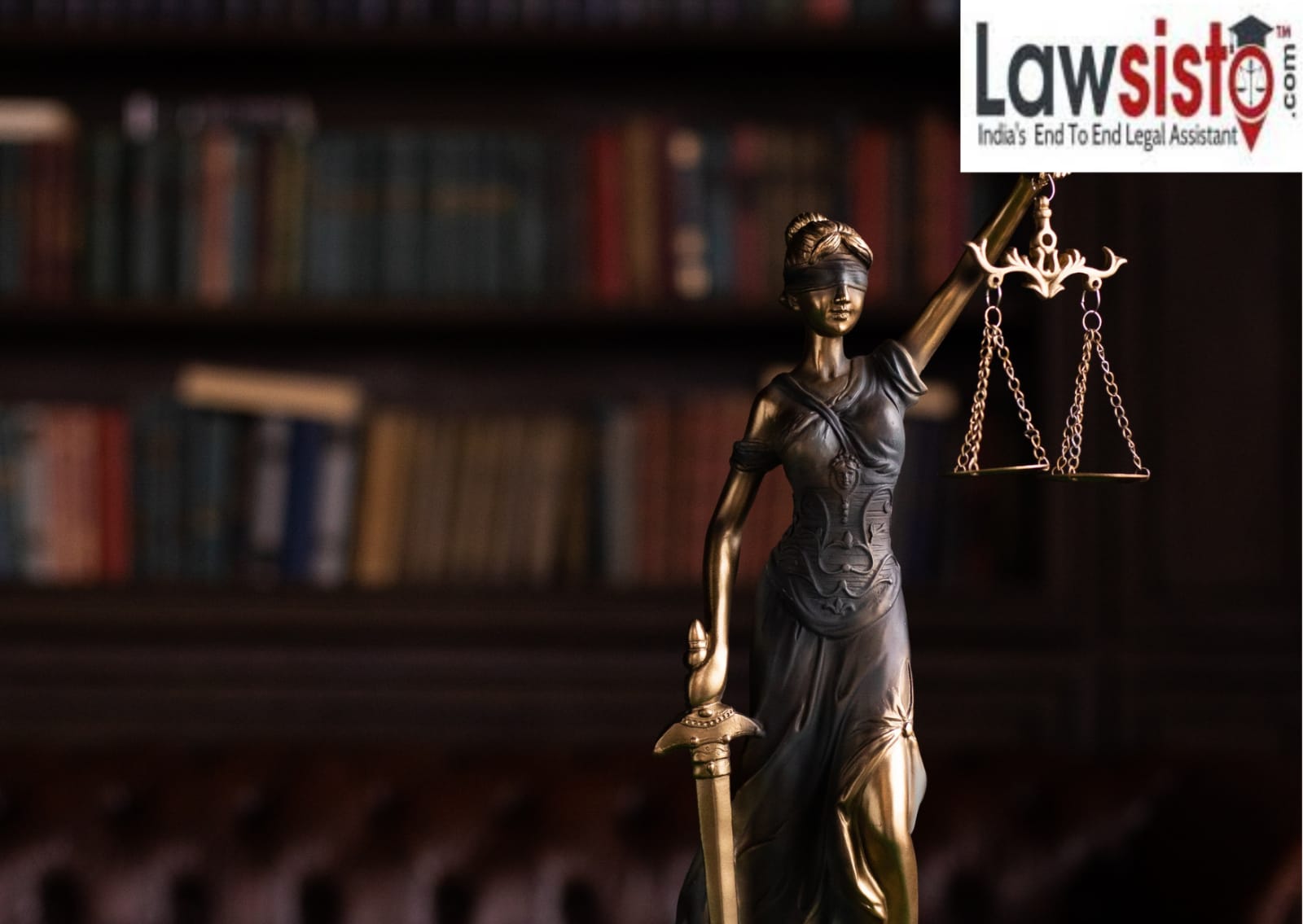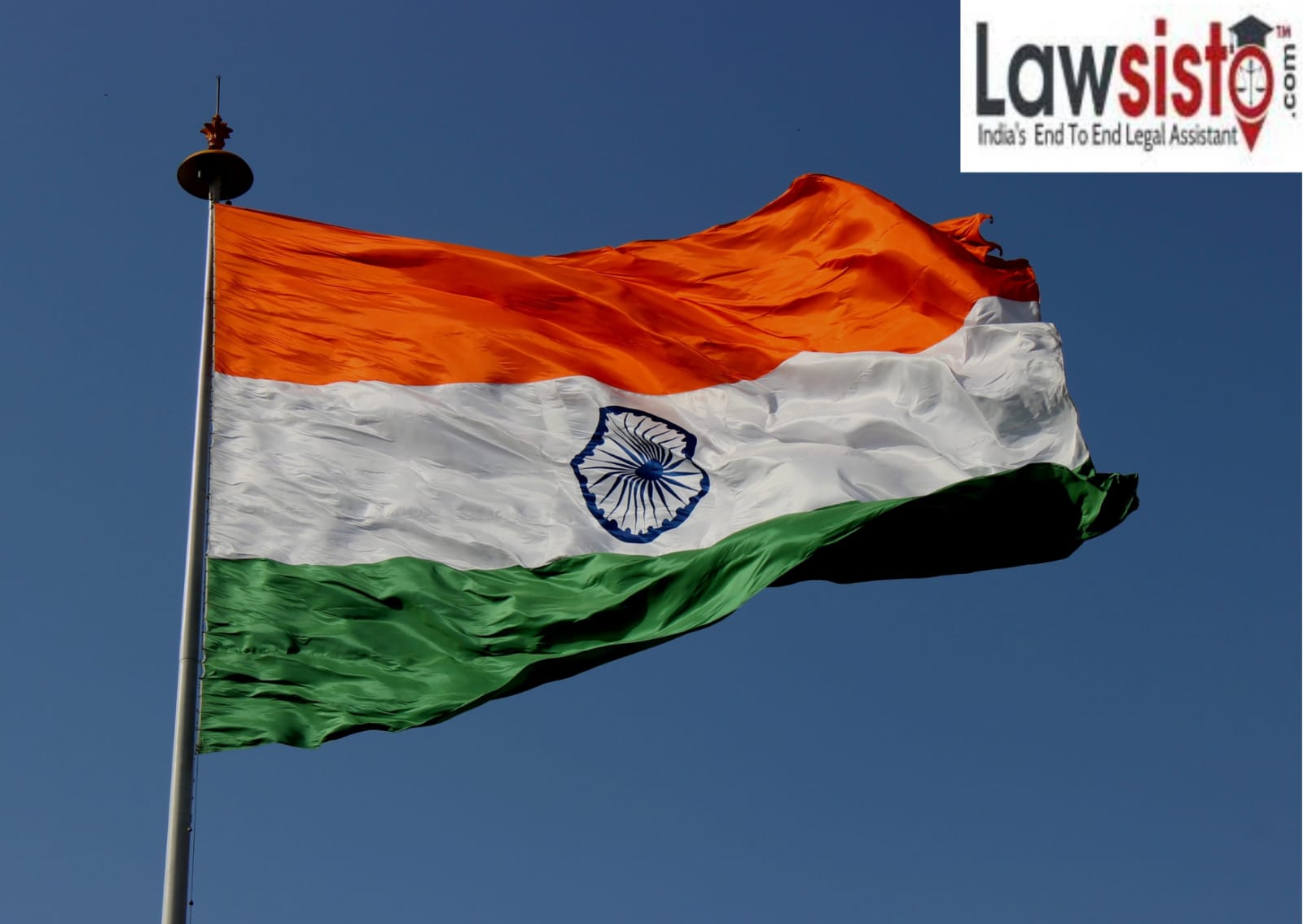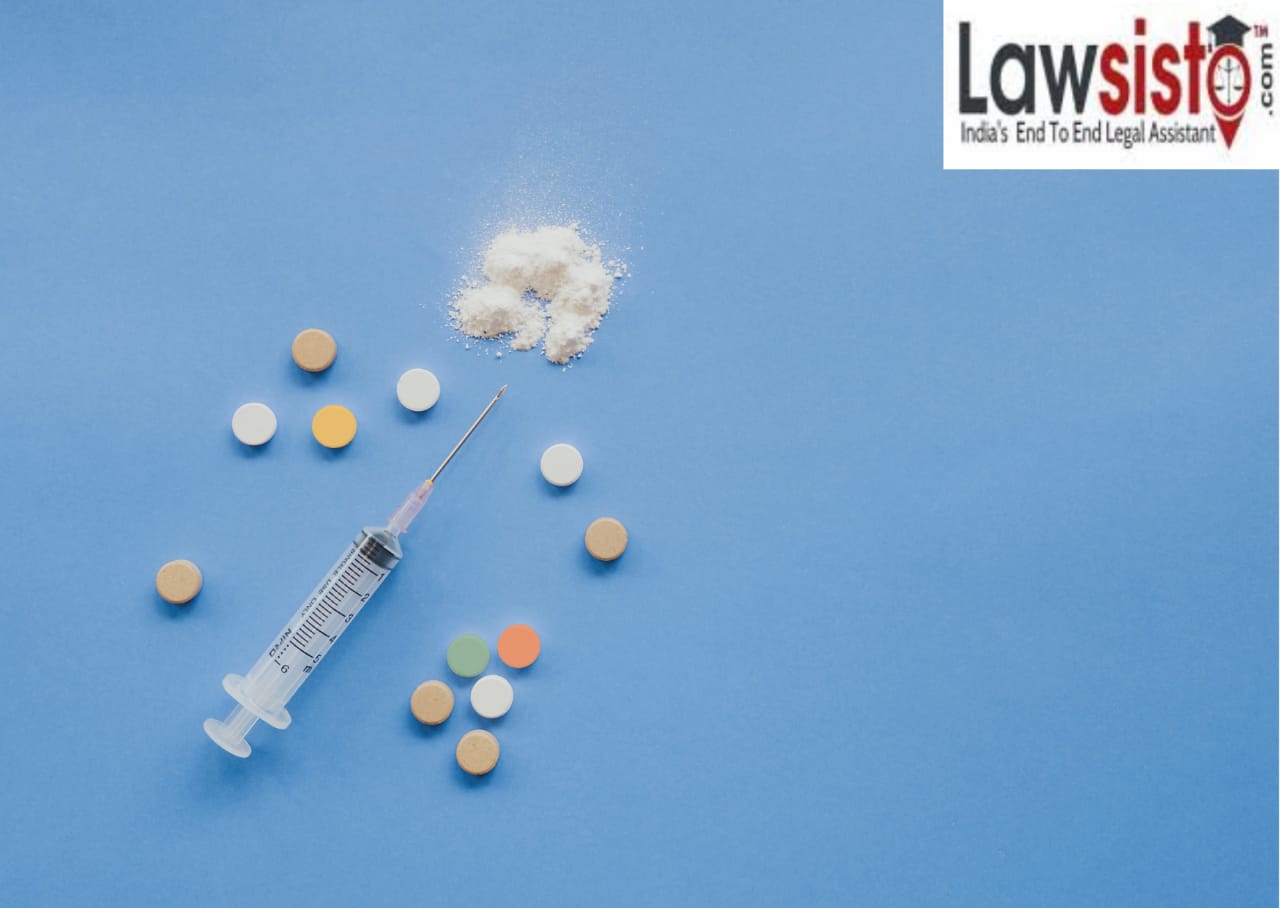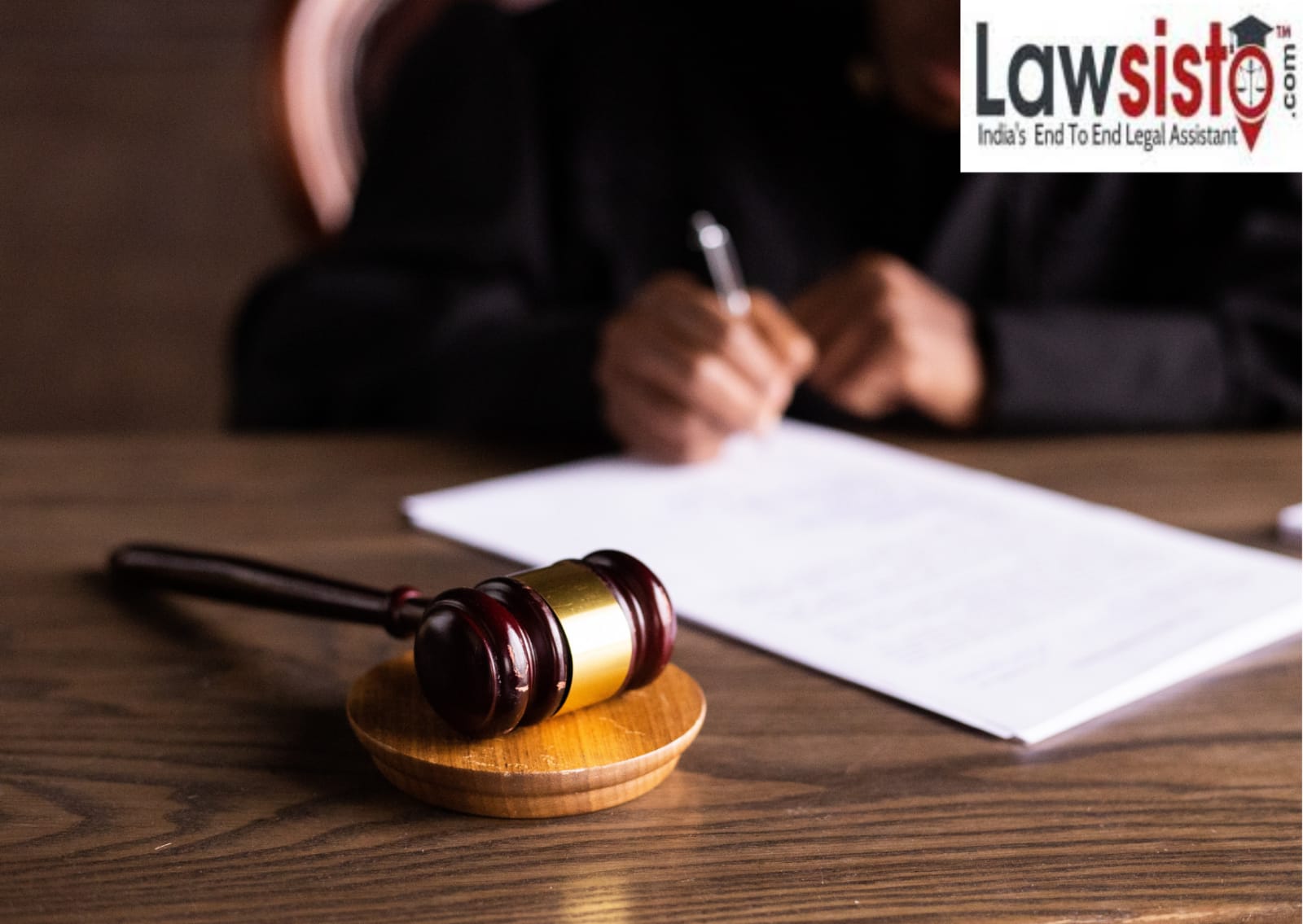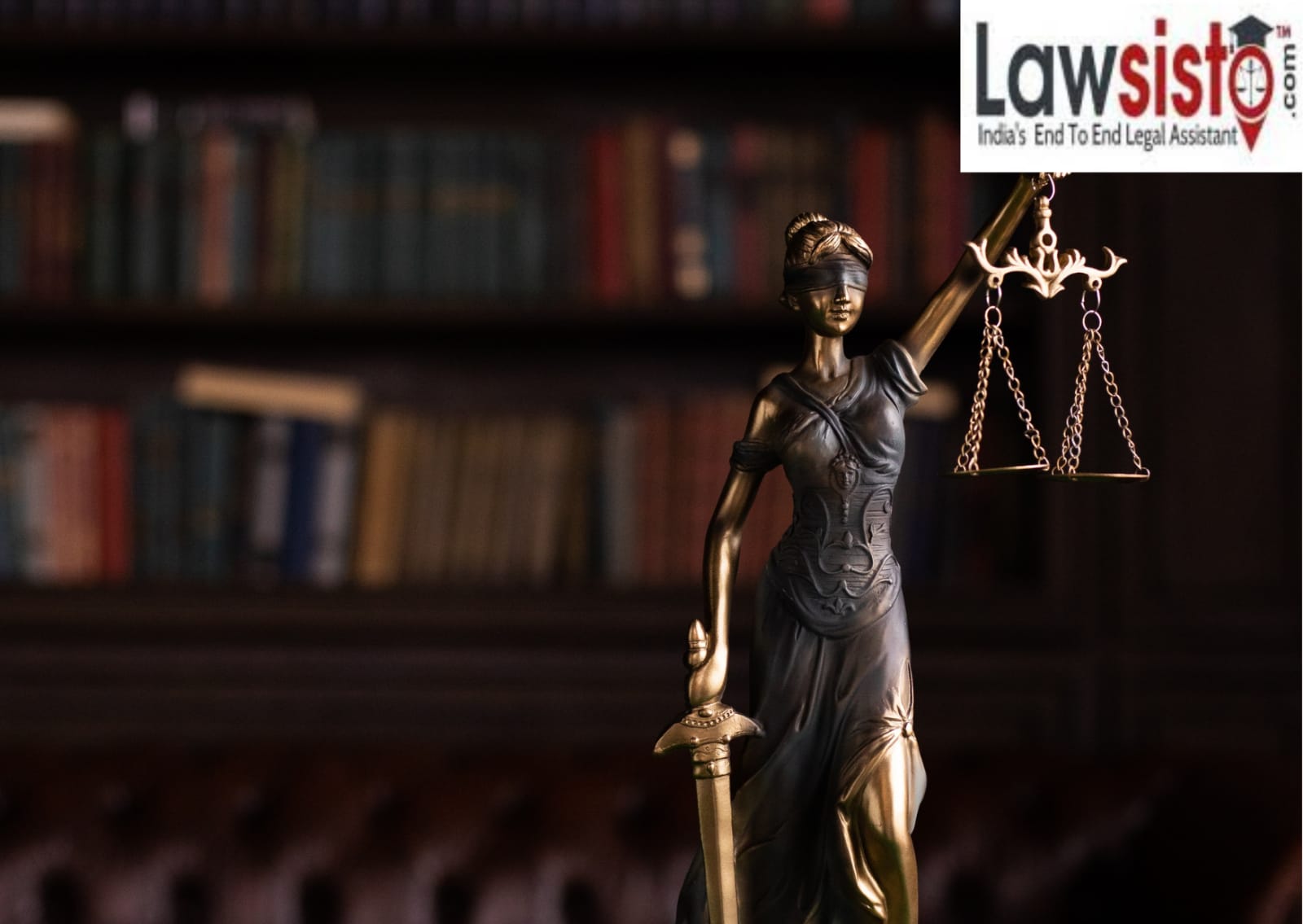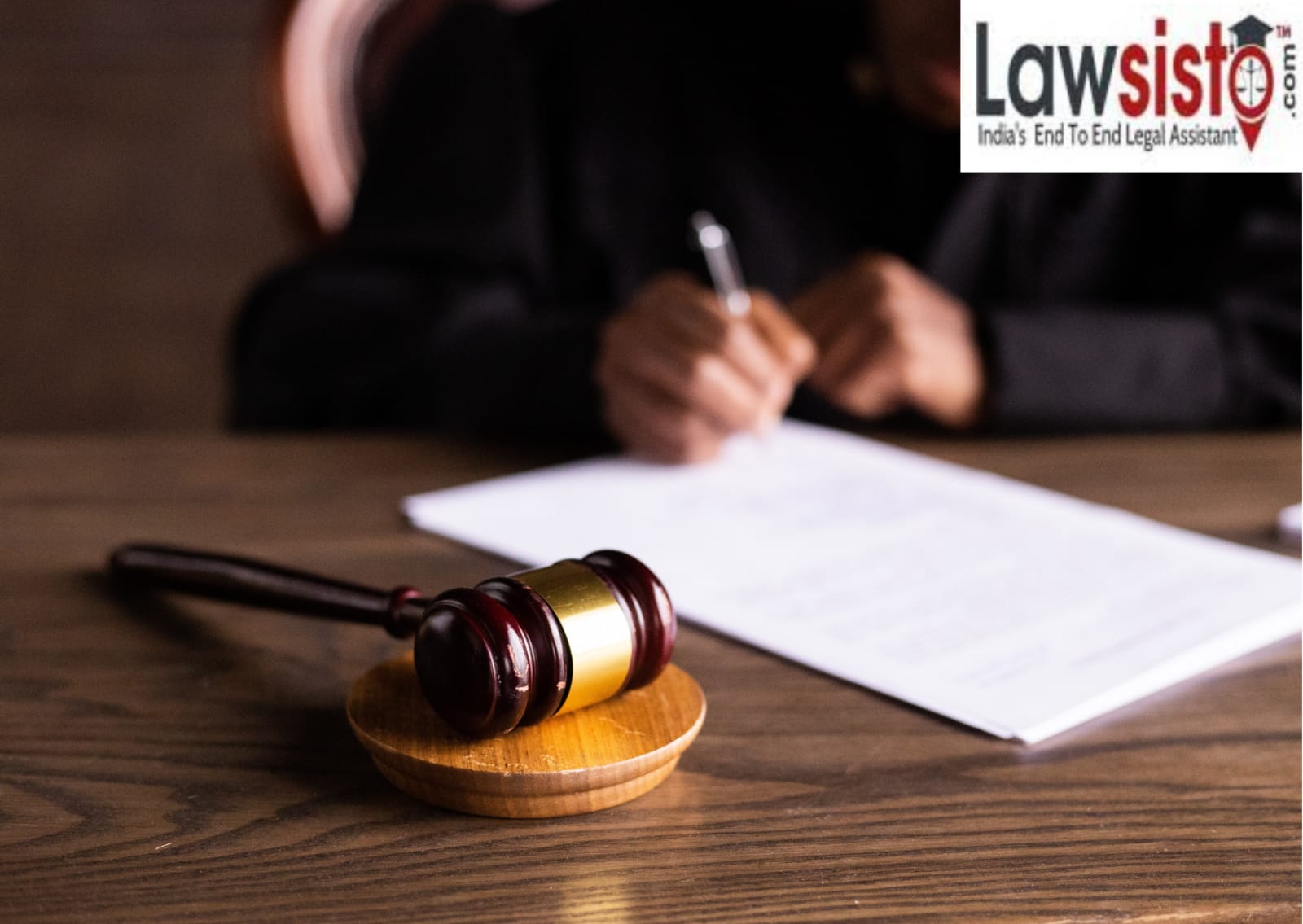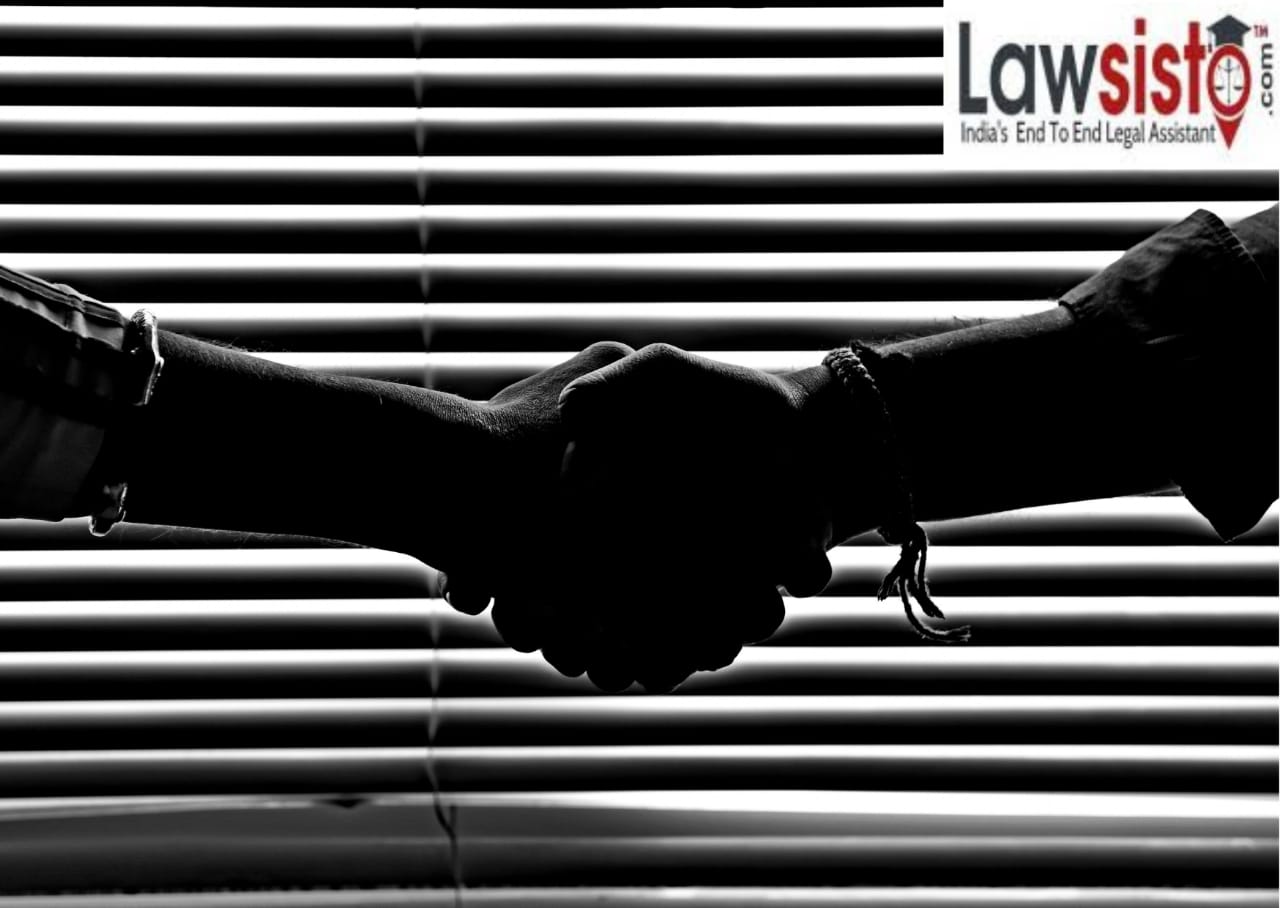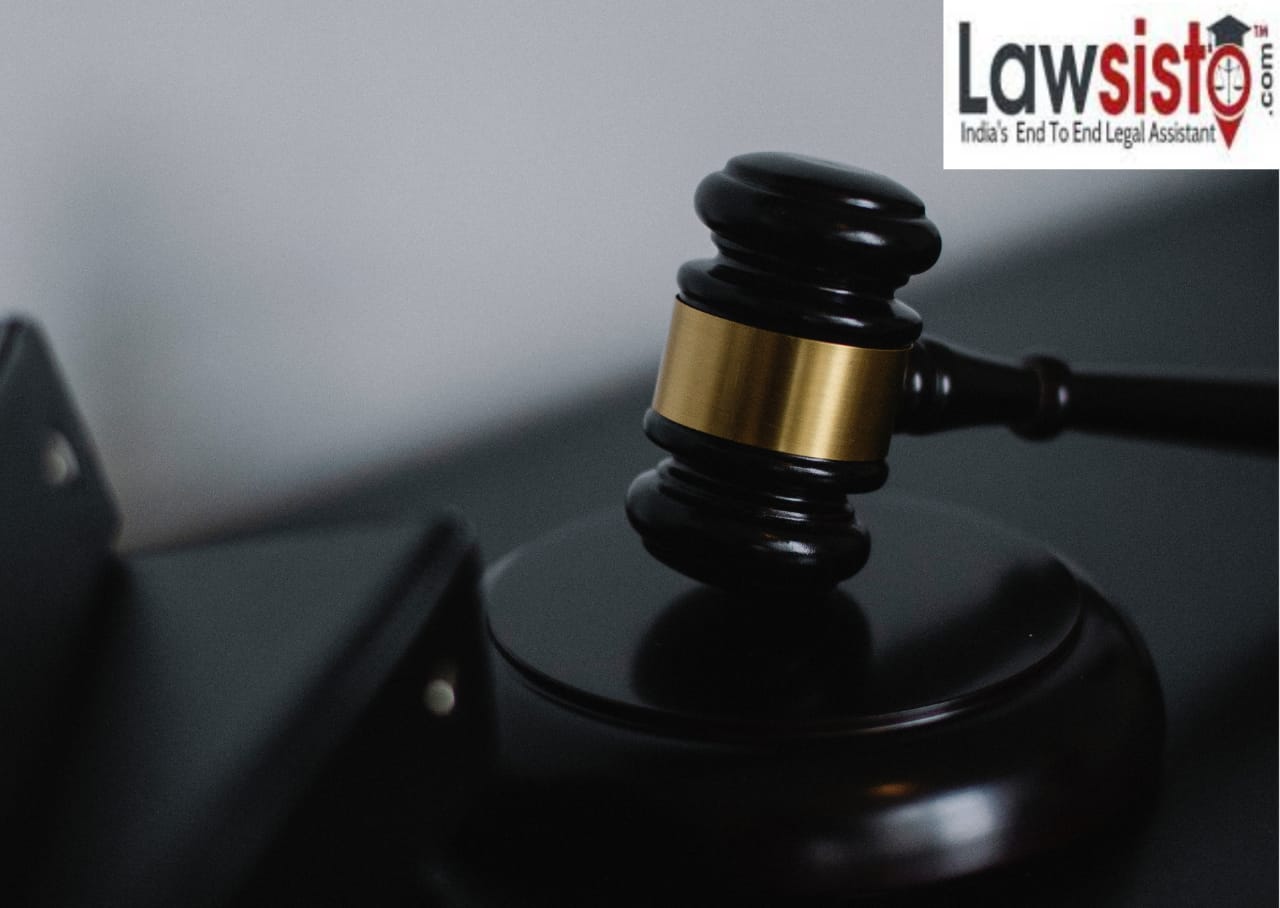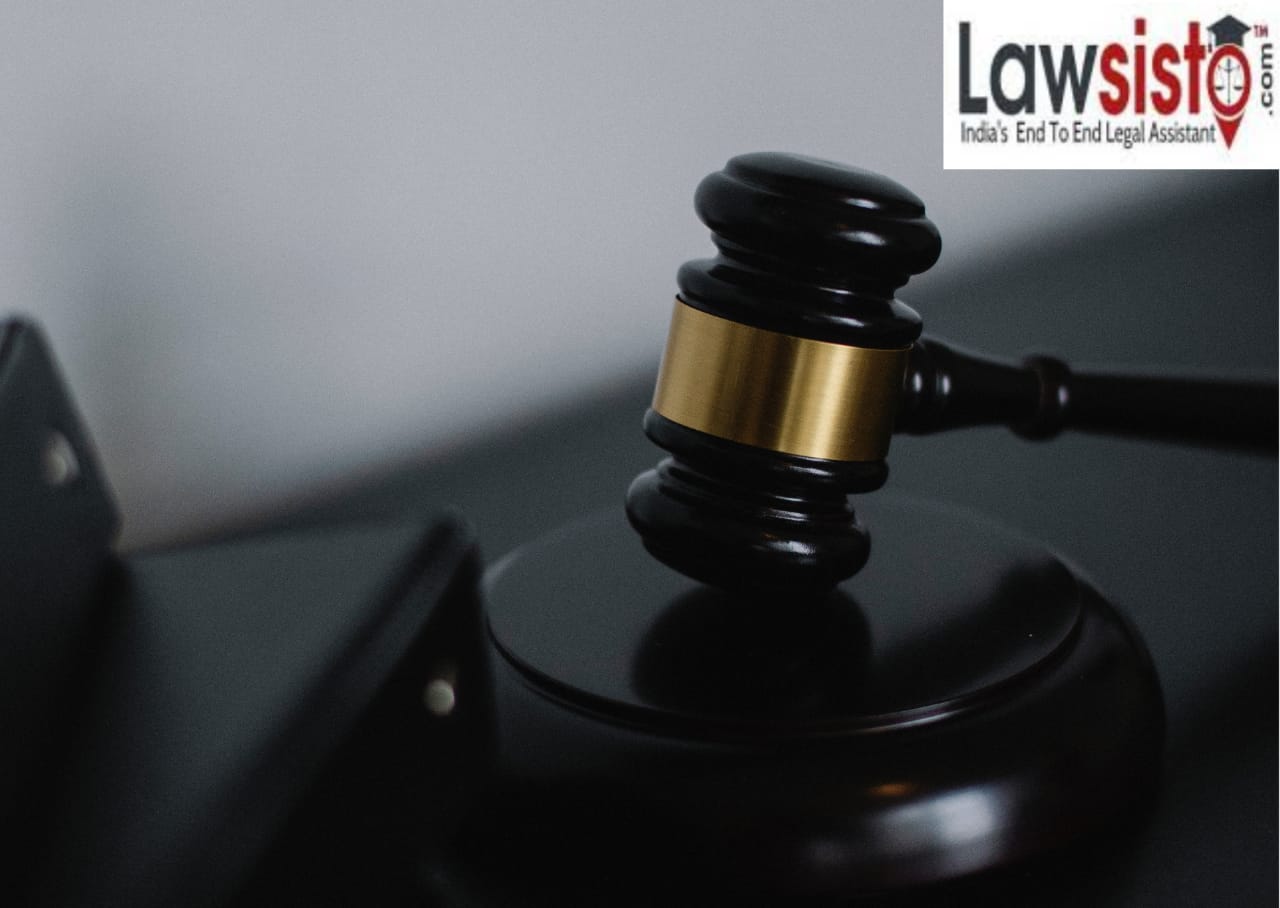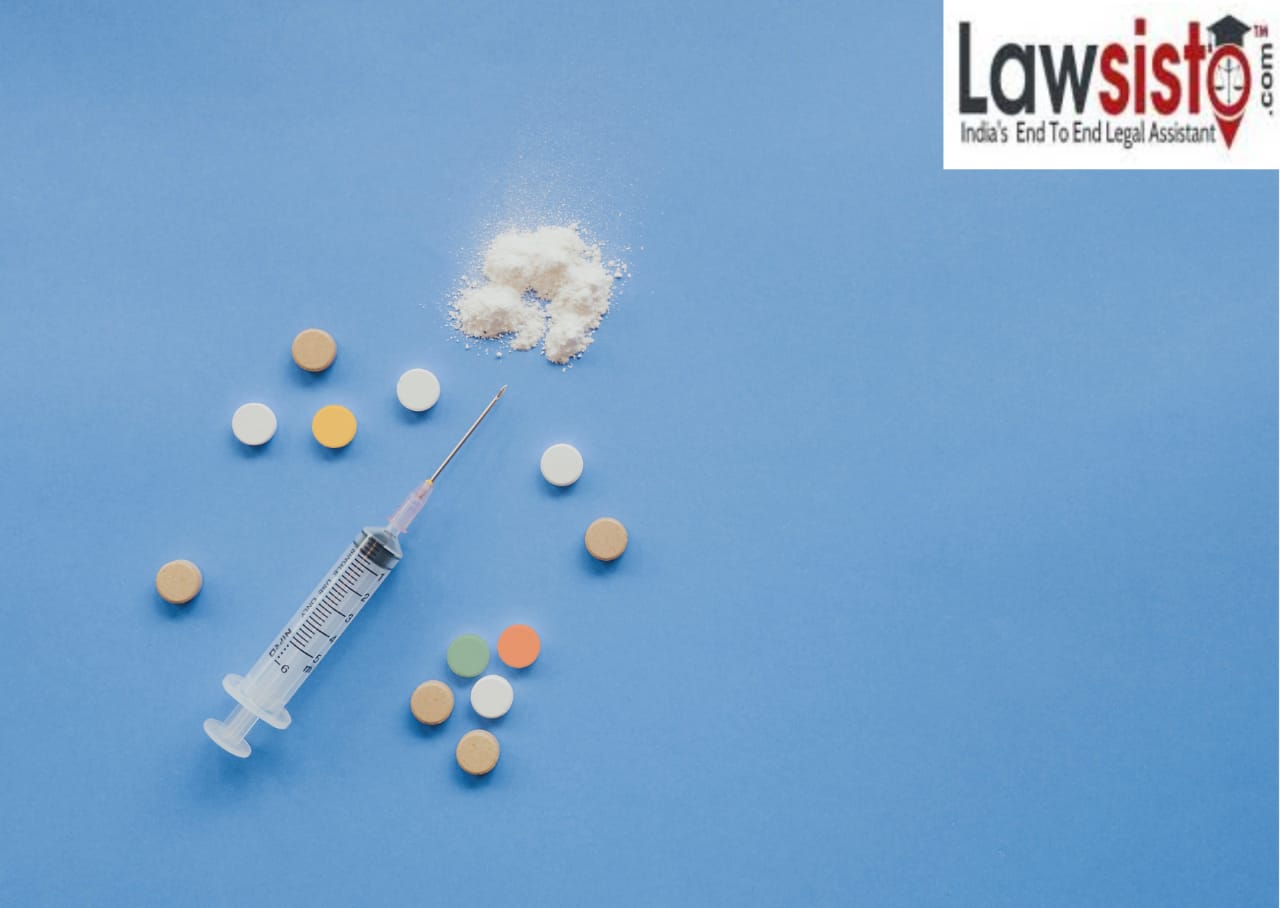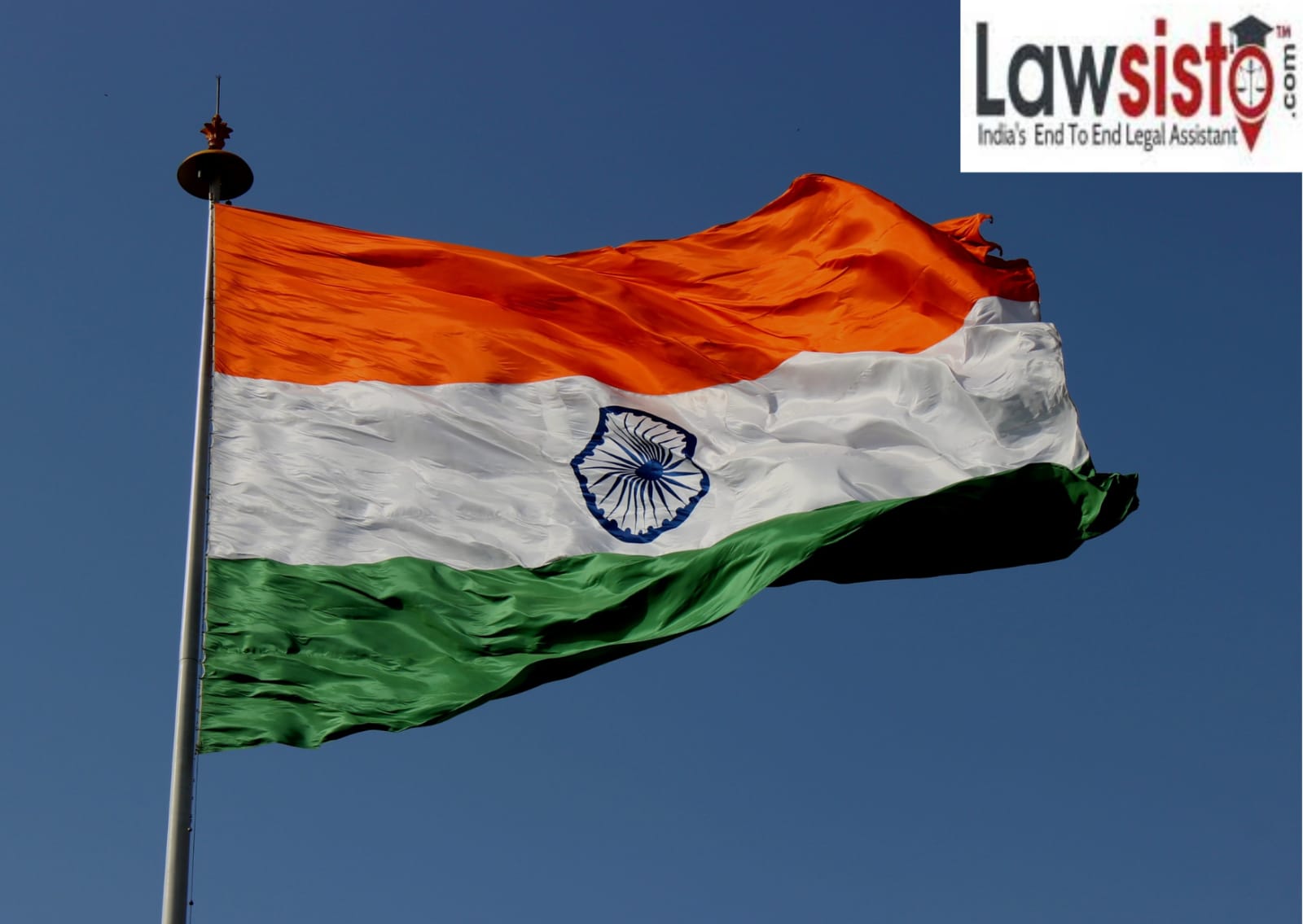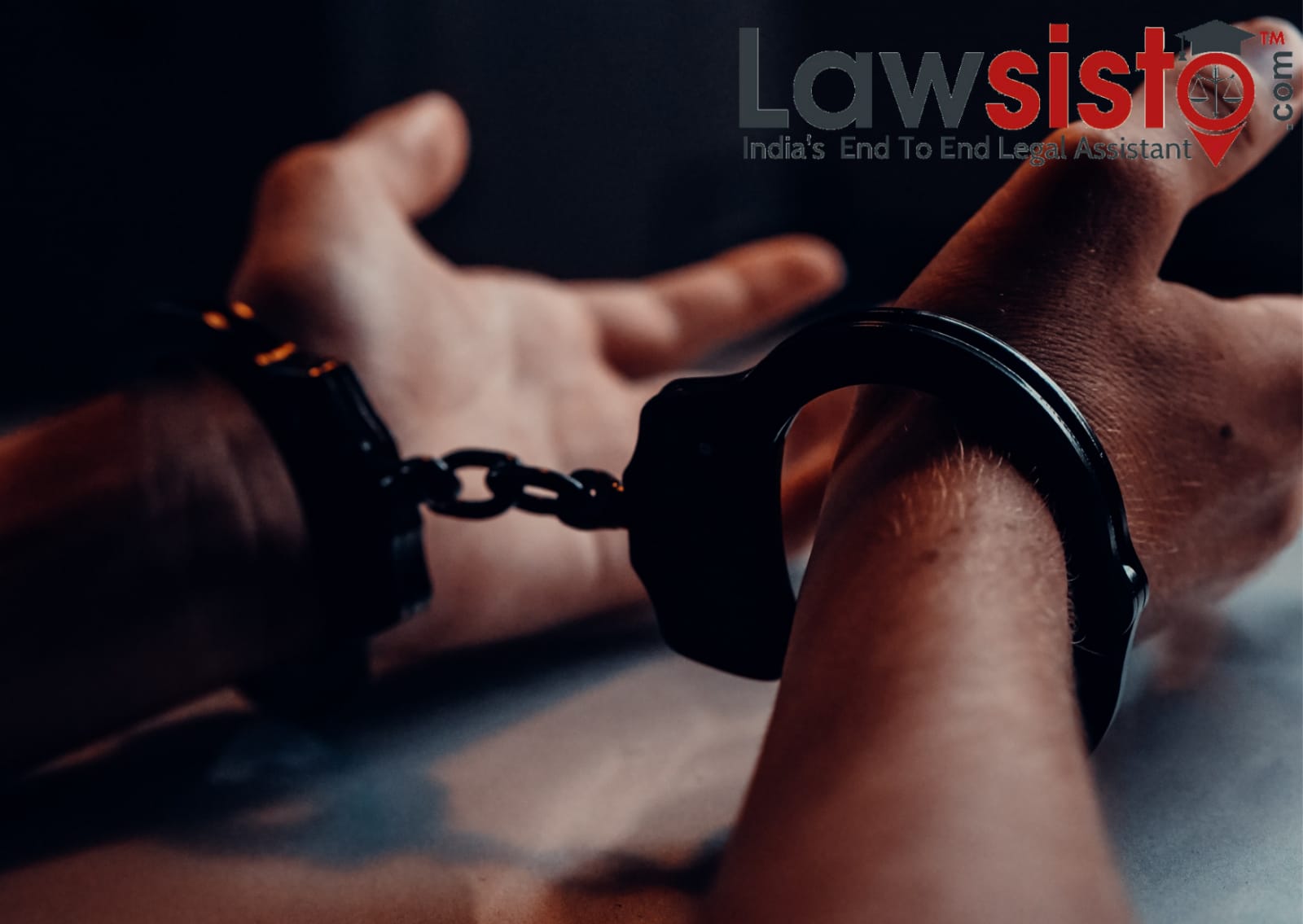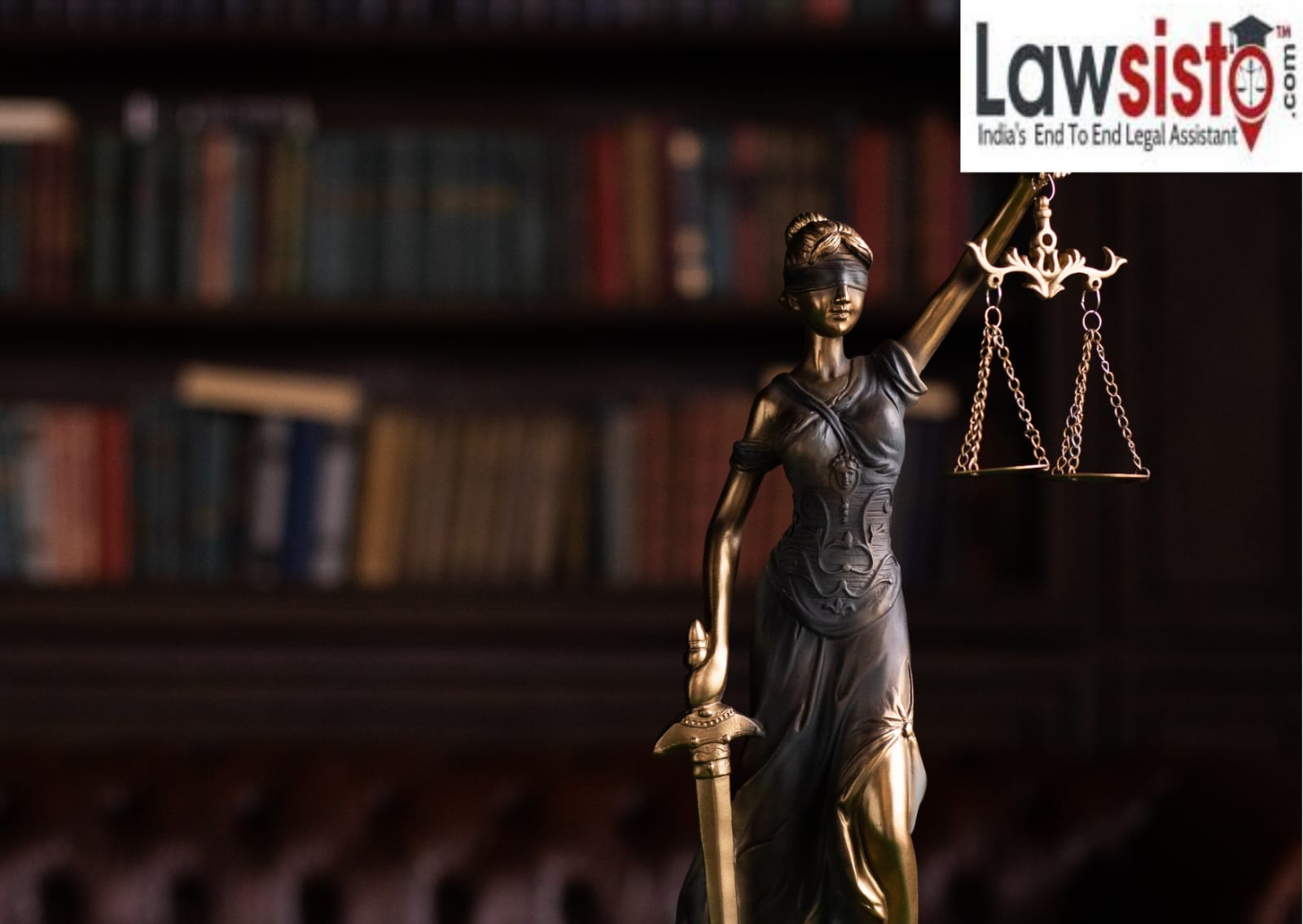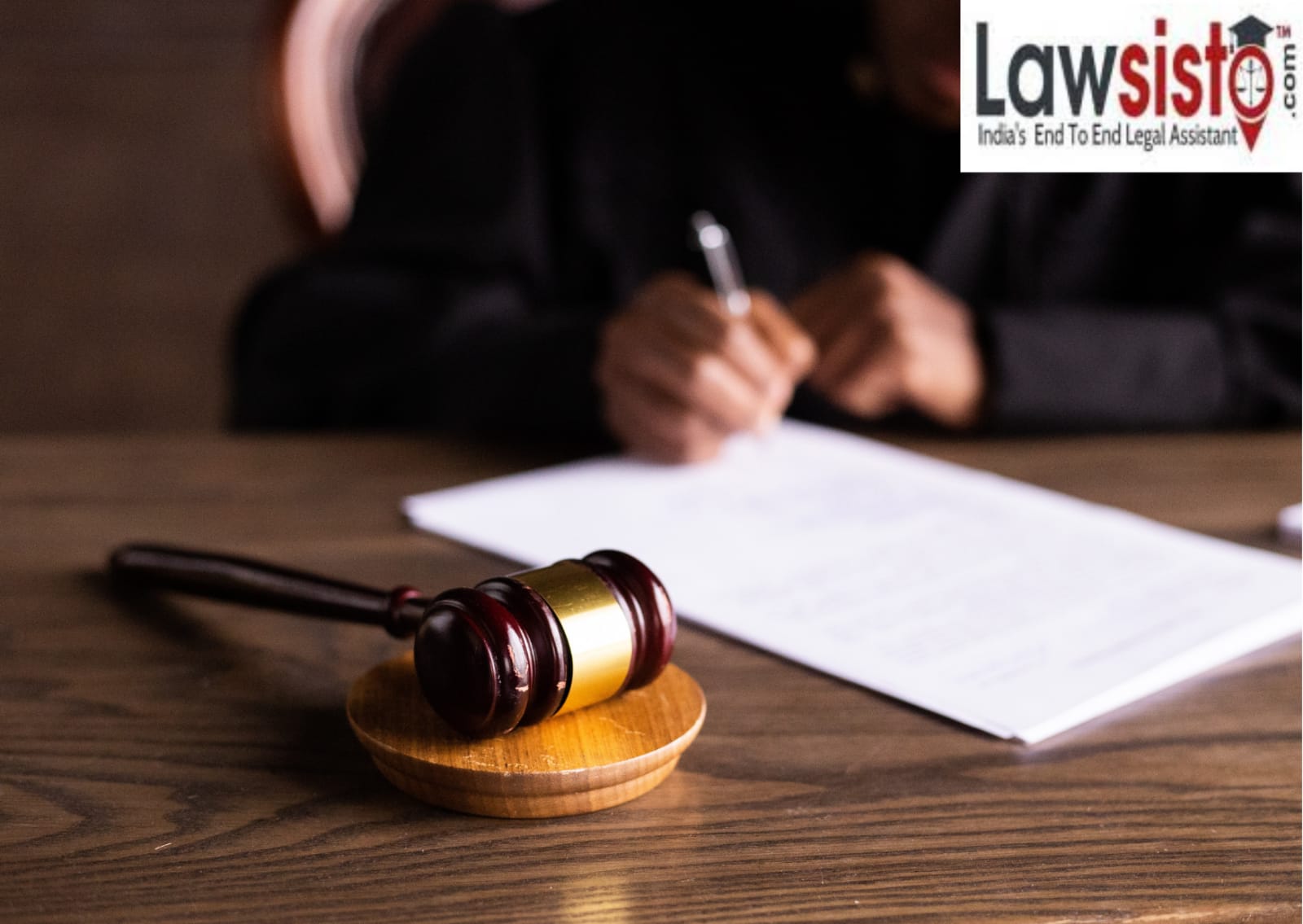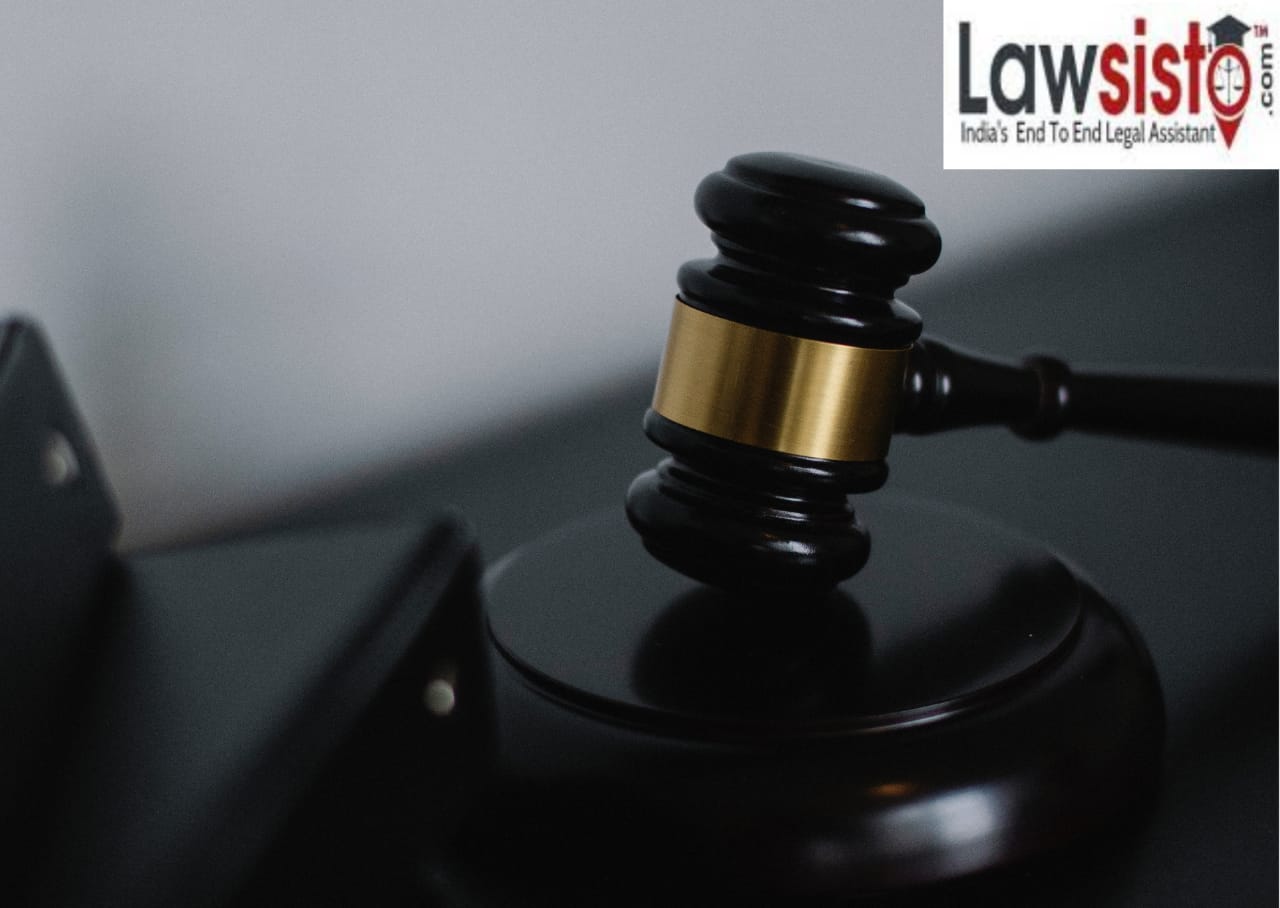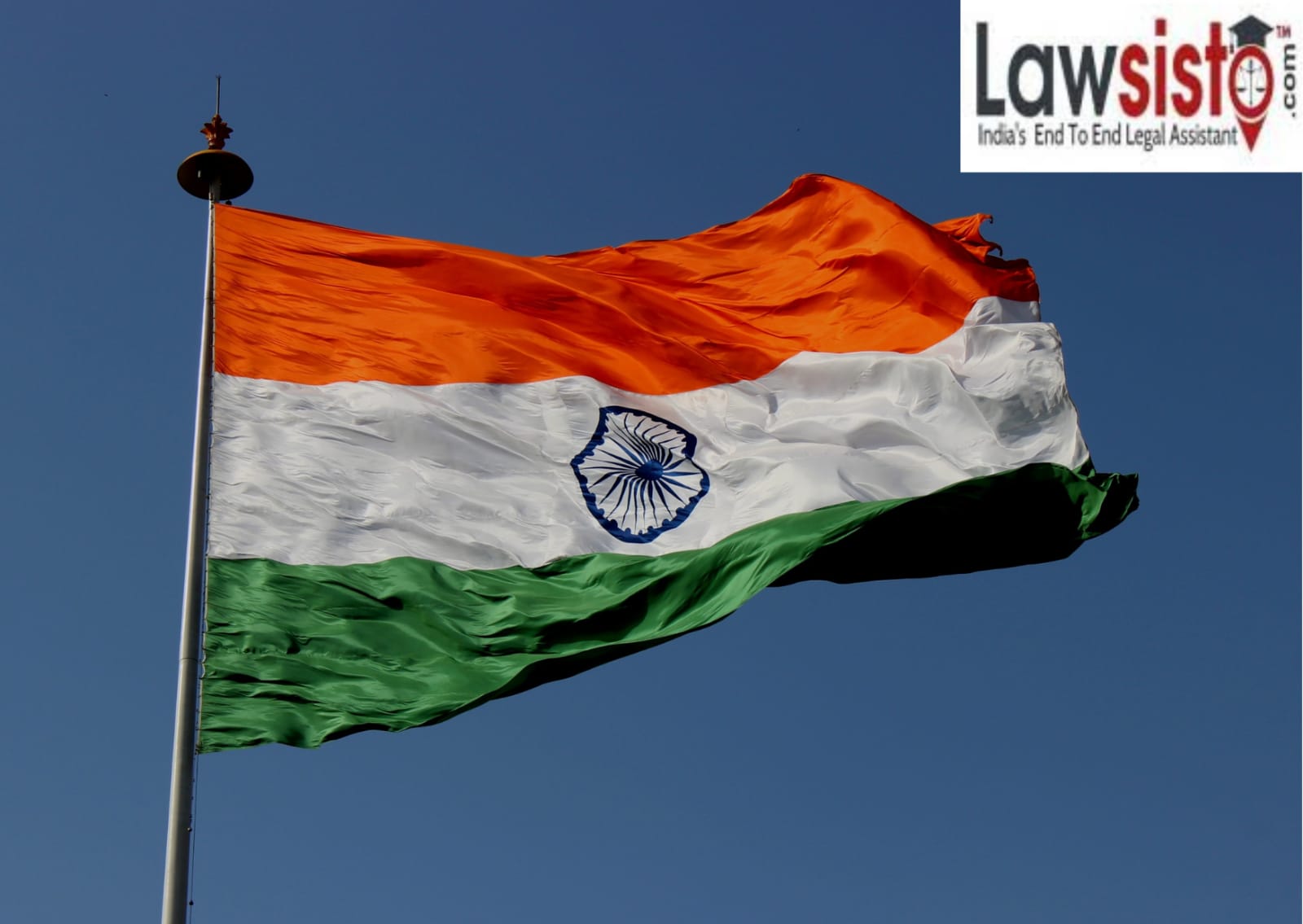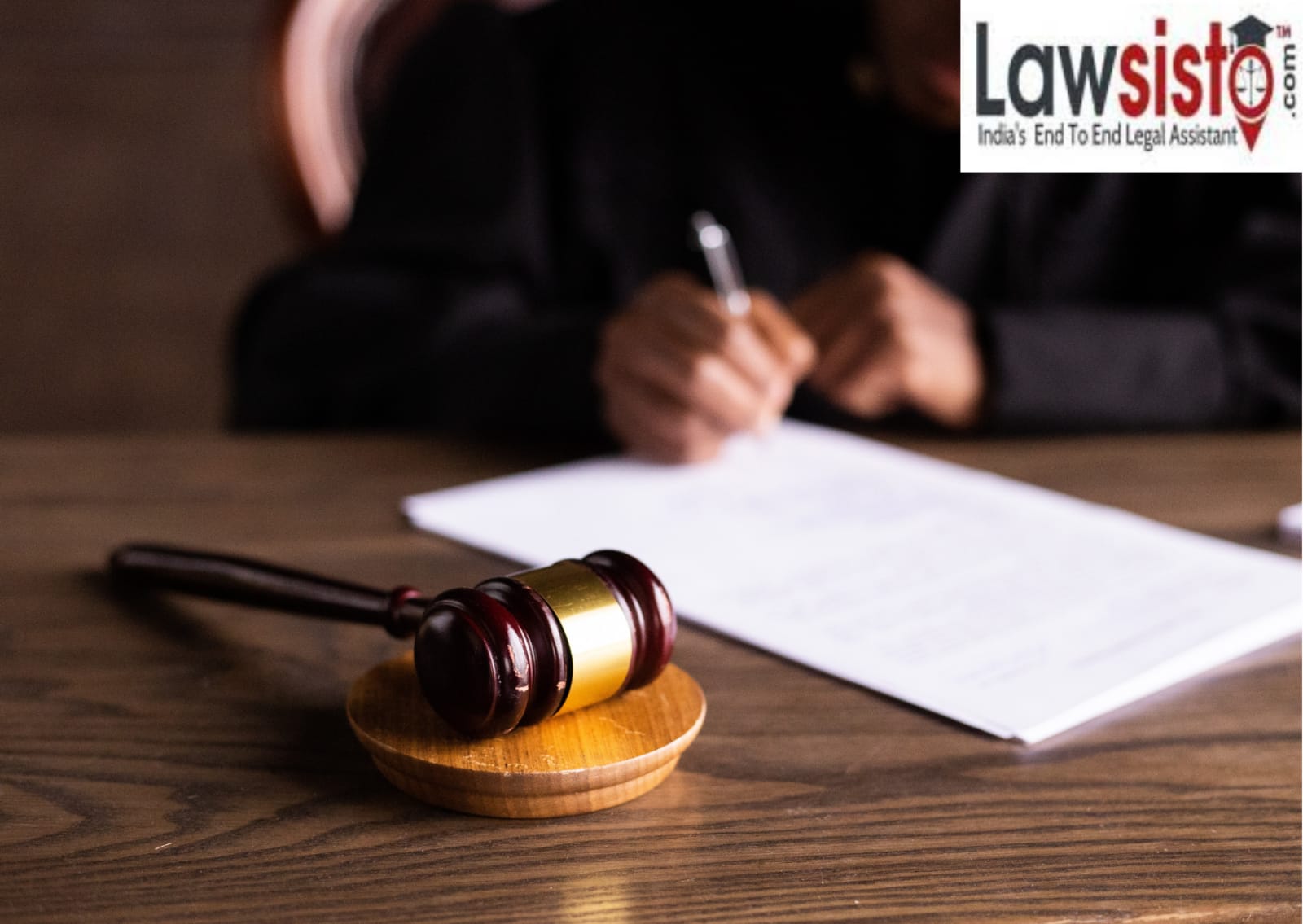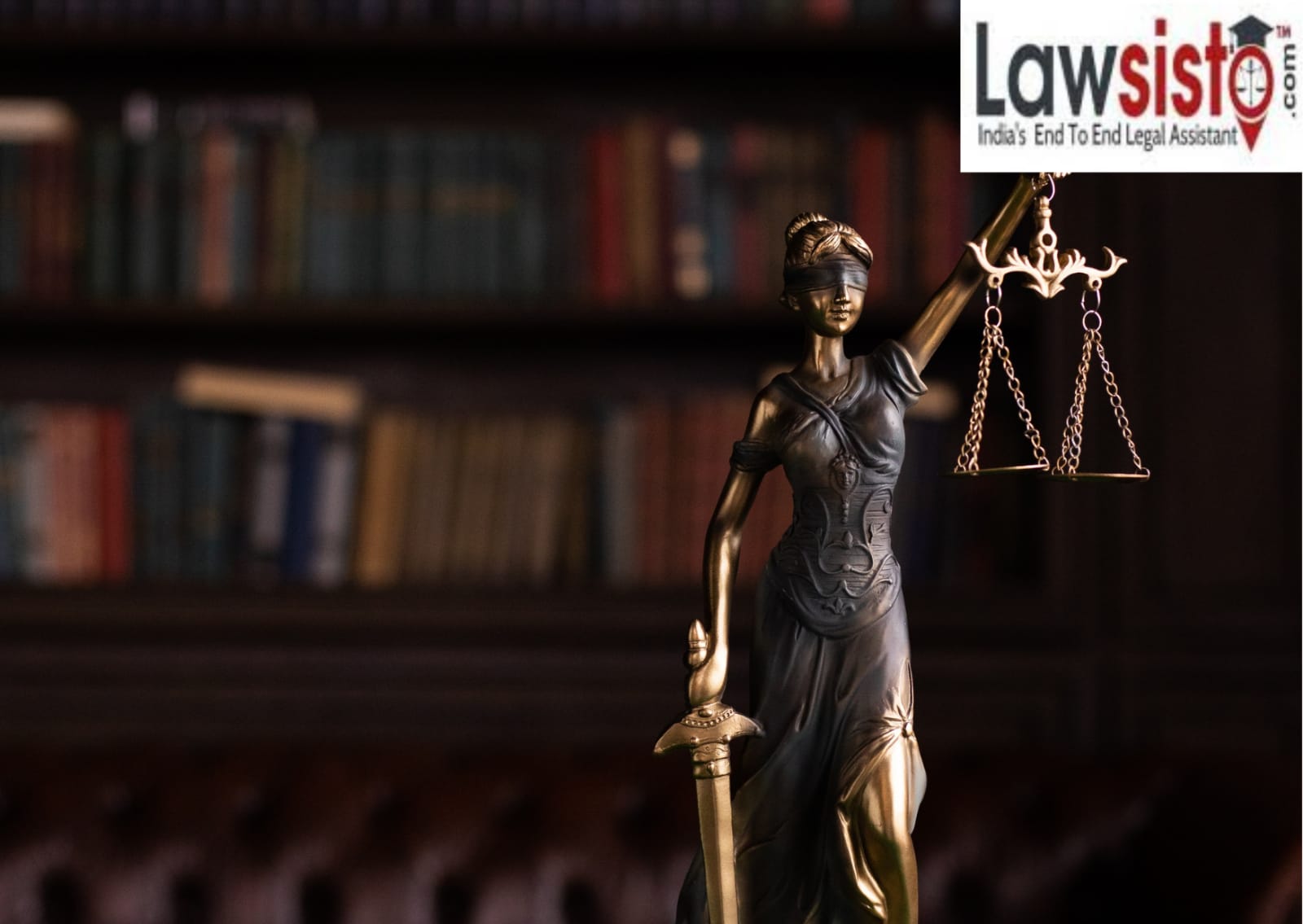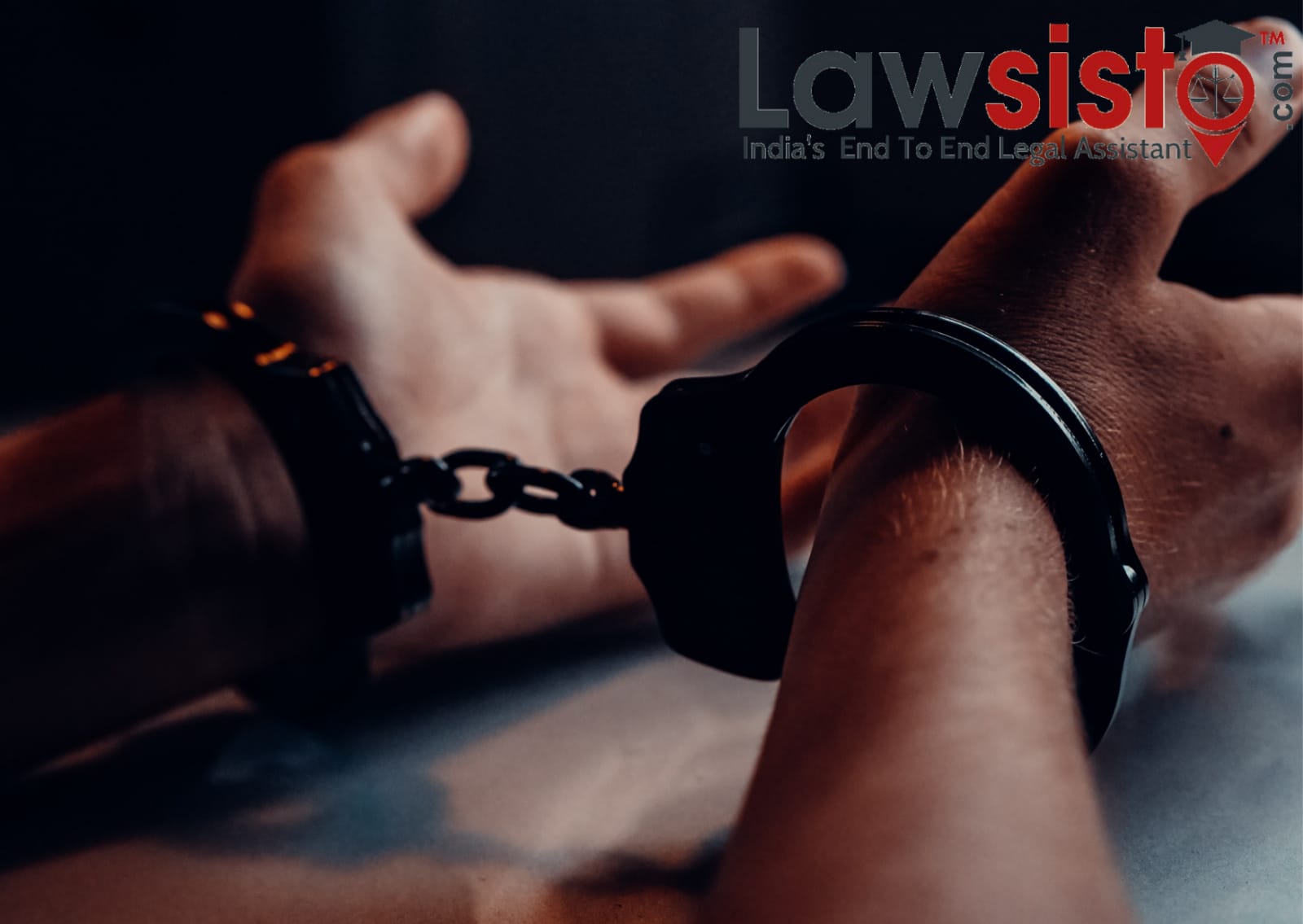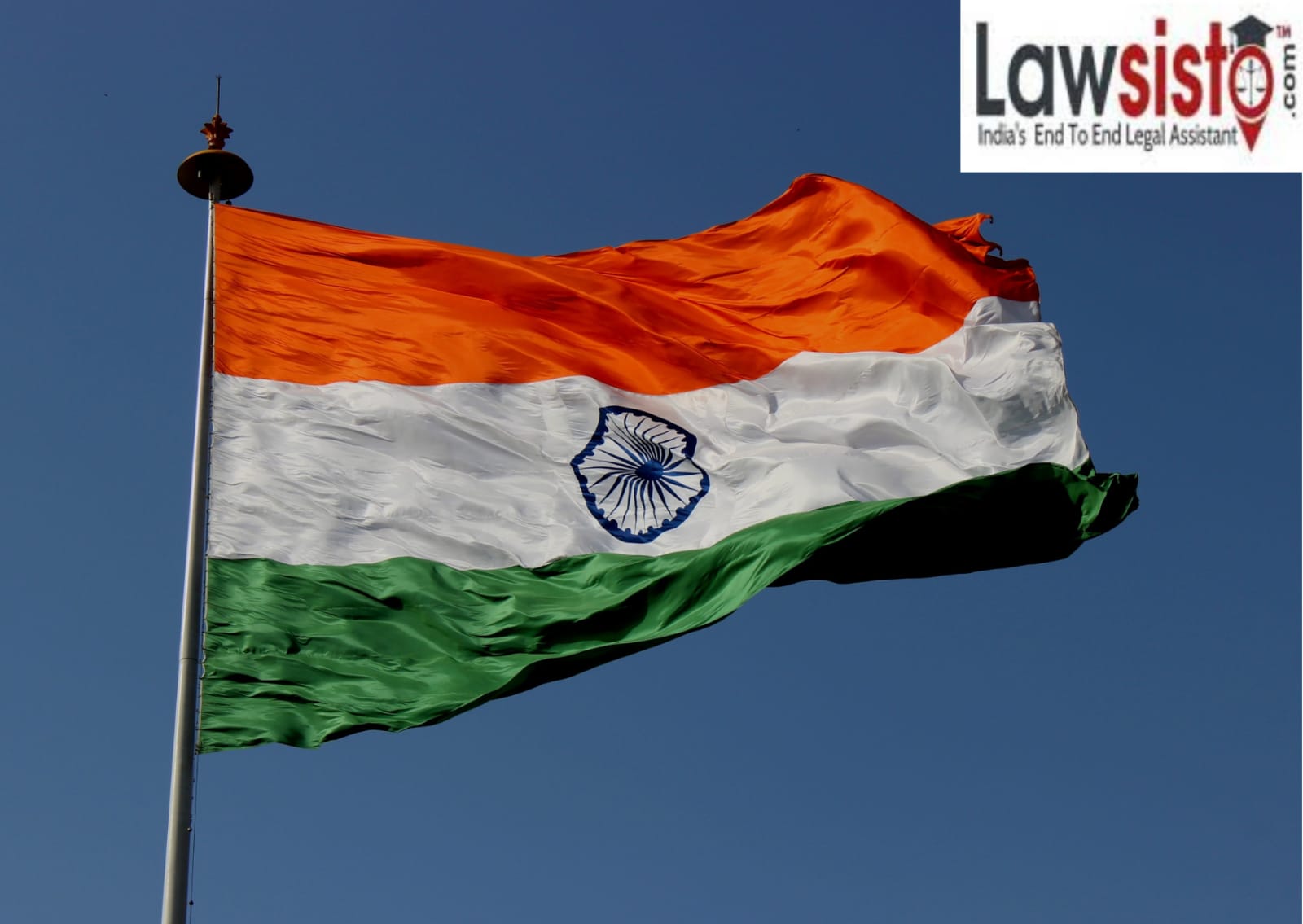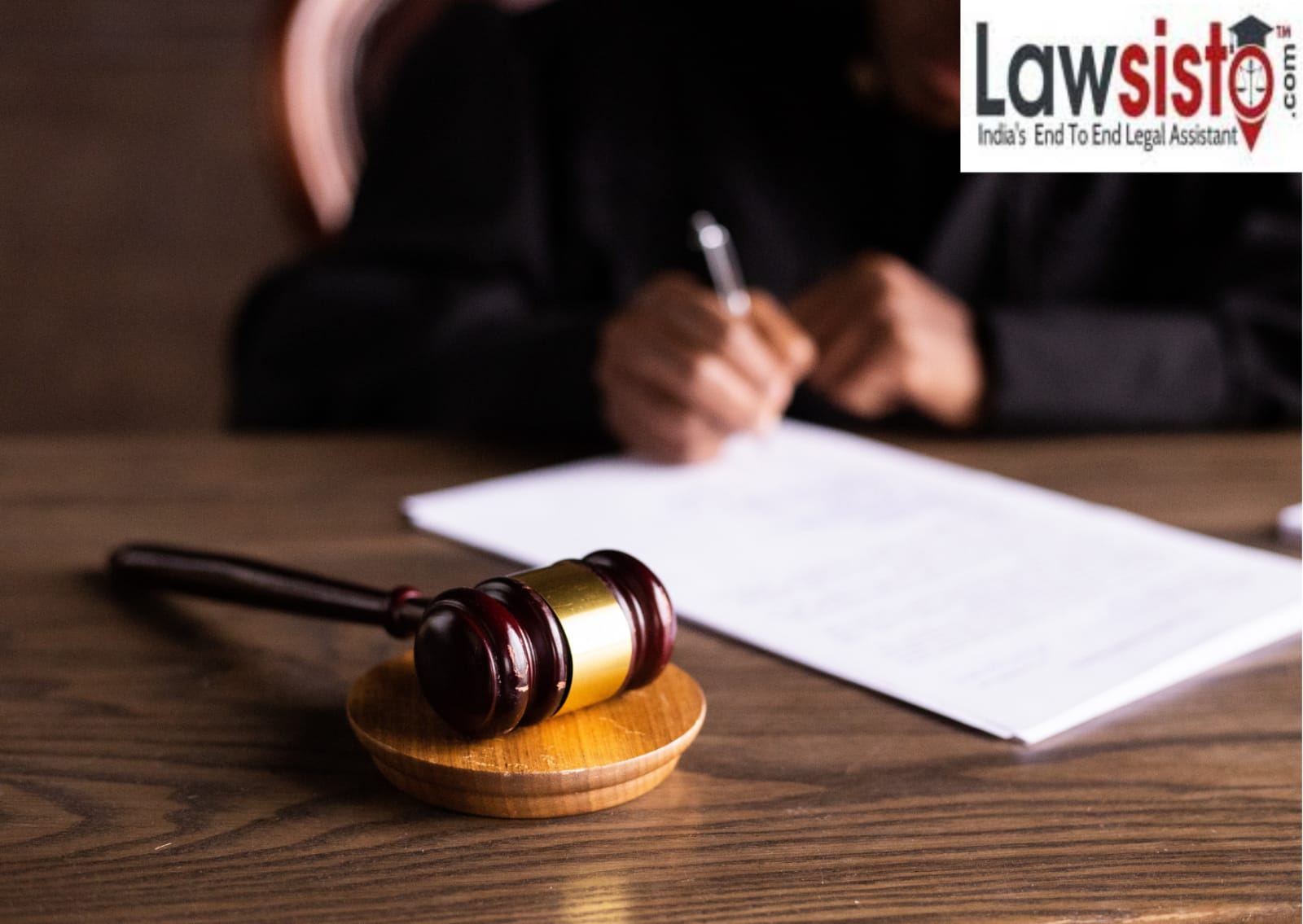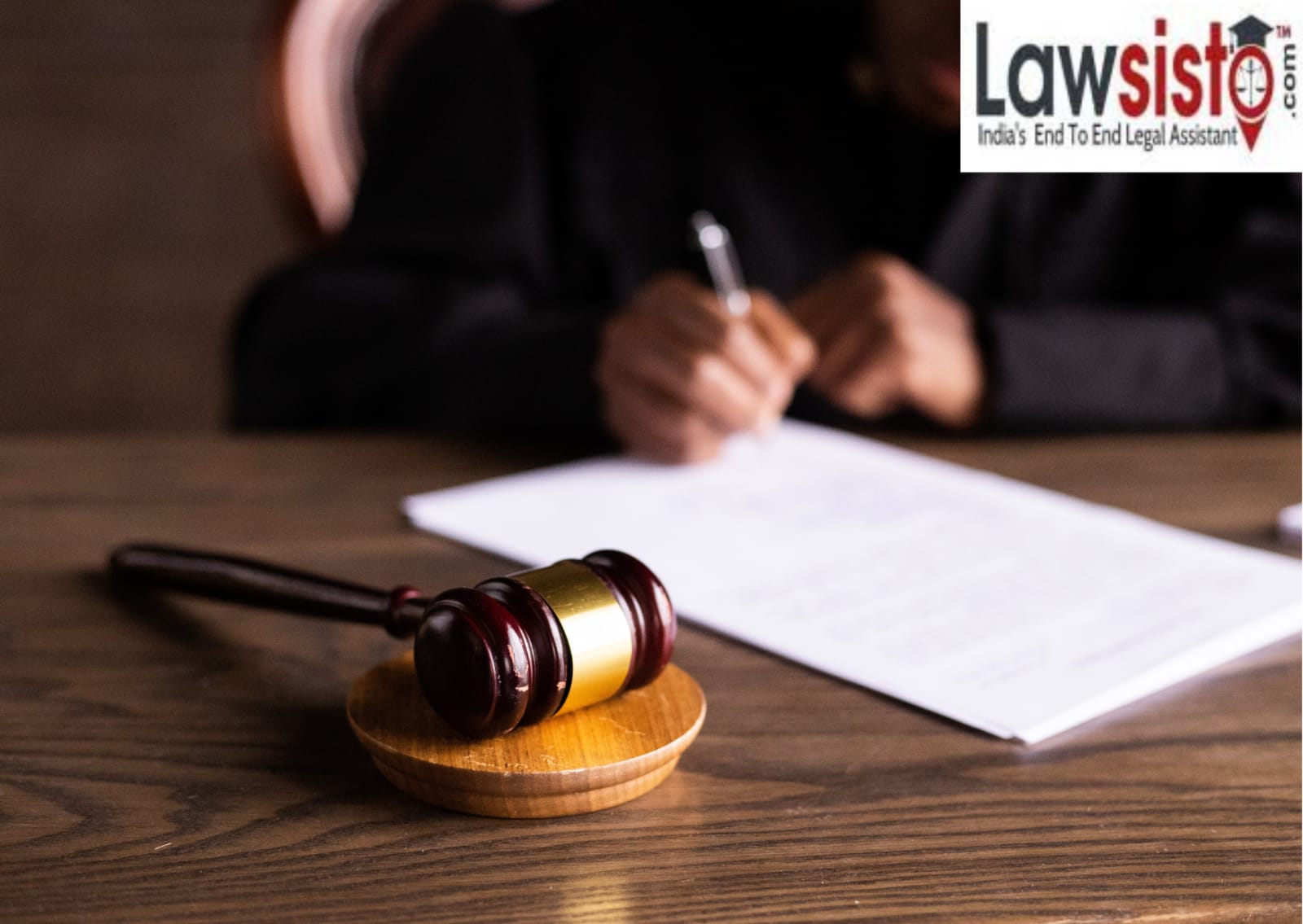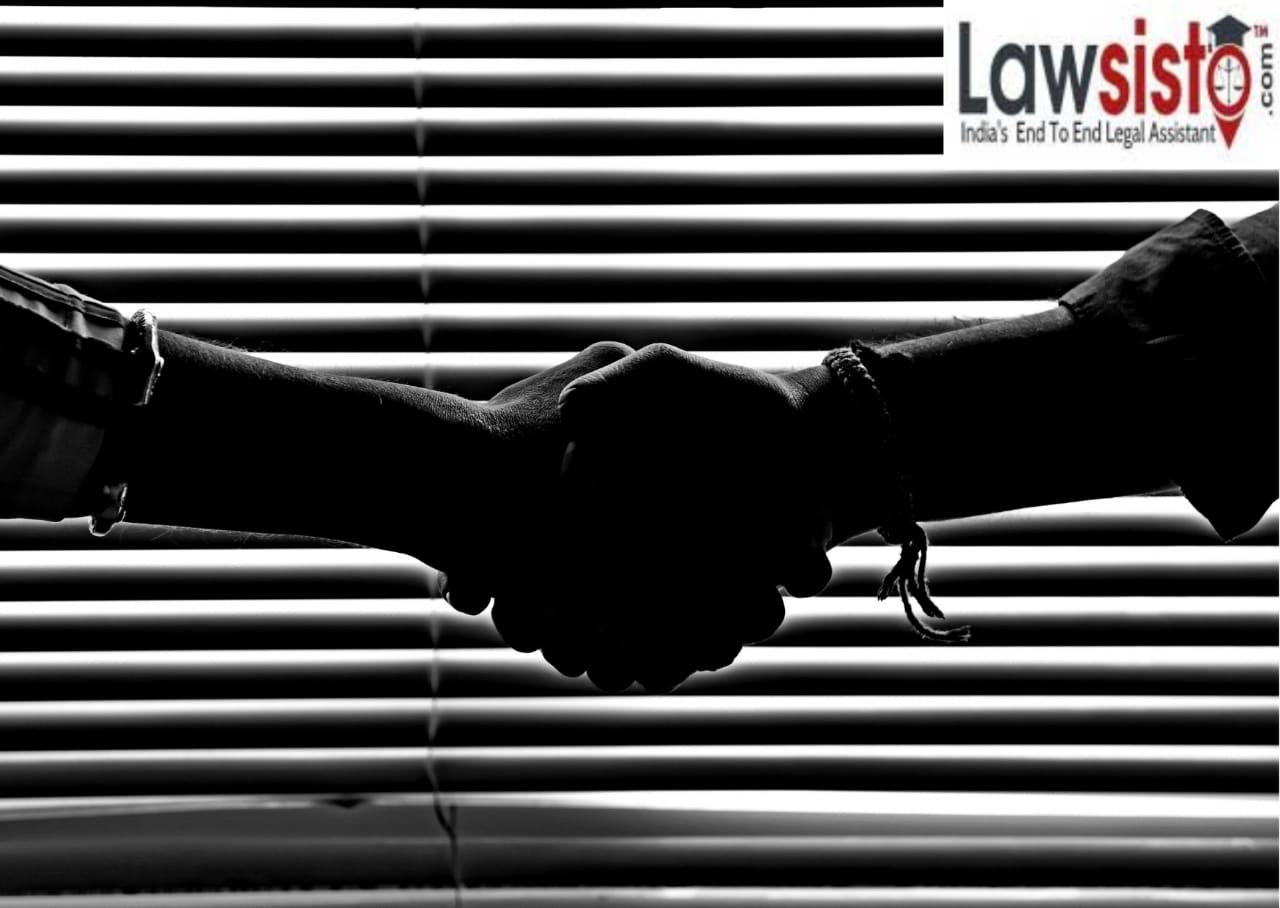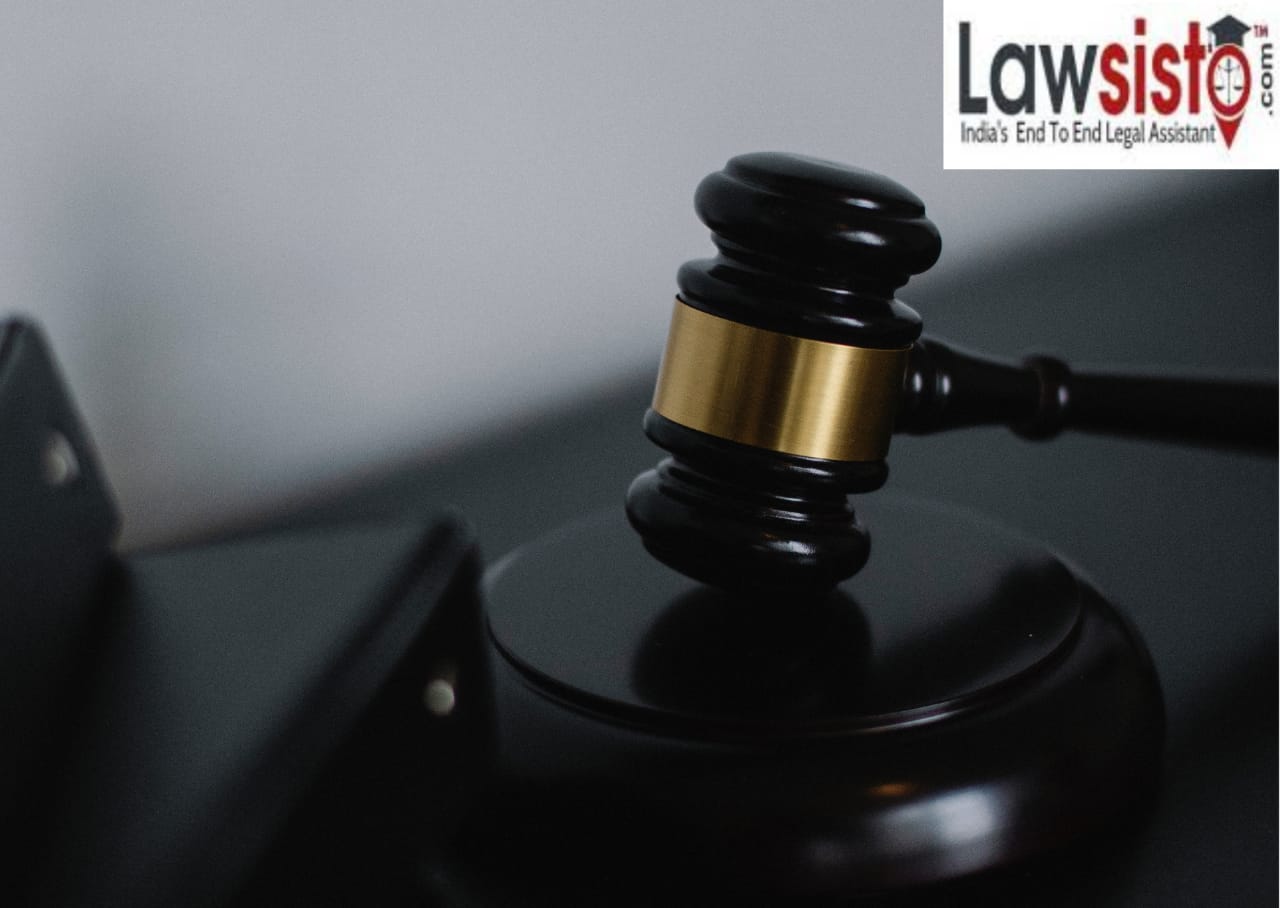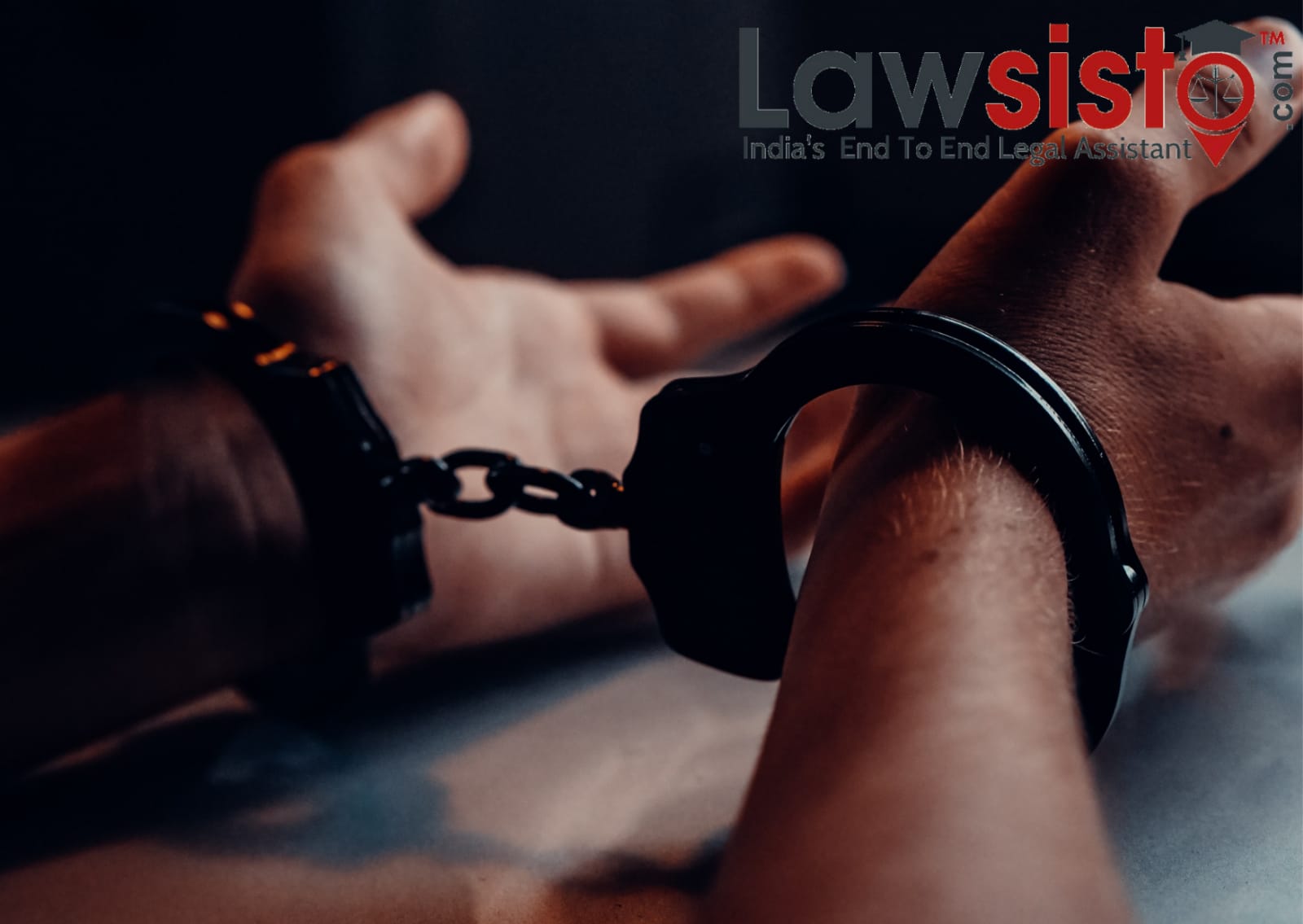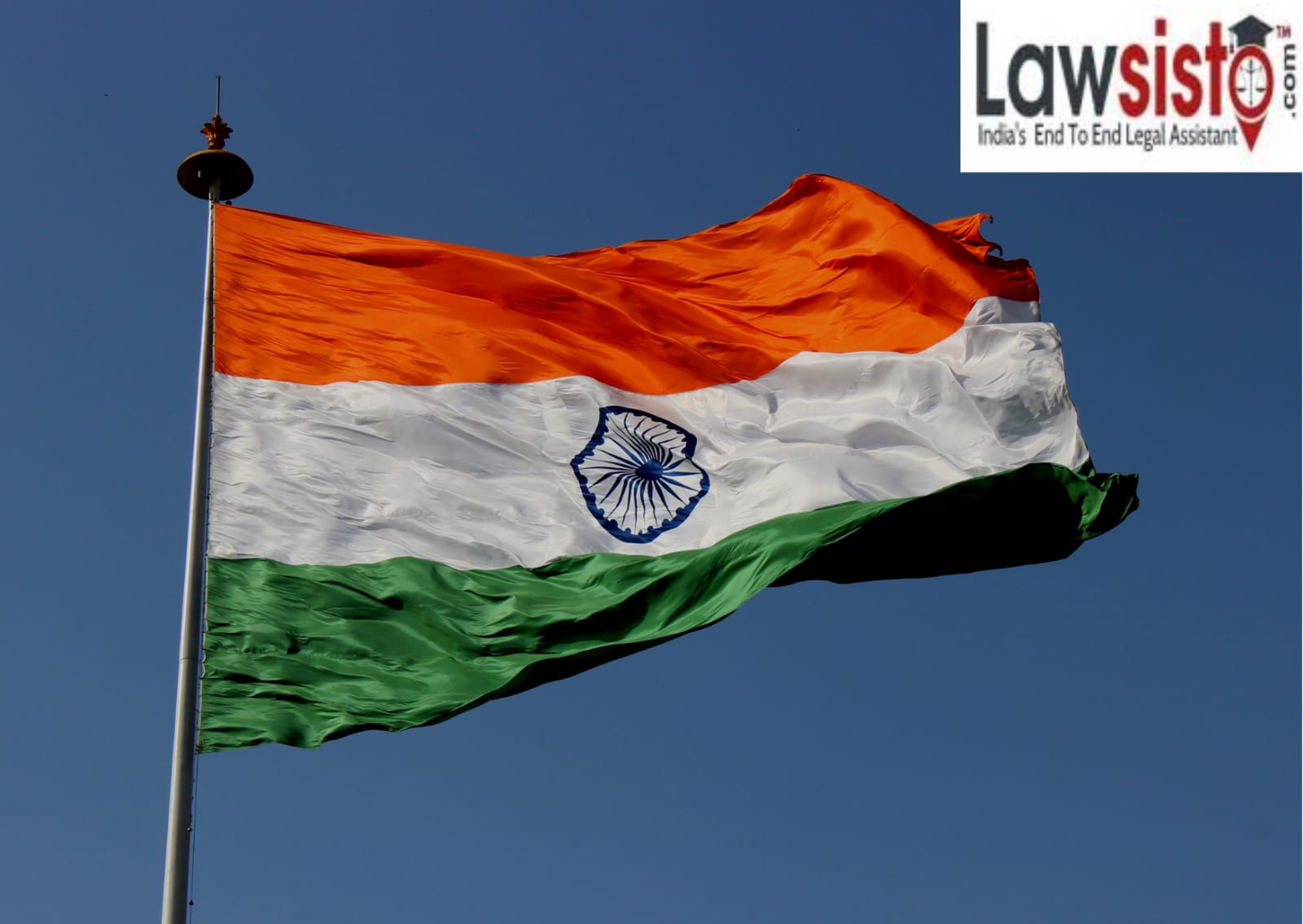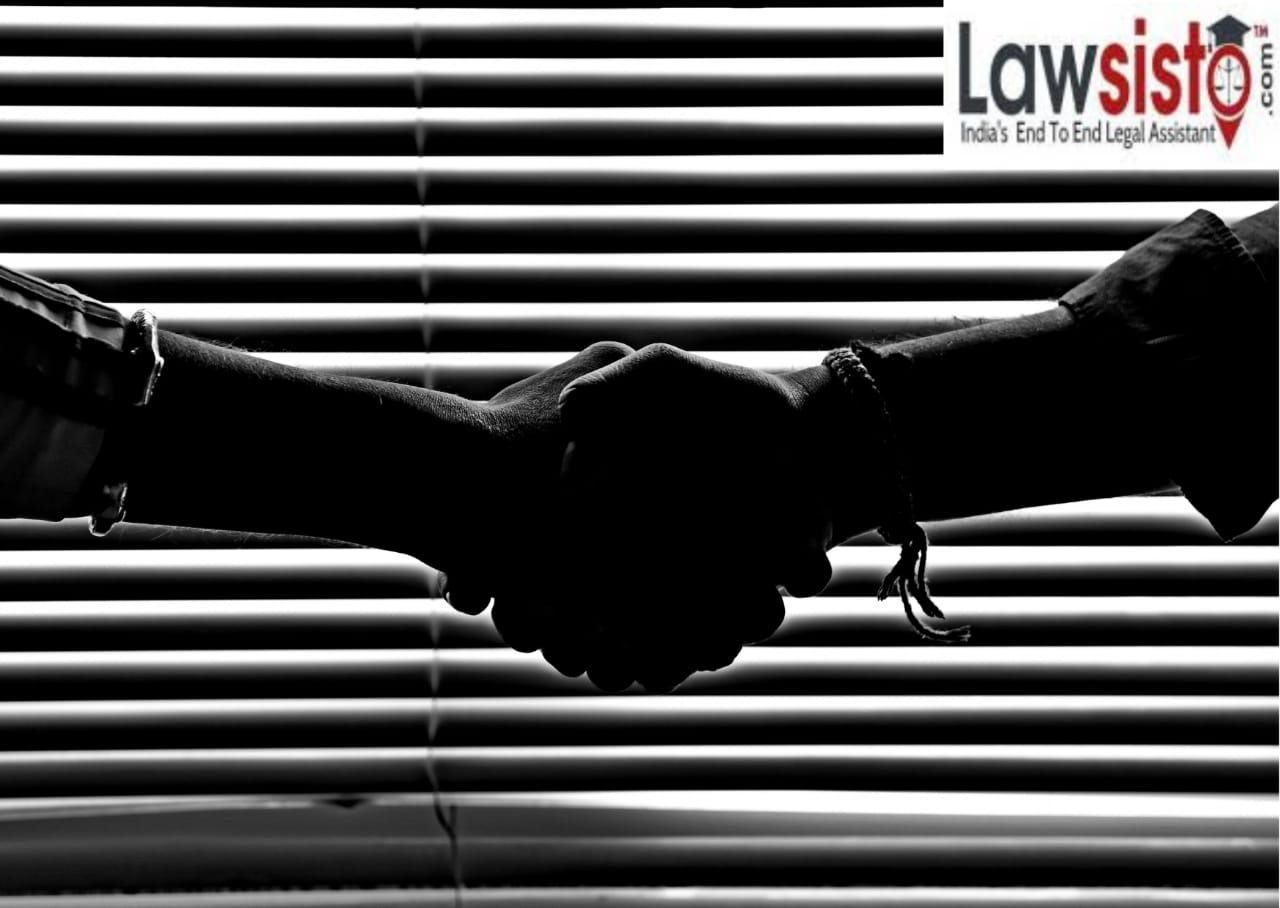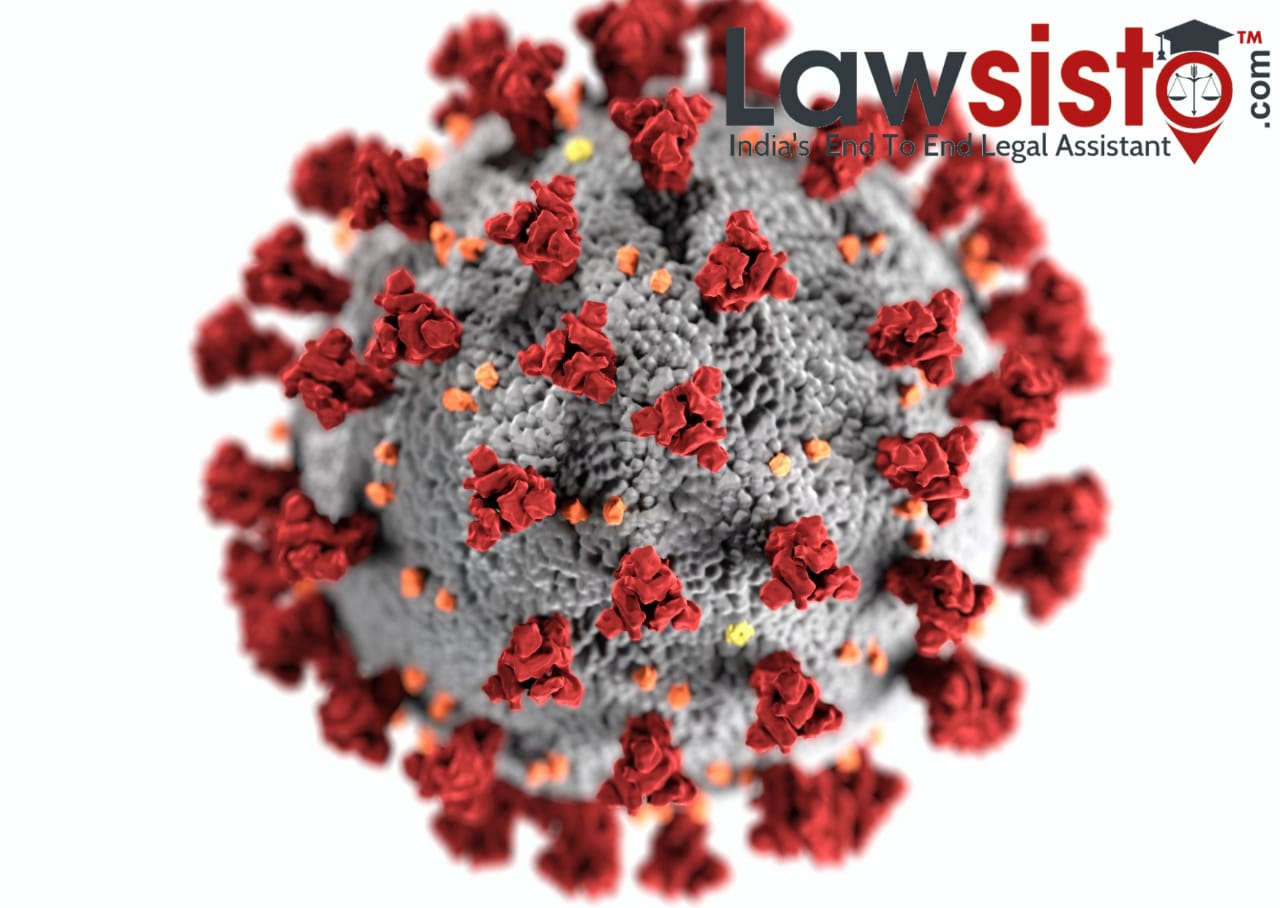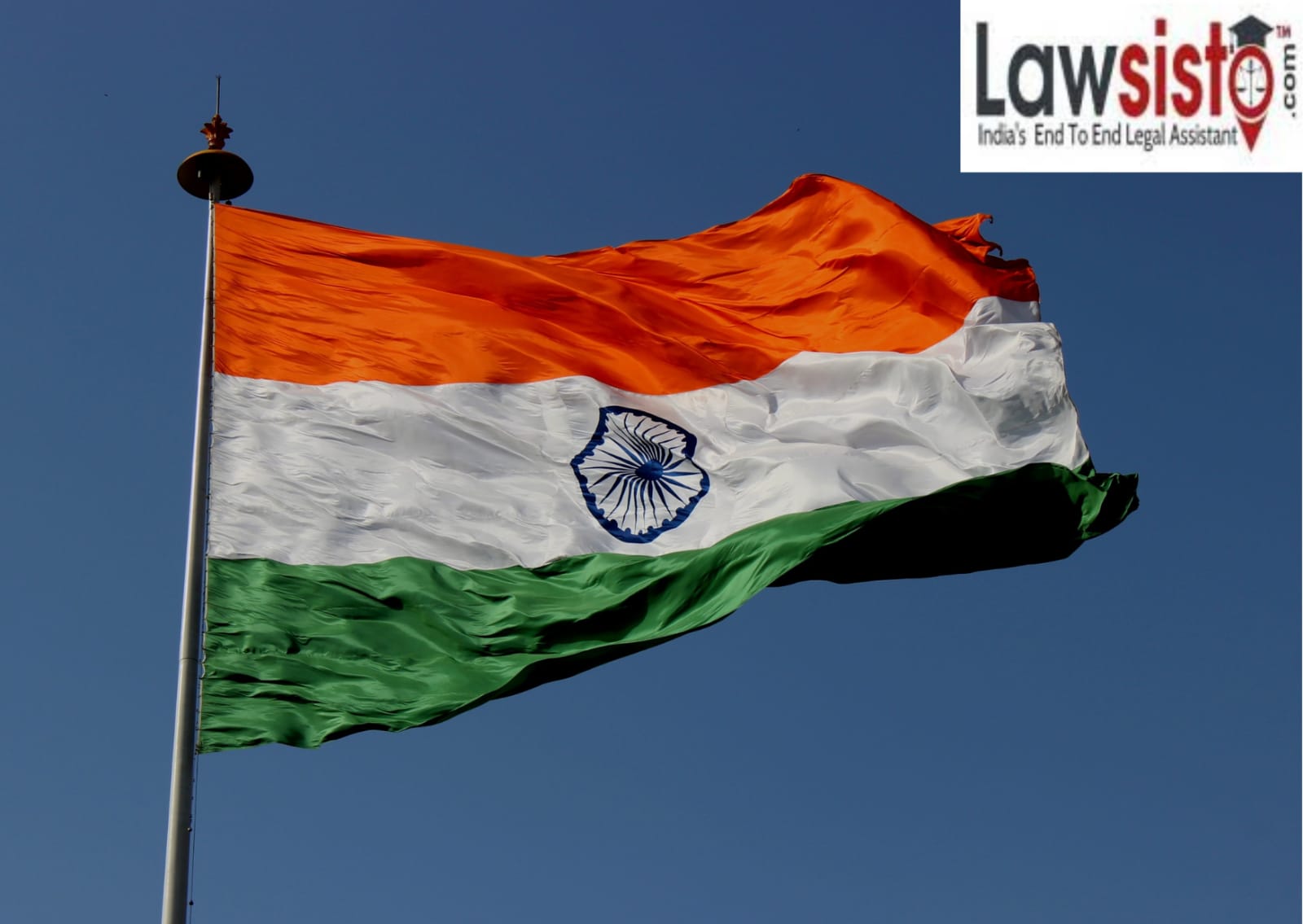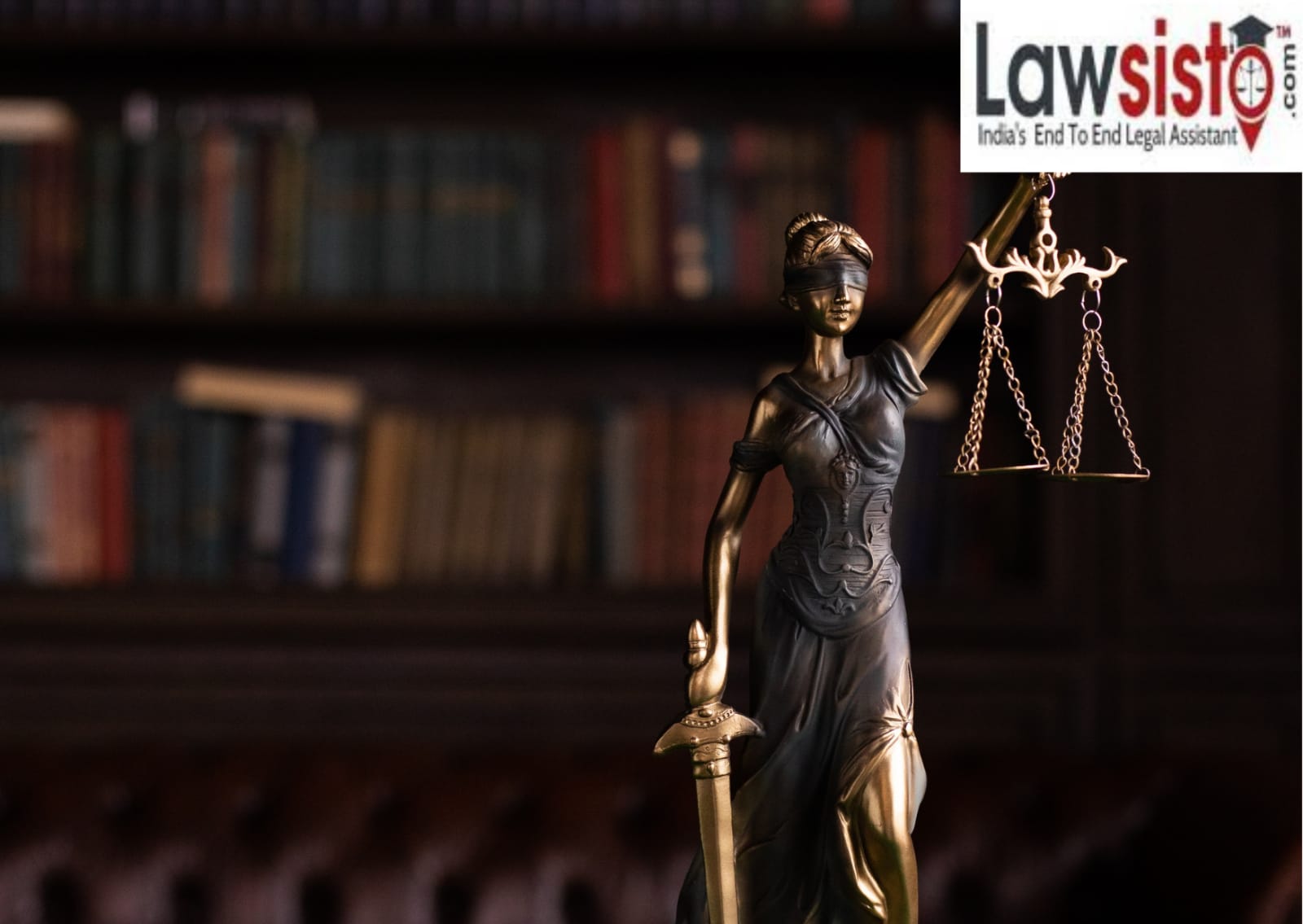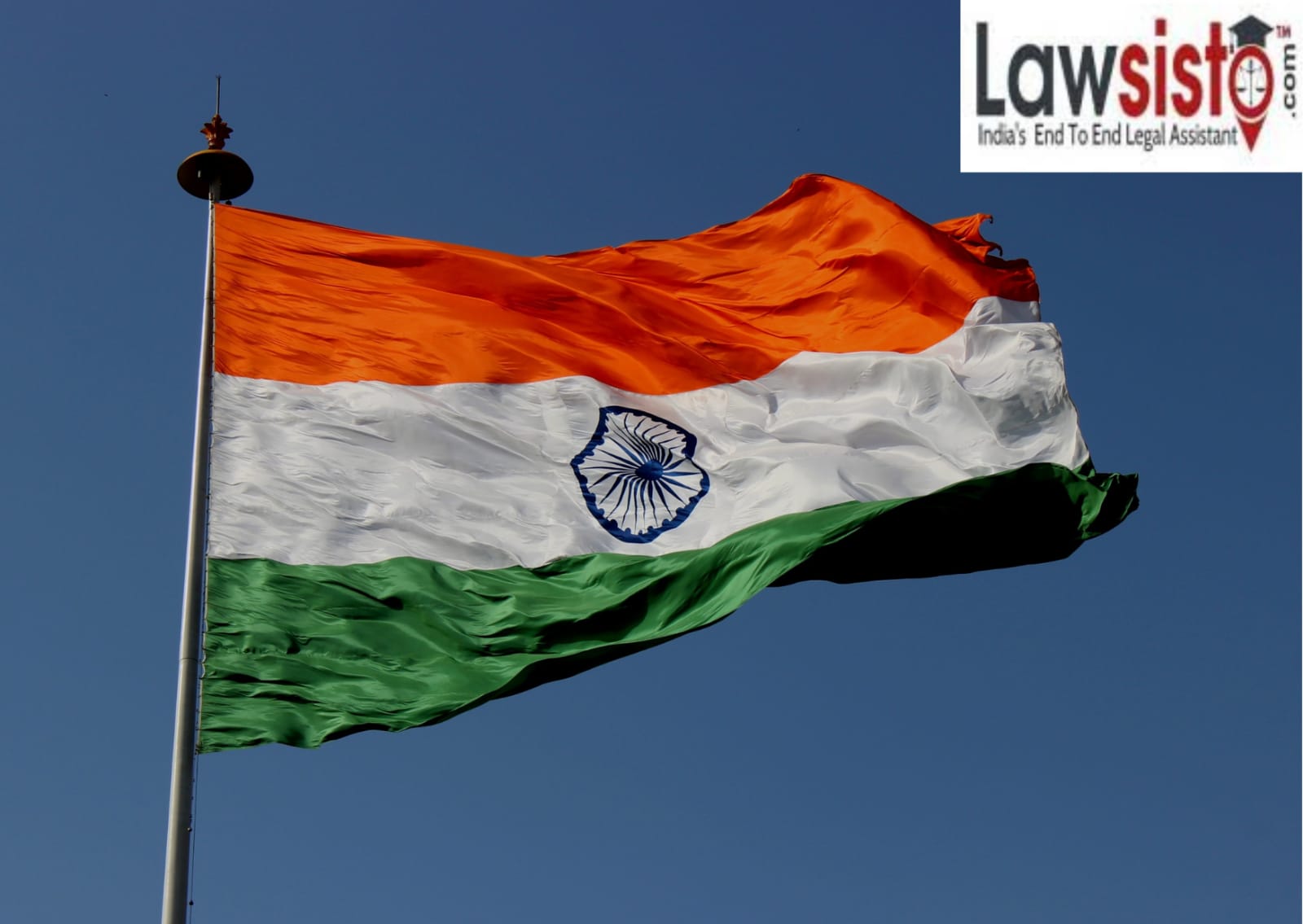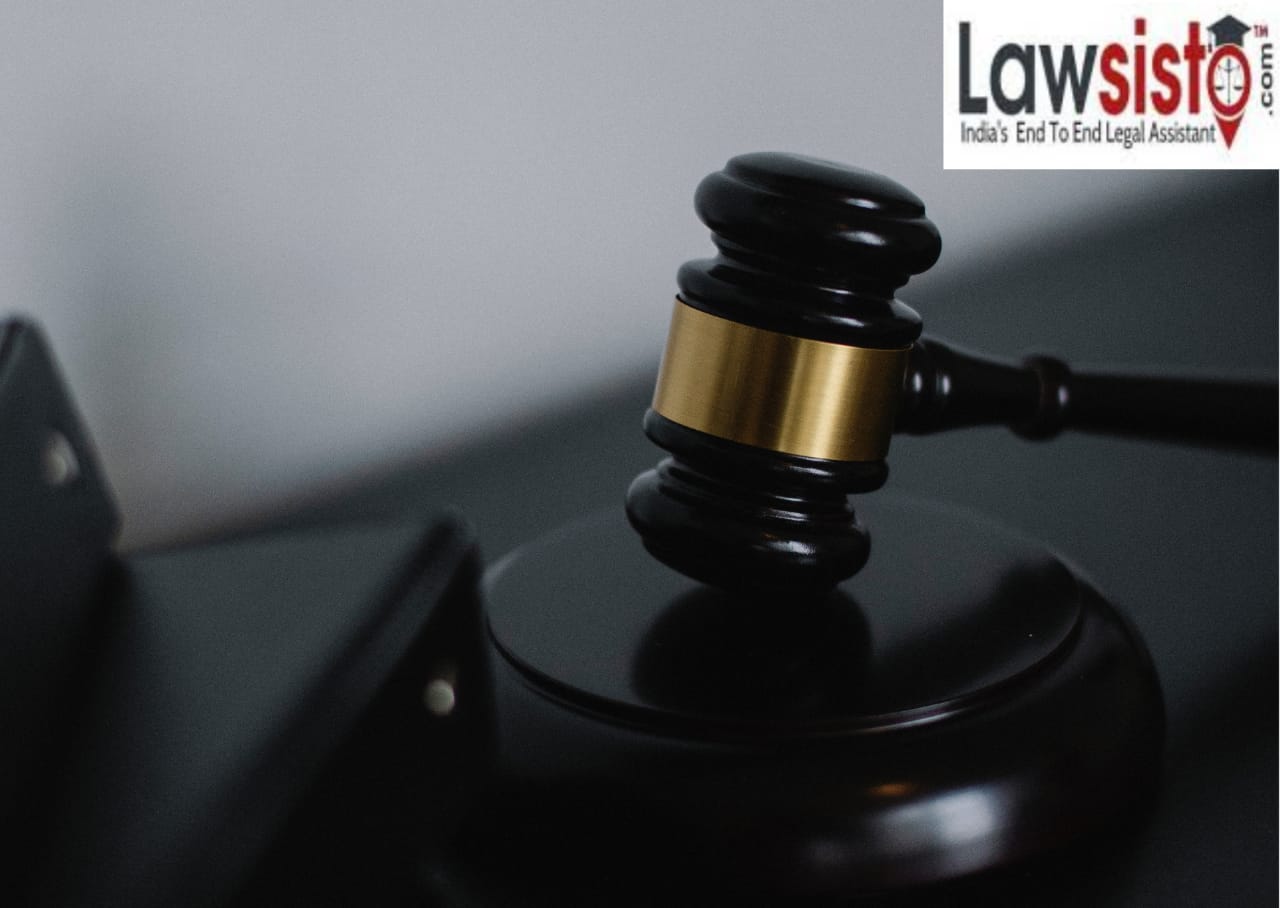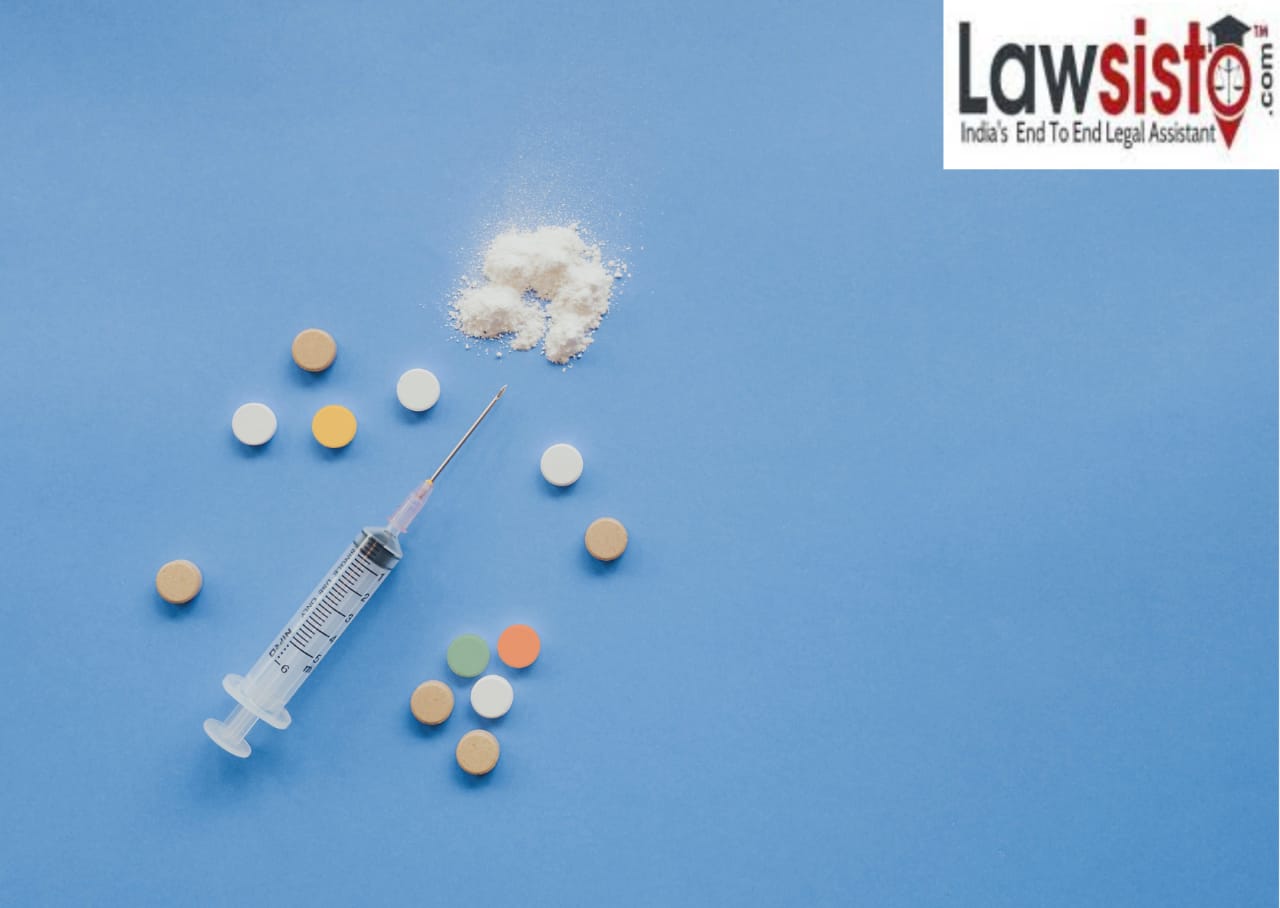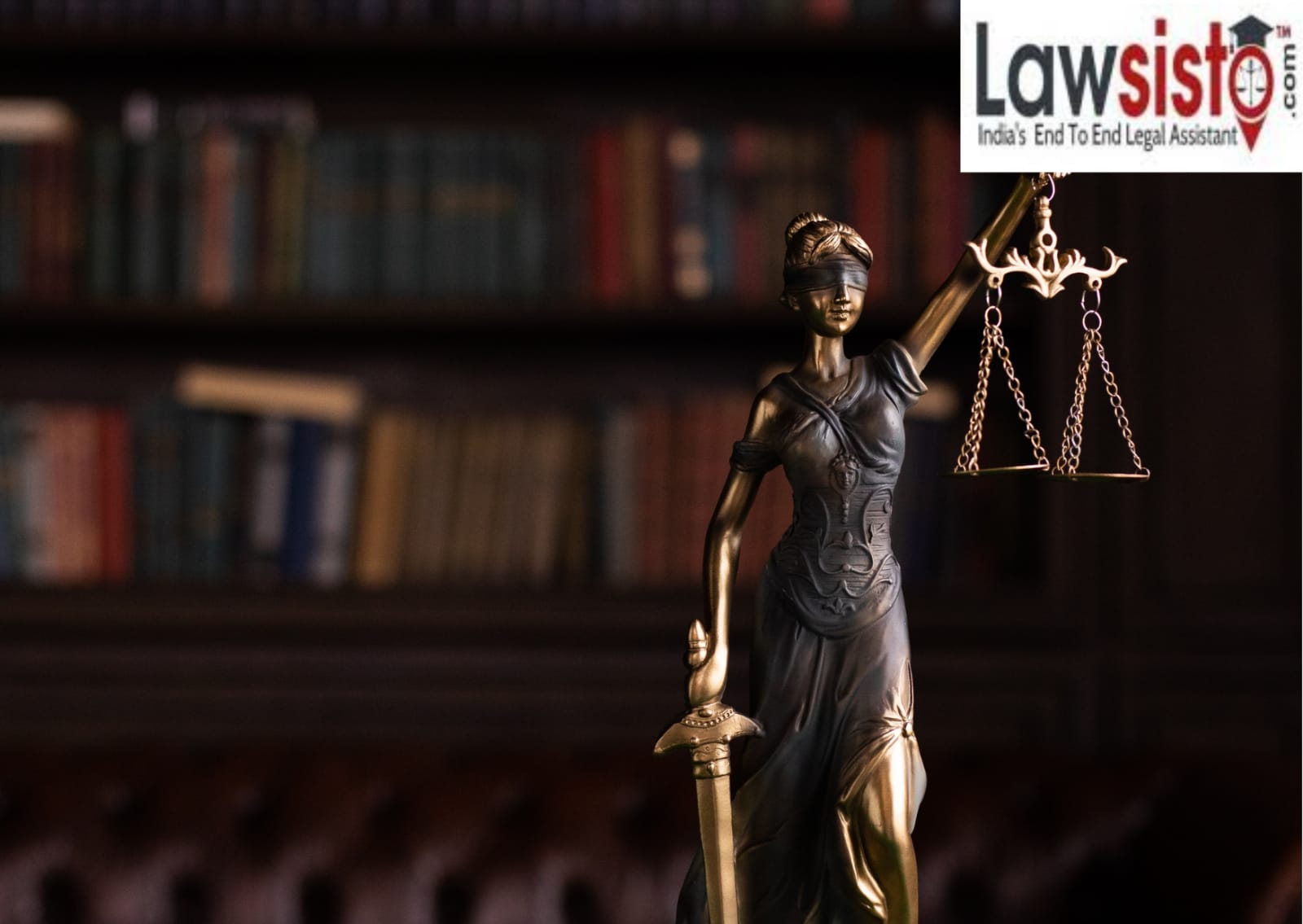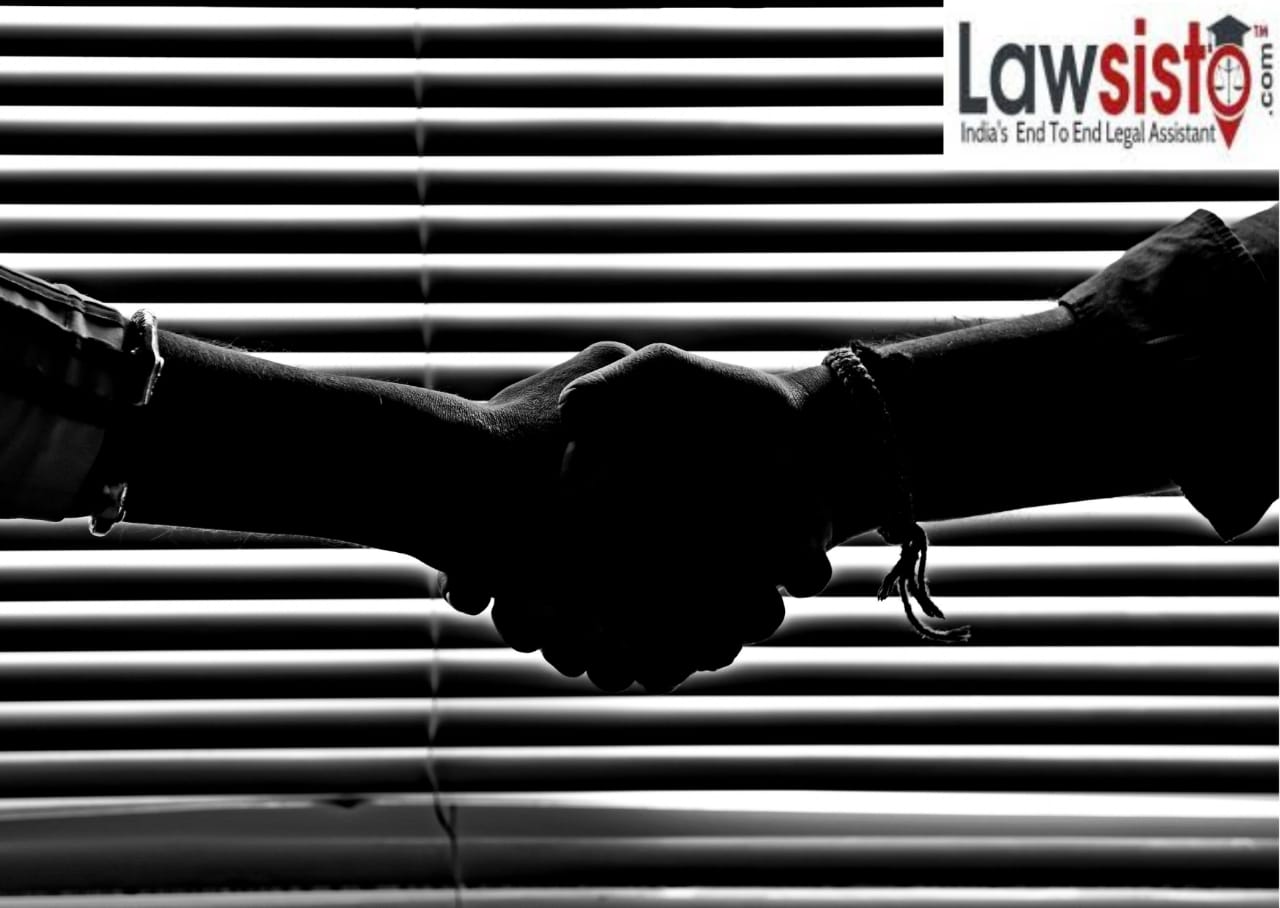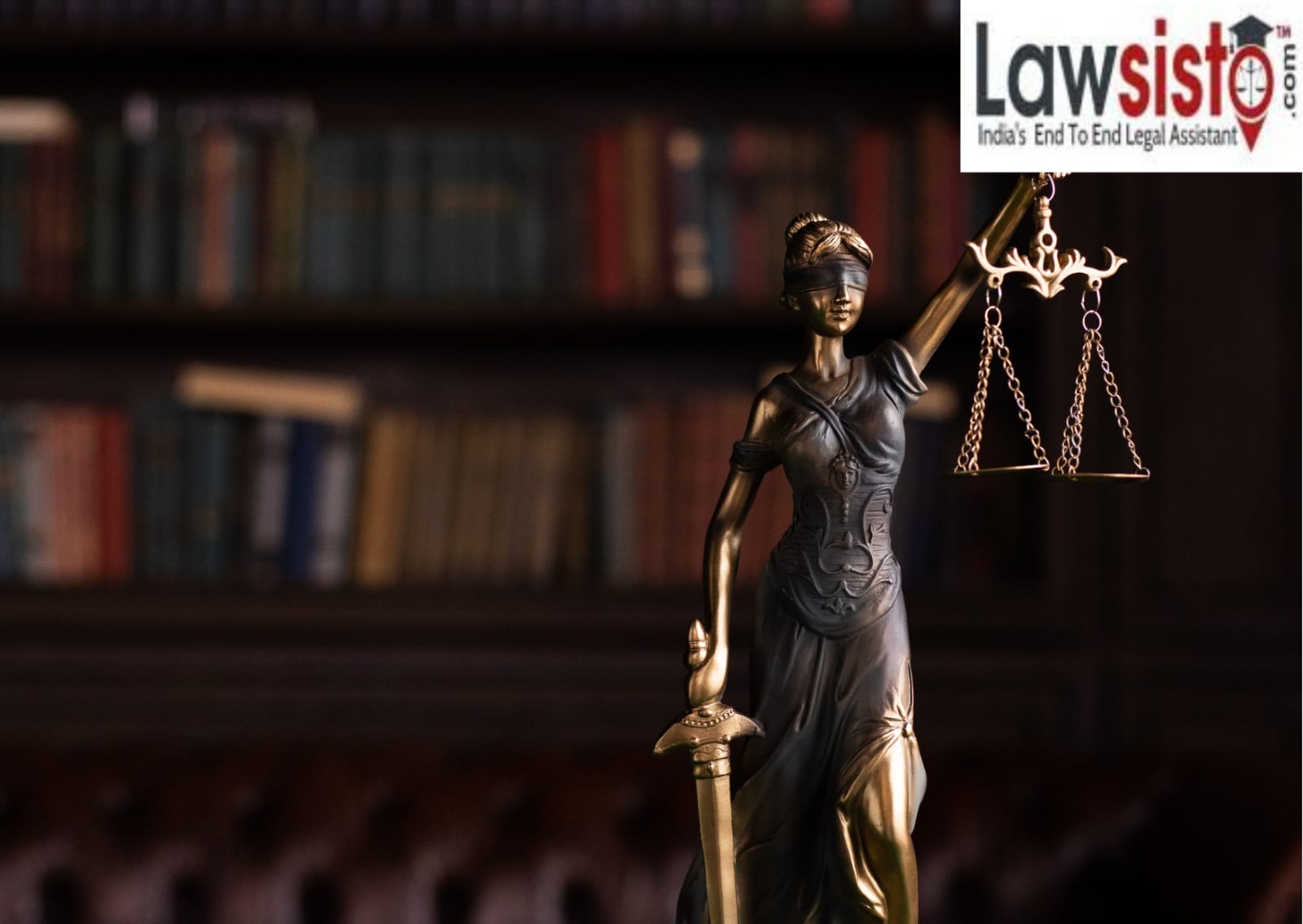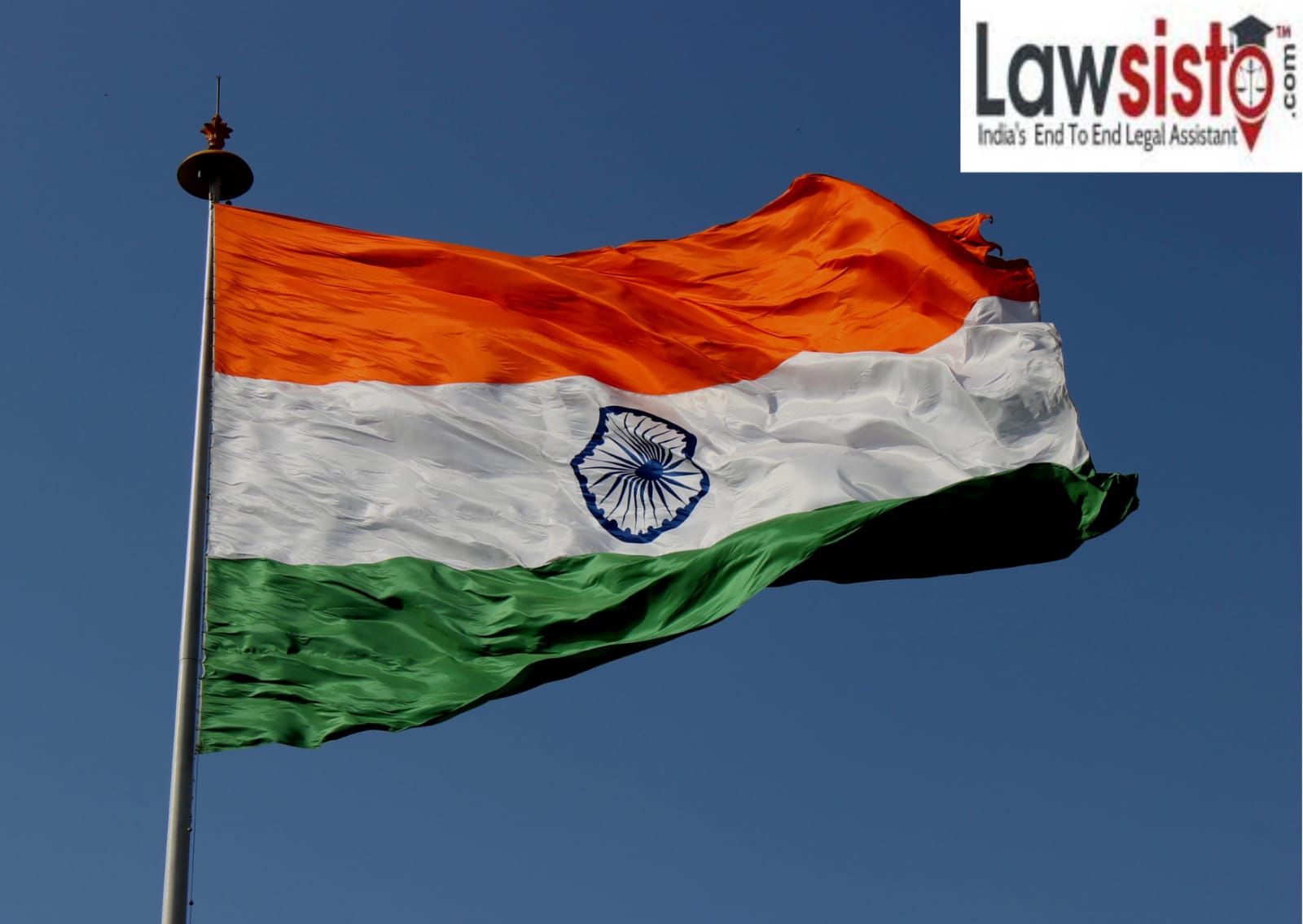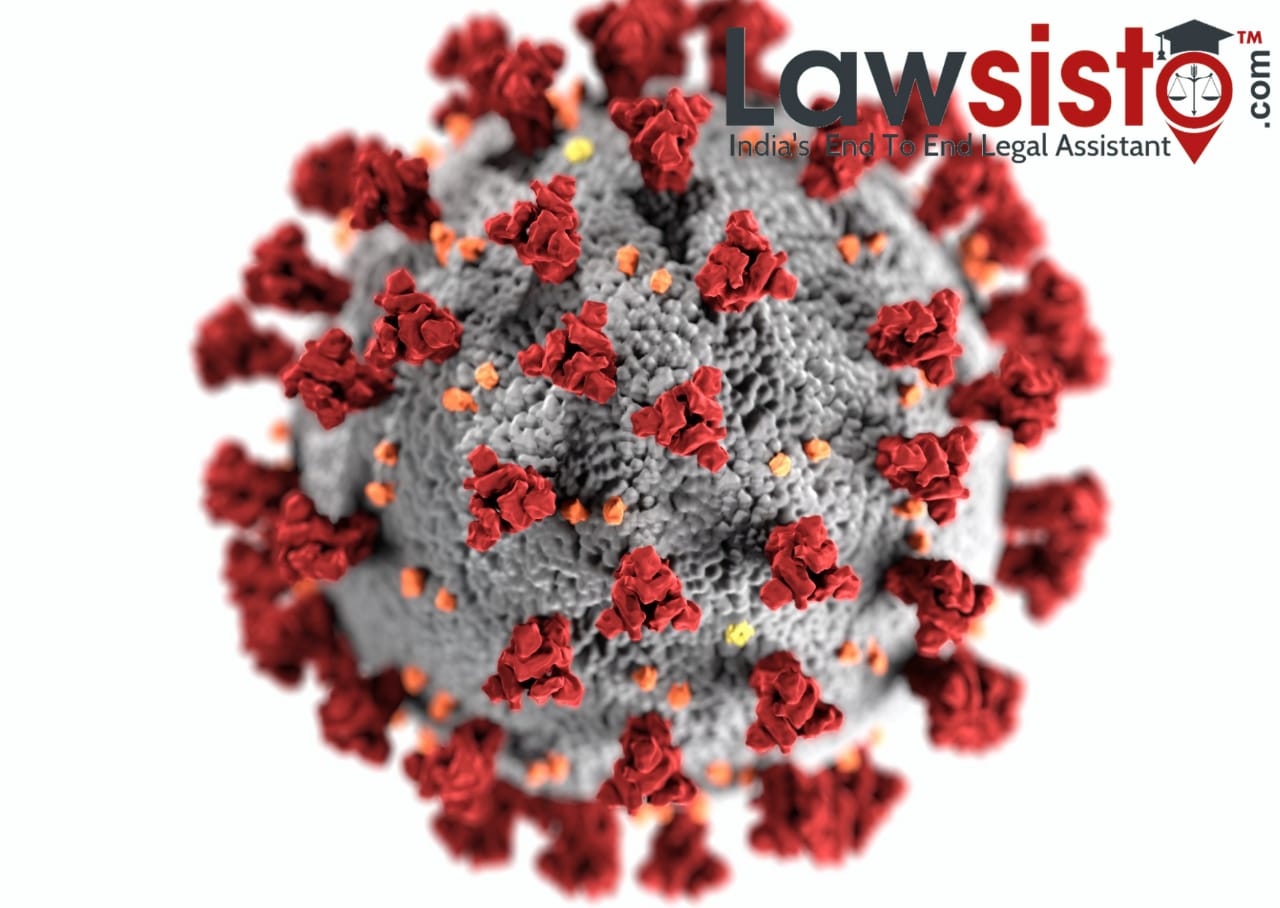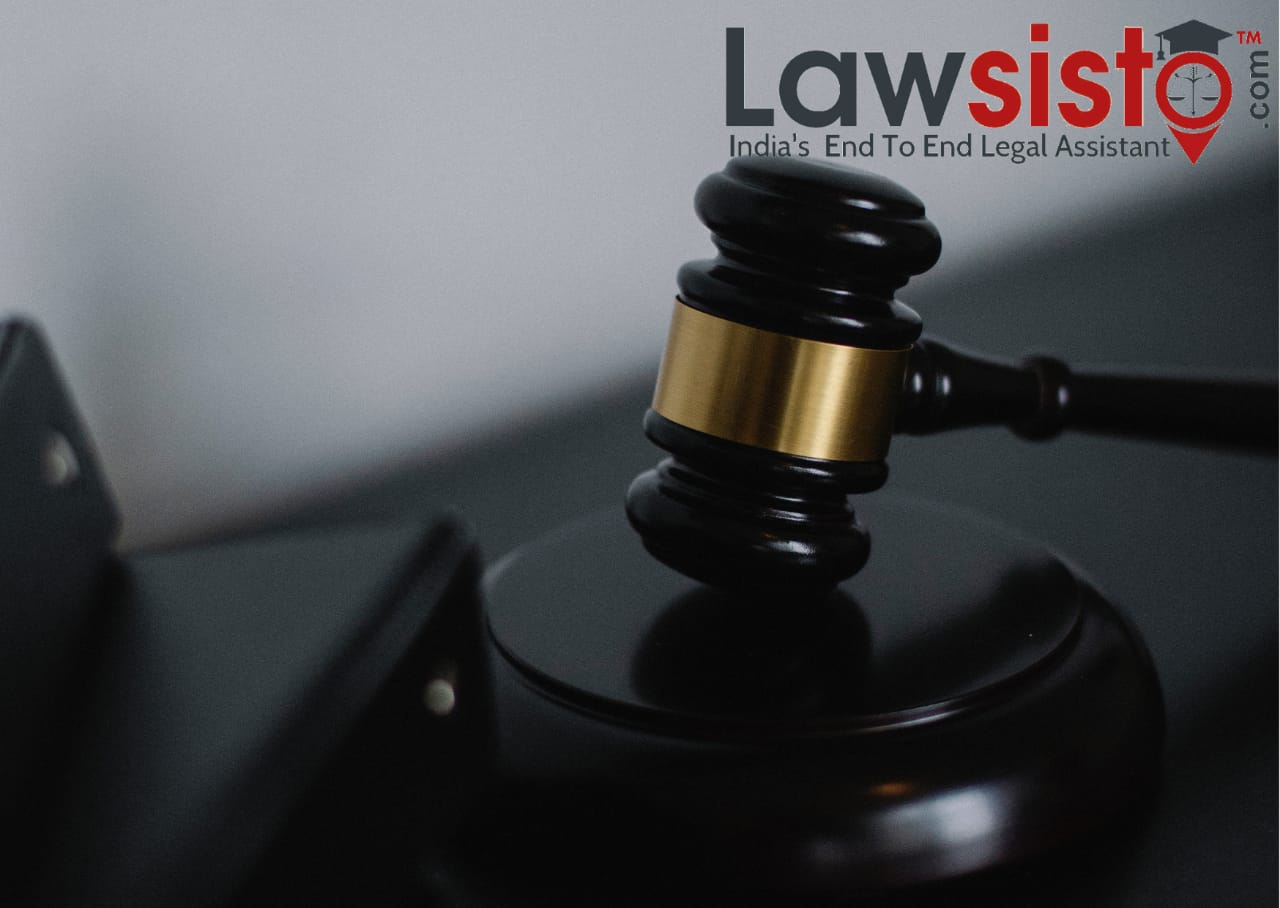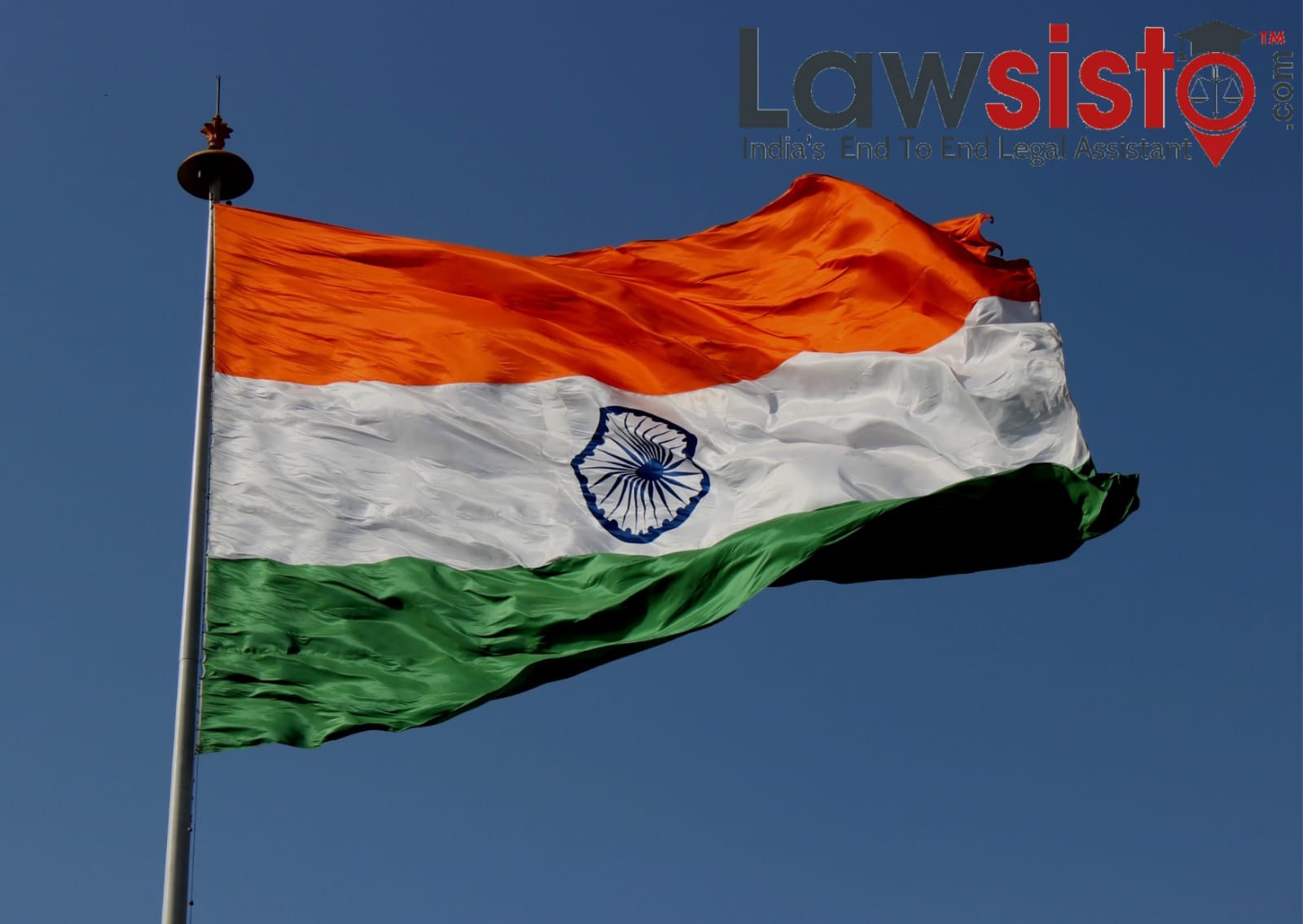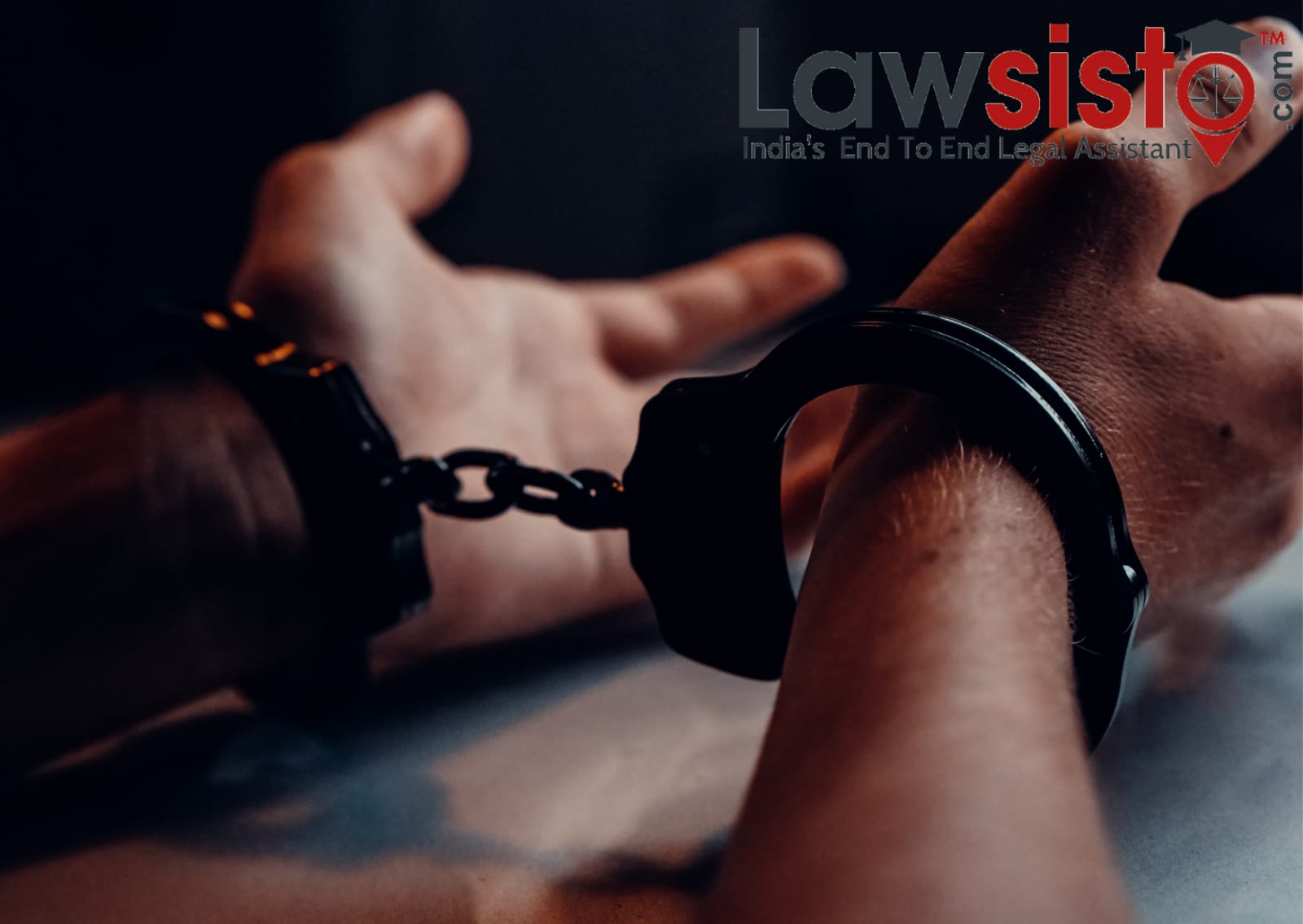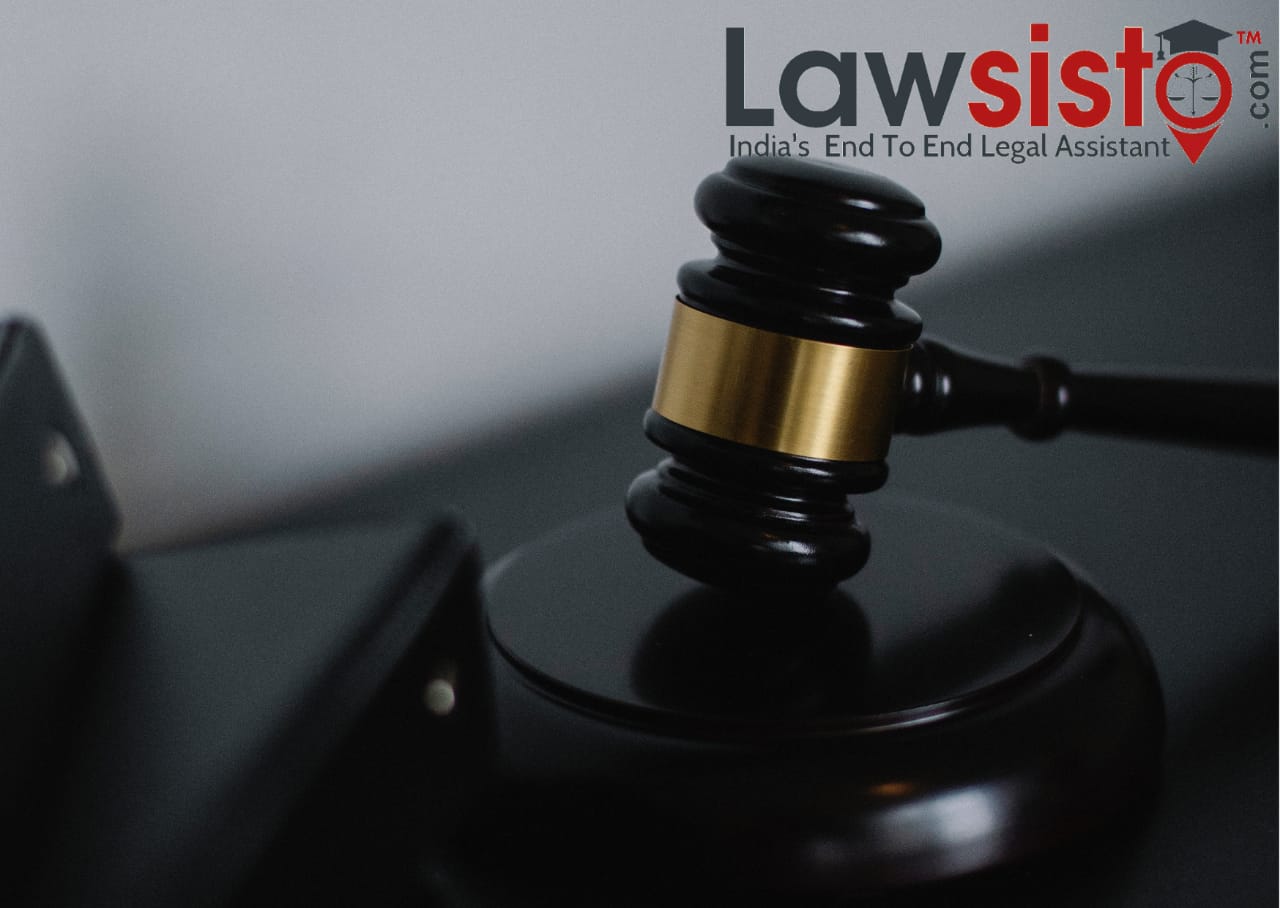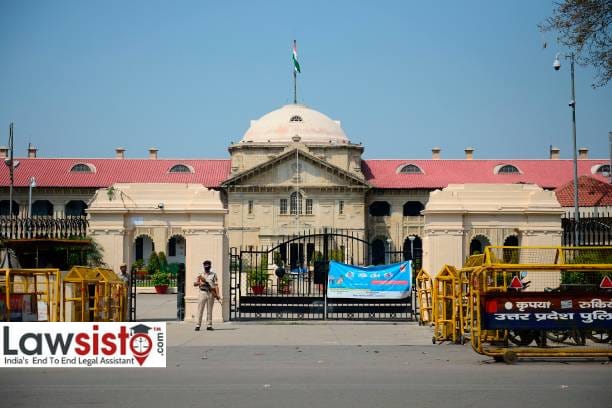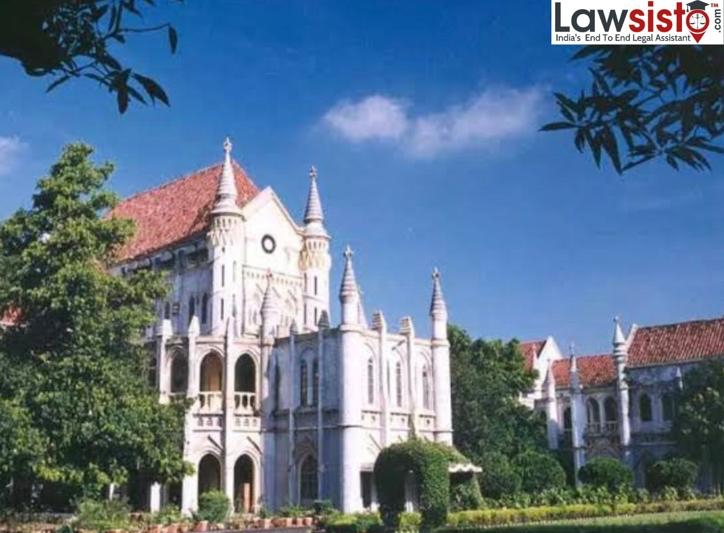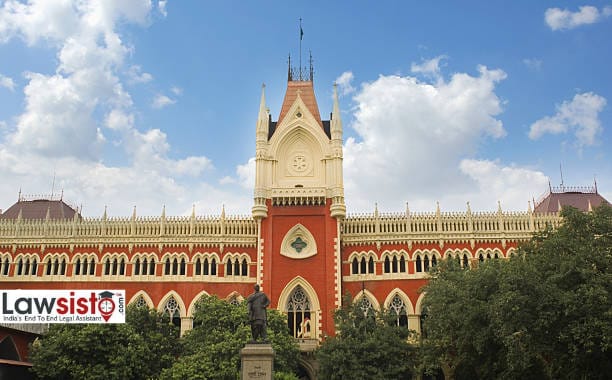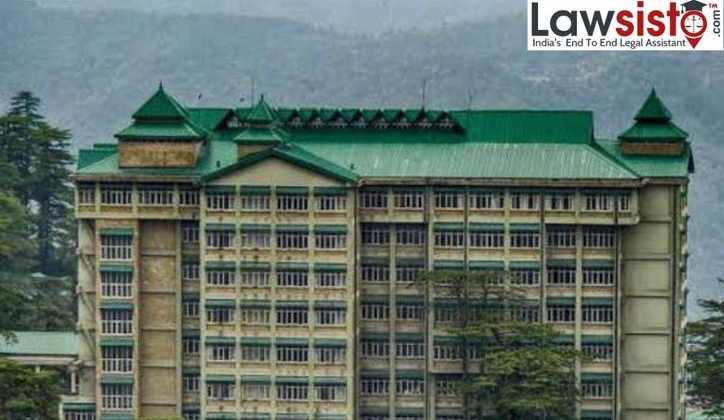Latest News
Judgement Analysis: Supreme Court Advocates on Record Association vs Union of India Writ Petition (Civil) no. 13 of 2015
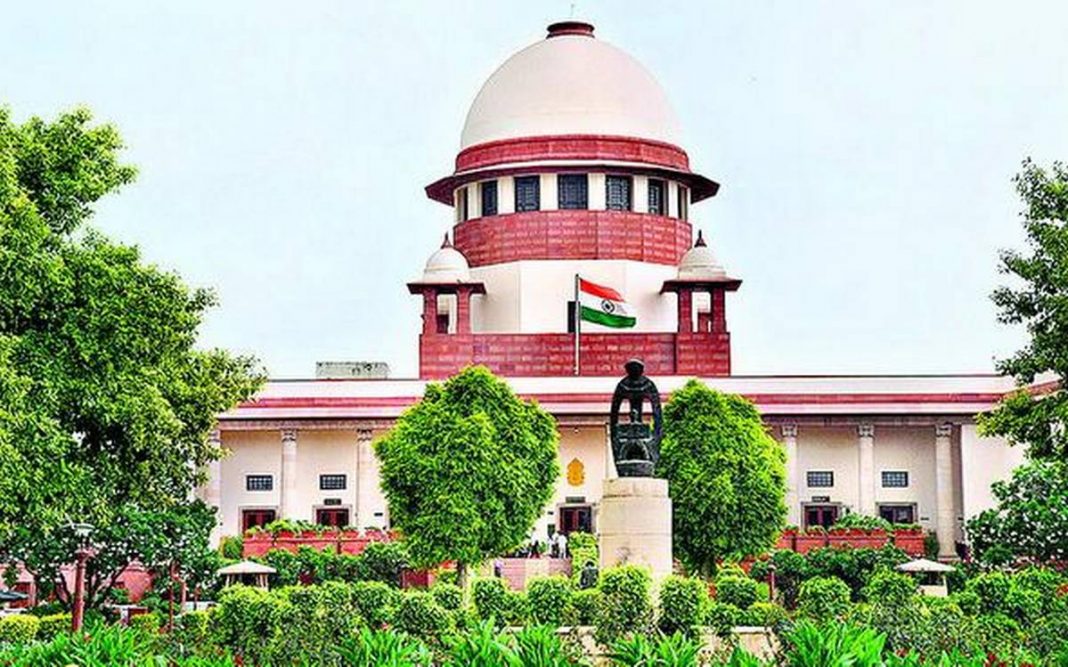
Bench: Justice Jagdish Singh Khehar, Justice Kurian Joseph, Justice Madan B. Lokur, Justice Adarsh Kumar Goel and Justice Chelameswar
Background: A collegium is the system of appointment and transfer of judges that has evolved through judgments of the Supreme Court in the “Three Judges Cases” and not by any statute or the Constitution of India. In the current system, the Supreme Court collegium is headed by the Chief Justice of India and 4 senior-most judges and the High Court collegium is led by its Chief Justice and 4 senior-most judges of that High court. The collegium then recommends the names which are then approved by the Collegium of Supreme Court and the CJI which then reached the Government which only have the power to do an inquiry by the Intelligence Bureau (IB) in cases of elevation of a lawyer as a judge. Government has power to just raise objection one time but if the name is again sent by Collegium then the government has to approve it.
Analysis: After the long-drawn tussle between the legislature and the judiciary to gain control over the process of appointment of judges in the higher judiciary, the Supreme Court in the previous order in the current petition filed by the Supreme Court Advocates-on-Record Association and Senior Advocates, struck down the National Judicial Appointments Commission, 99th Constitutional Amendment and held it to be violative of the principle of judicial independence as enshrined in the basic structure of the constitution and took control over the appointments process.
This came after the long-sought dispute arising in the case of S.P. Gupta v. Union of India AIR 1982 SC 149 also known as the First Judges Case where the court in a 3-judge bench upheld the superiority of executive over the appointment of judges who had the power to disapprove the CJI’s recommendations.
Then in the Subhash Sharma v. Union of India (1991 Supp (1) SCC 574 the bench taking concern over the complexity of the matter and need for a binding and authoritative judgement referred the matter to a higher bench. The bench in Supreme Court Advocates on Record Association v. Union of India AIR 1994 SC 268 considered the question of judicial independence and considering it gave CJI power of appointment of judges with the consultations with 2 senior-most judges of the court.
However, the judgement had very vague and disputed conclusions, therefore, led the then President K.R. Narayanan to seek a reference Special Reference No.1 of 1998 AIR 1999 SC 1 where the SC clarified that the judiciary will have primary powers of appointment which would then pass as per the provisions of appointment. But in the year 2013 government came up with 99th amendment and in furtherance later brought the NJAC act for the implementation of the law commission report which recommended the establishment of 5-member committee with a majority of members as senior-most judges who would do the appointment of the judges. But the act modified it and introduced the 6-member committee with half-half representation of judiciary and executive by citing equity.
The court therefore in the previous order of the current case struck down the amendment and NJAC act as being violative of the principle of separation of powers and independence of the judiciary. The bench came up with the collegium system where CJI in collusion with 4 senior-most members would recommend names and no other can be selected for admission to the judiciary than the ones in the recommended list. But the system was a newly adopted system and therefore required a lot of scrutiny and surveys, therefore, it called for the suggestions to be placed for the collegium system to be more efficient and transparent.
Judgement: The bench of the Supreme Court took into consideration the need to place the most efficient, transparent and structured and therefore invited the attorney general, Solicitor General, Additional Solicitor Generals, legal experts and all the counsel to submit their respective opinions and suggestions on the collegium system. After analysing all the suggestions, the court came up with the following:
- The decision of the CJI should be based on the unanimous decision with all the members of the collegium.
- There must be a memorandum of Procedure for the appointment of judges which will be decided by the Government of India in consultation with the Chief Justice of India.
- The memorandum of Procedure must contain the following:
- There must be a limitation of age over the appointment at both the High Court and Supreme Court.
- The whole eligibility criteria must be published on the website of the Court concerned and on the website of the Department of Justice of the Government of India
- All the discussions done by the collegium must be recorded and the details of the dissenting opinions must be maintained with confidentiality as well as upholding the requirement of transparency.
- A secretariat must be established for the purpose of management of the functionaries of collegium with a different set of rules and responsibilities.
- Establishment of a procedure in case there is any complaint against the one who is under consideration of being appointed by the collegium
In the end, the court upheld the Second Judges Case and the Third Judges case and ordered for the implementation of the above-stated rules in accordance with the principles in the above two judgements.
Document:

